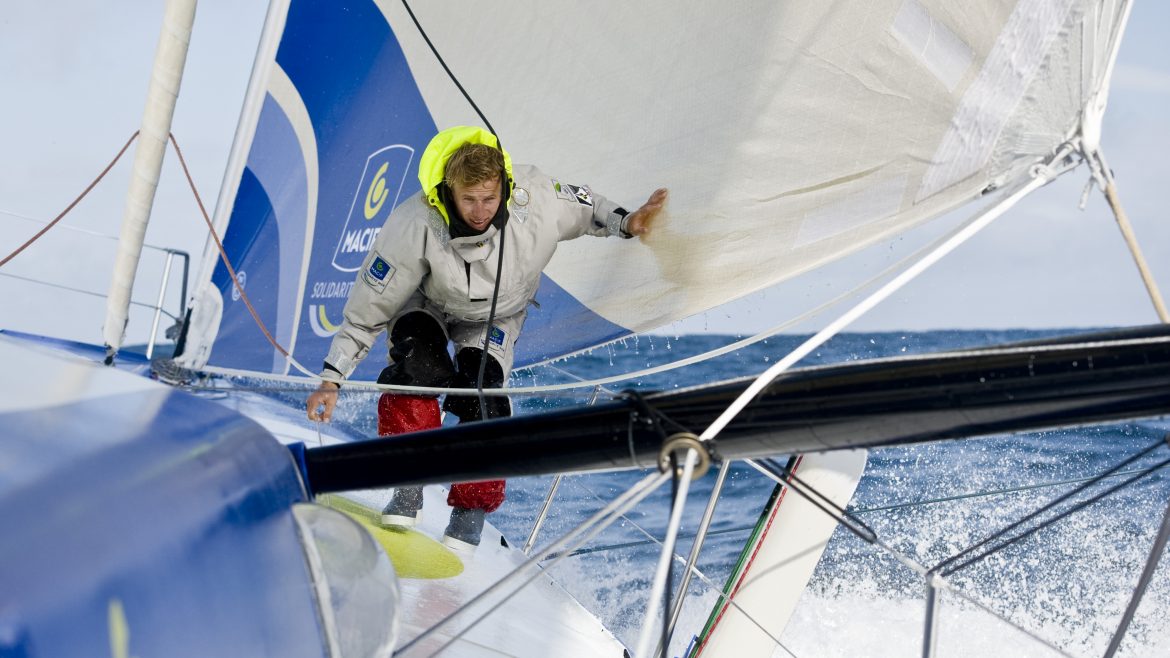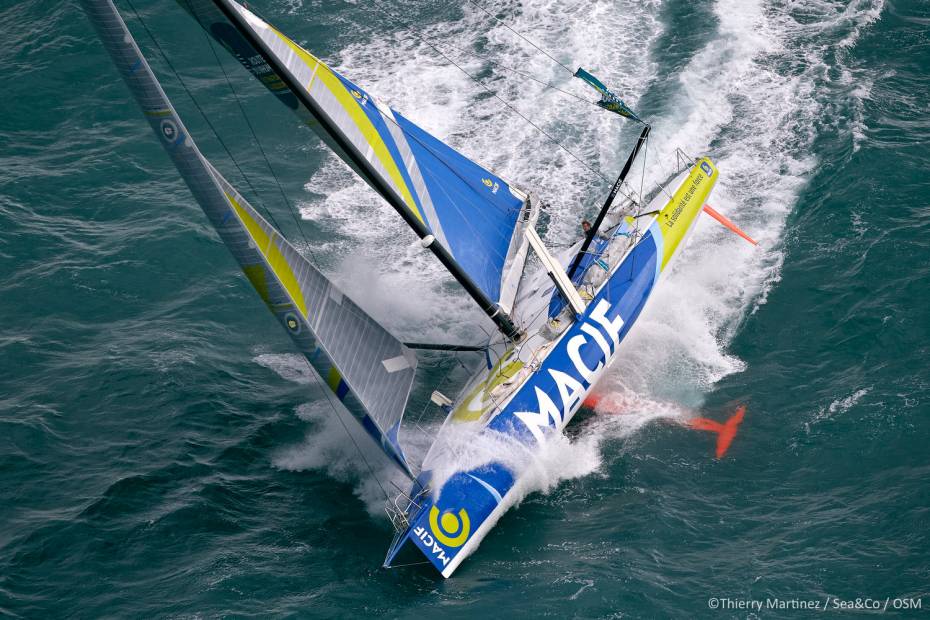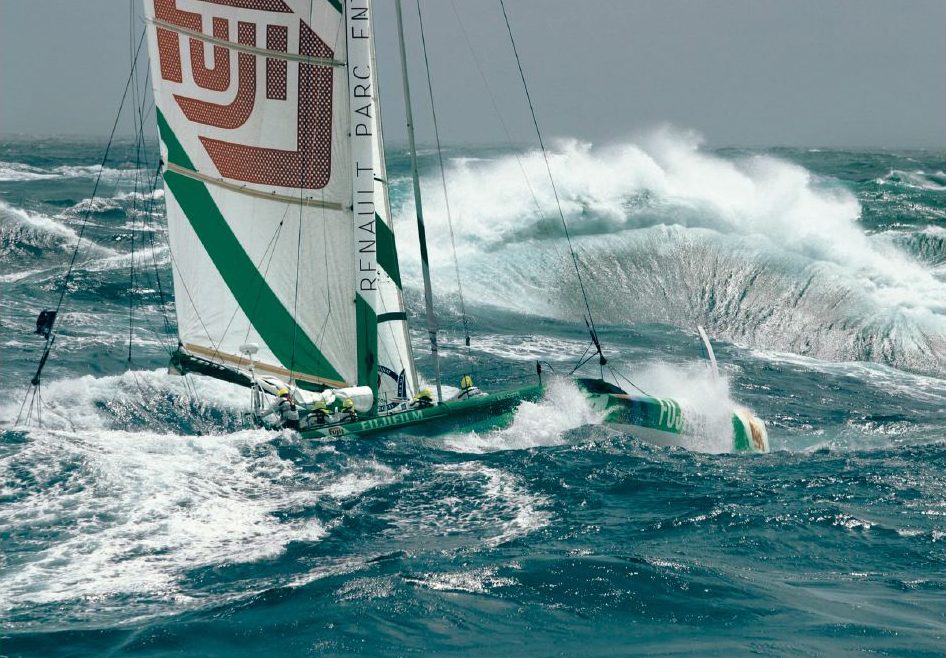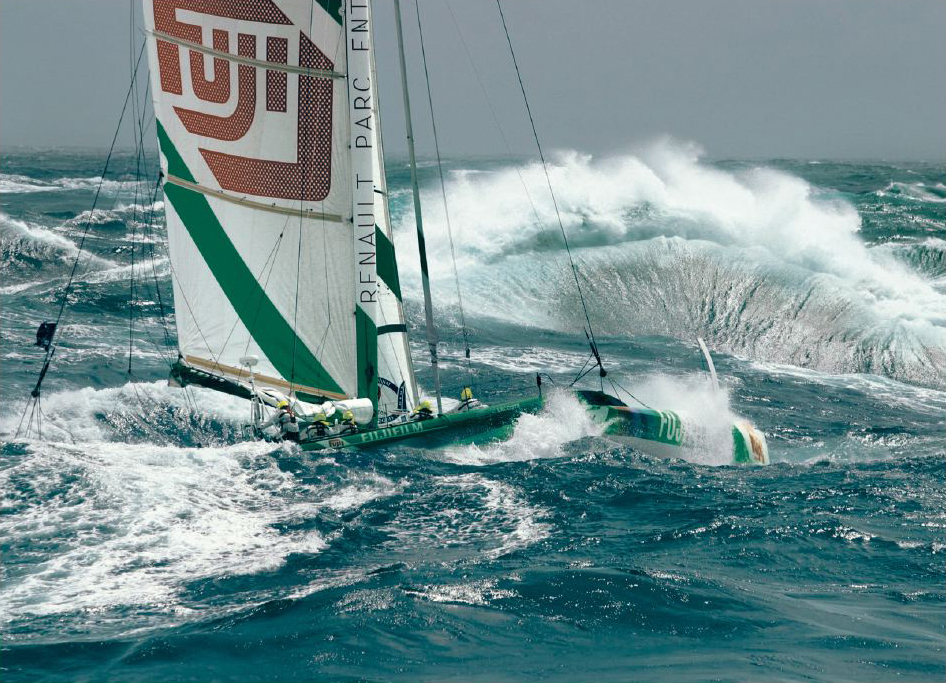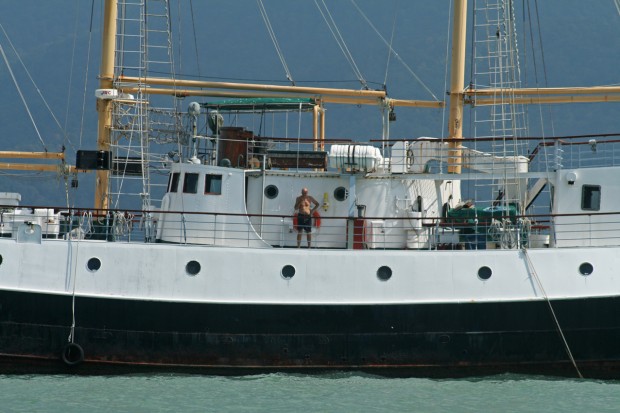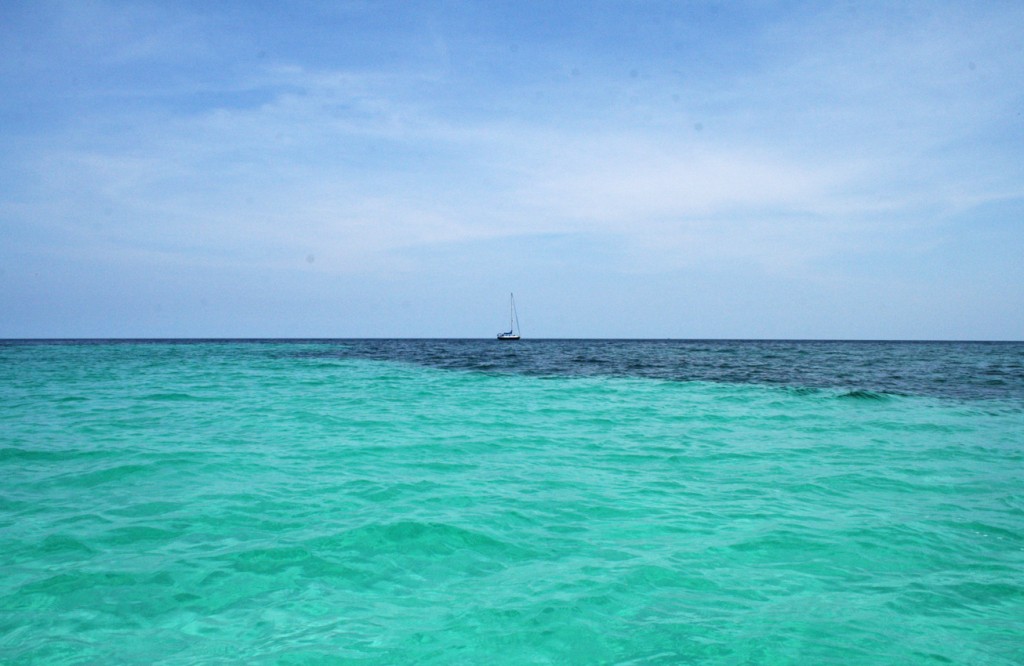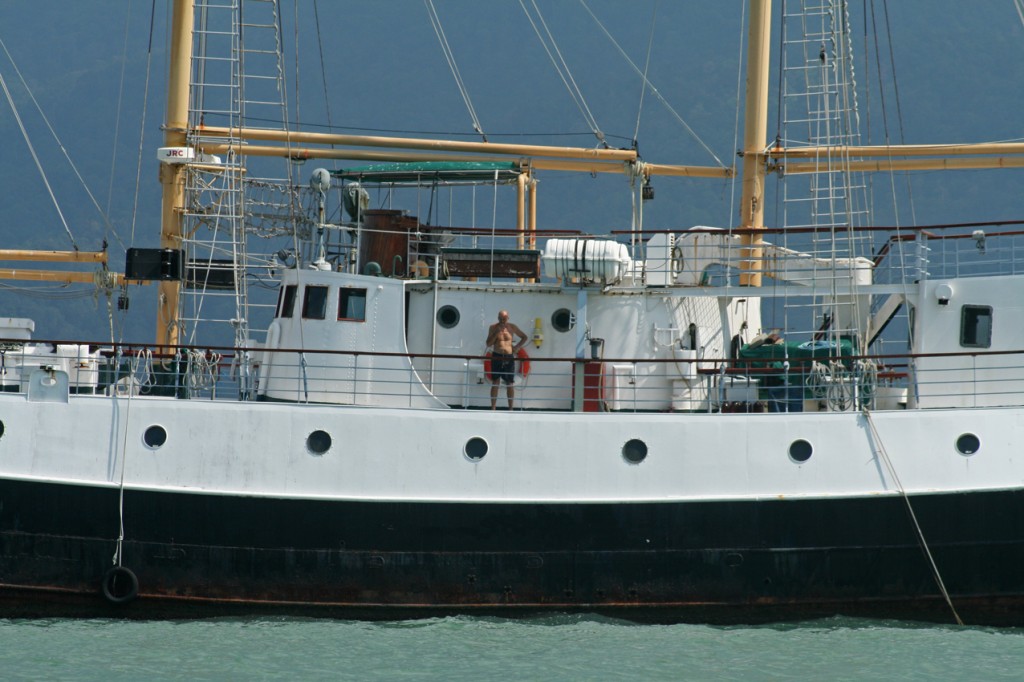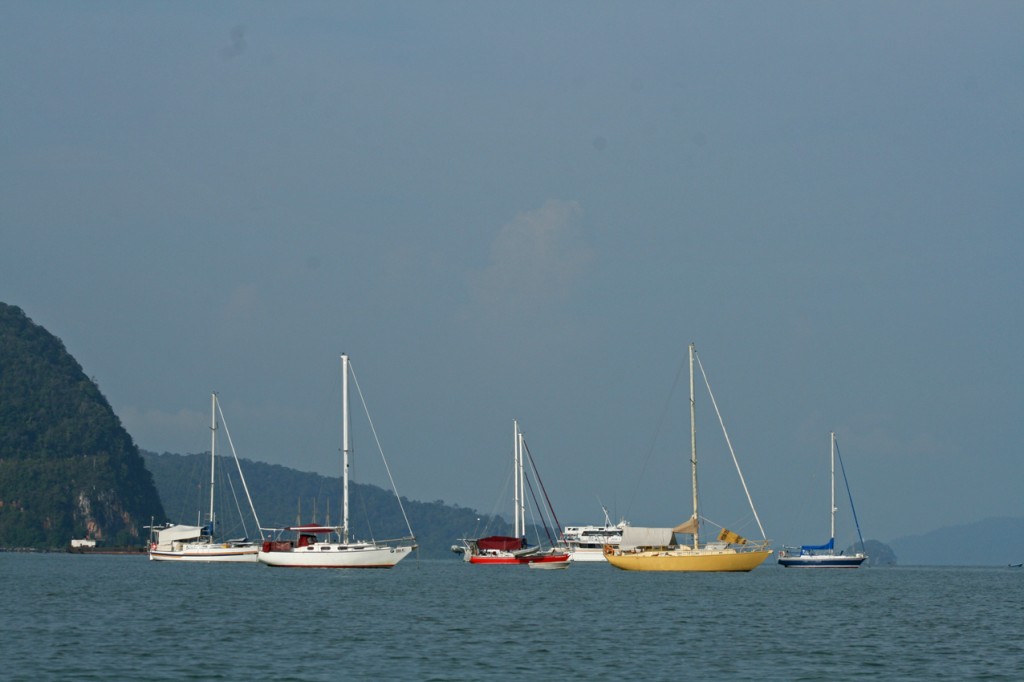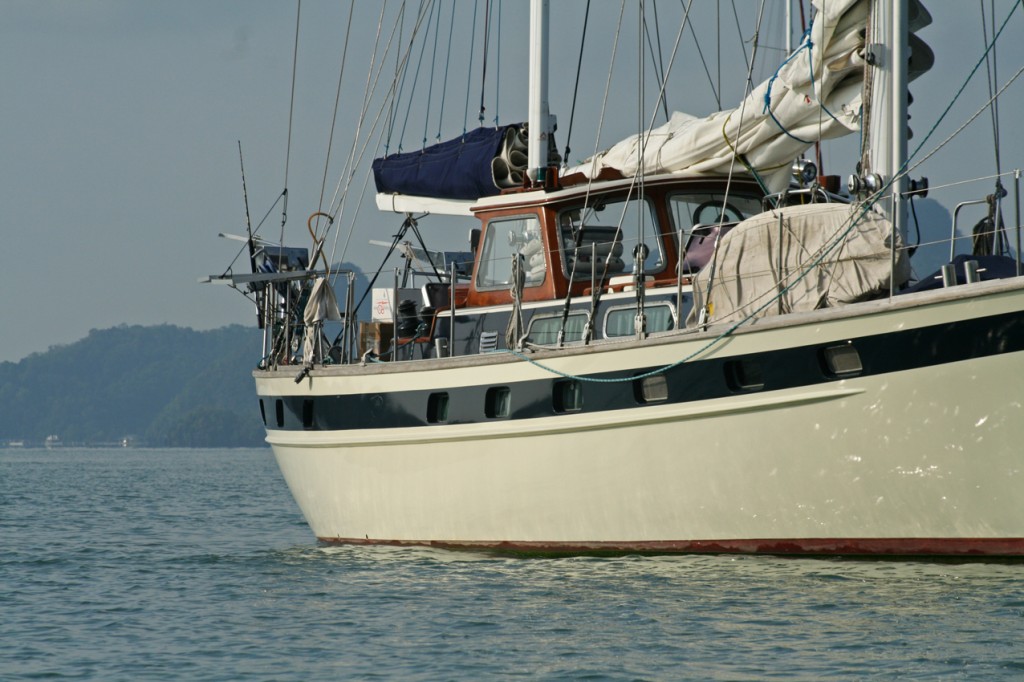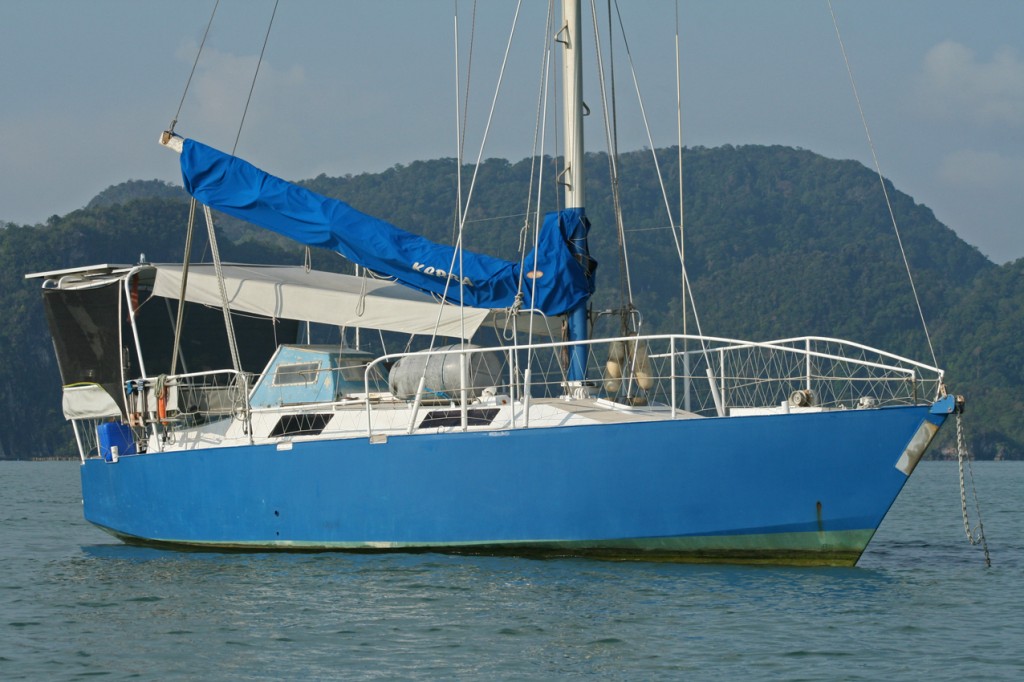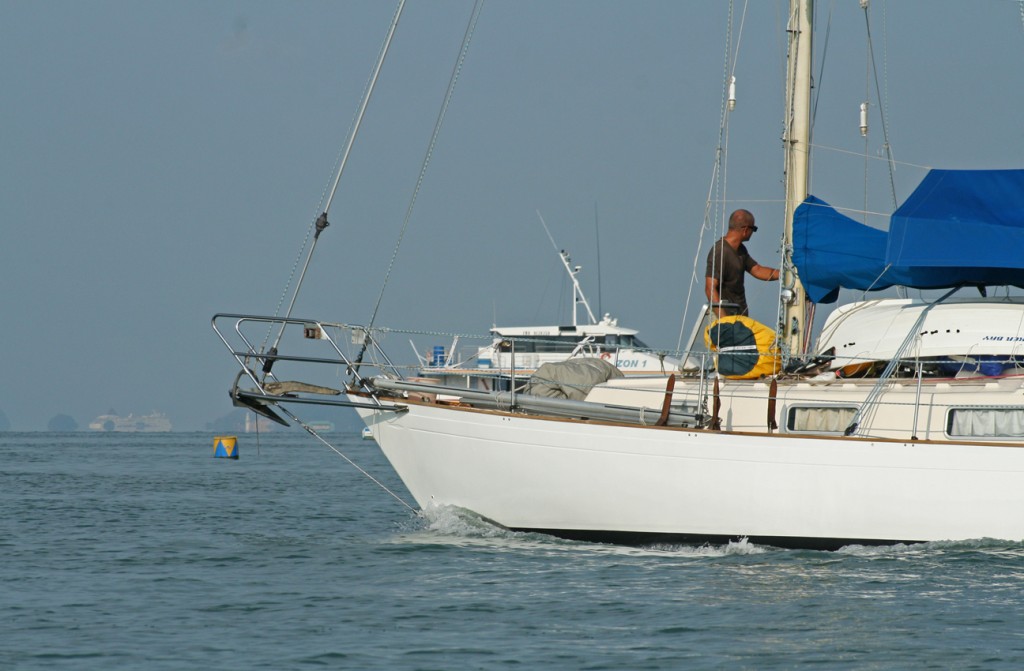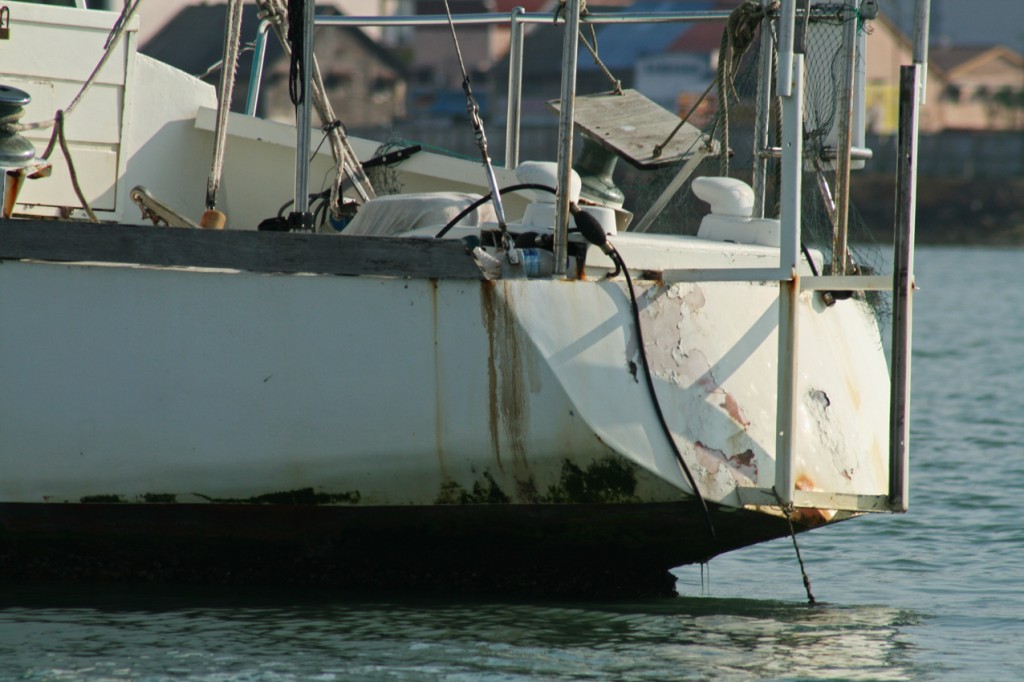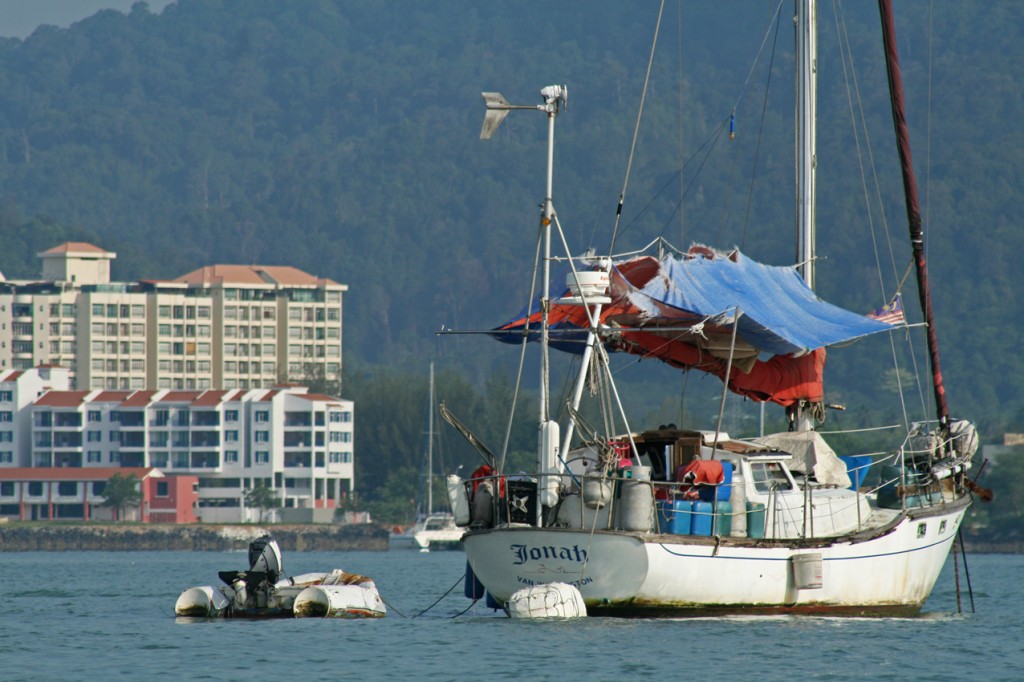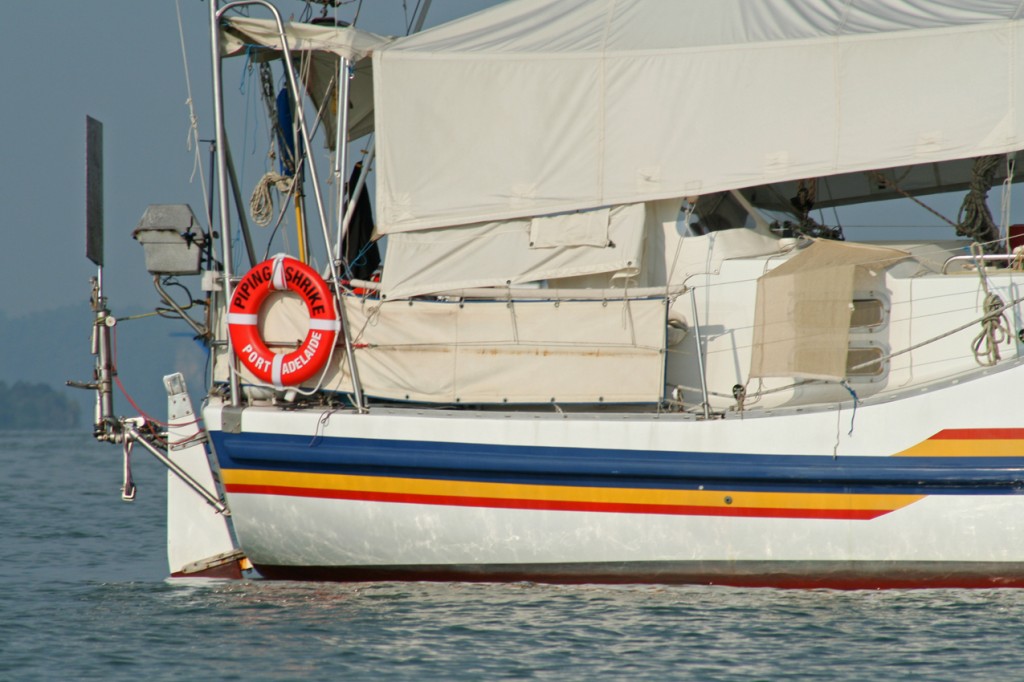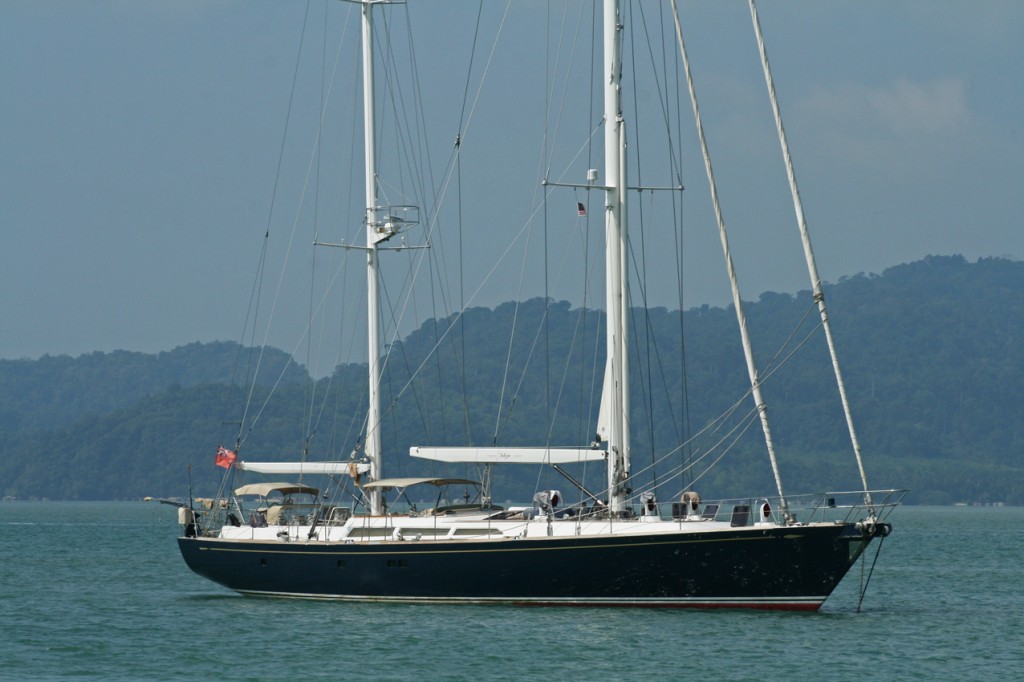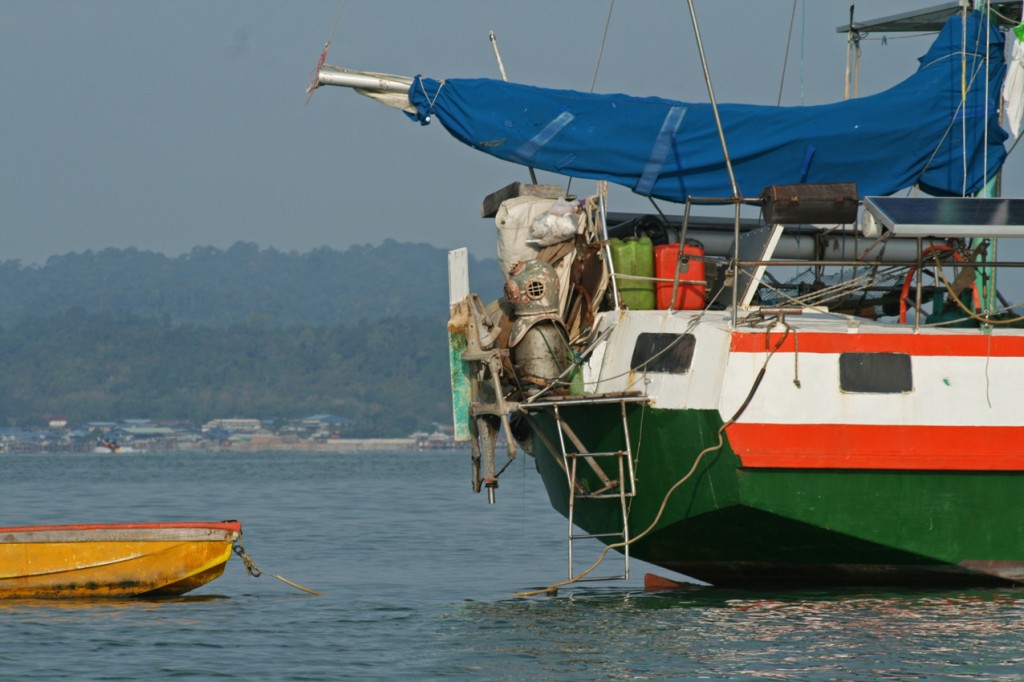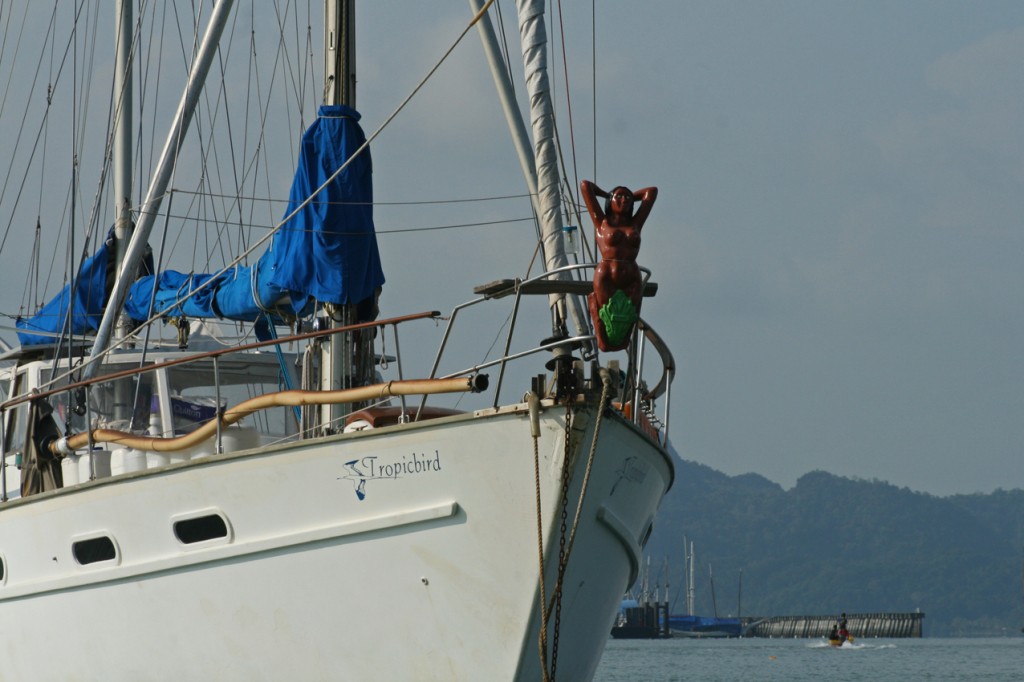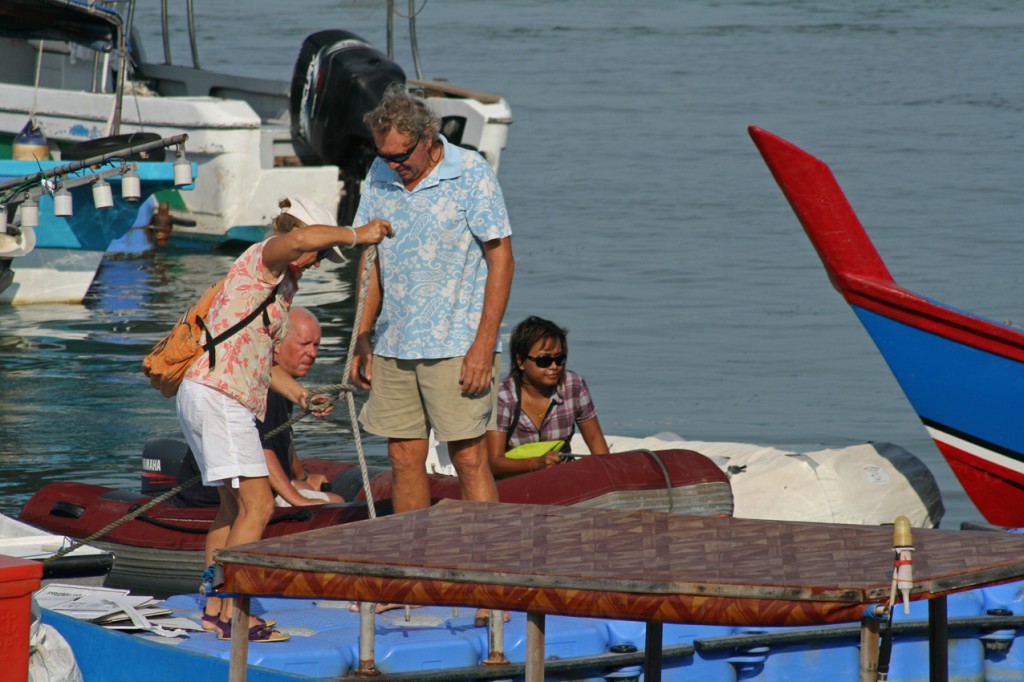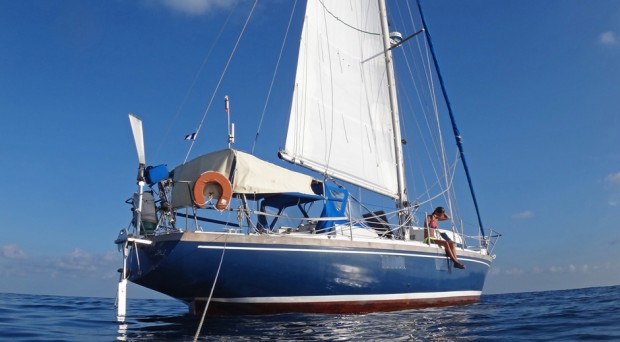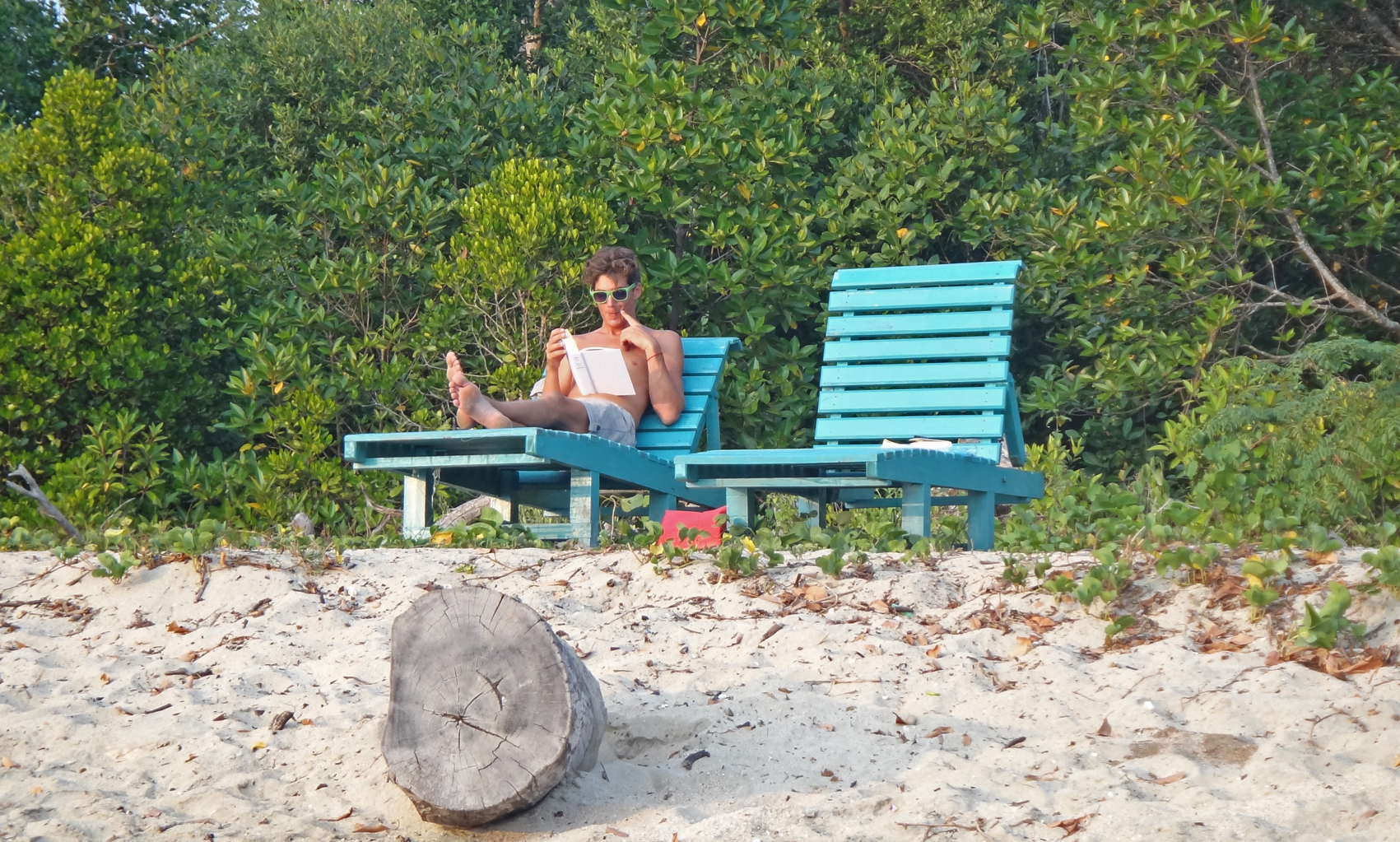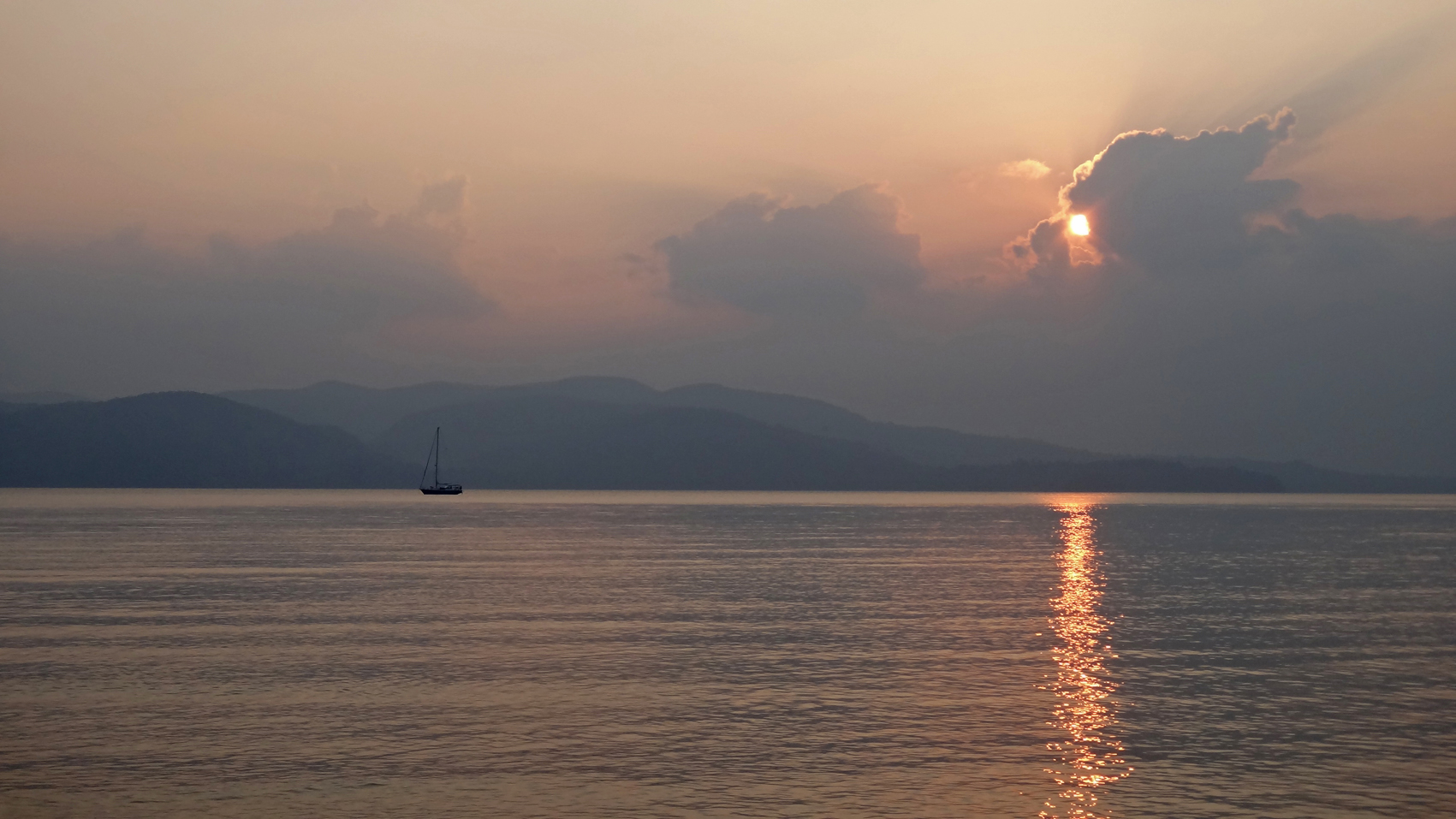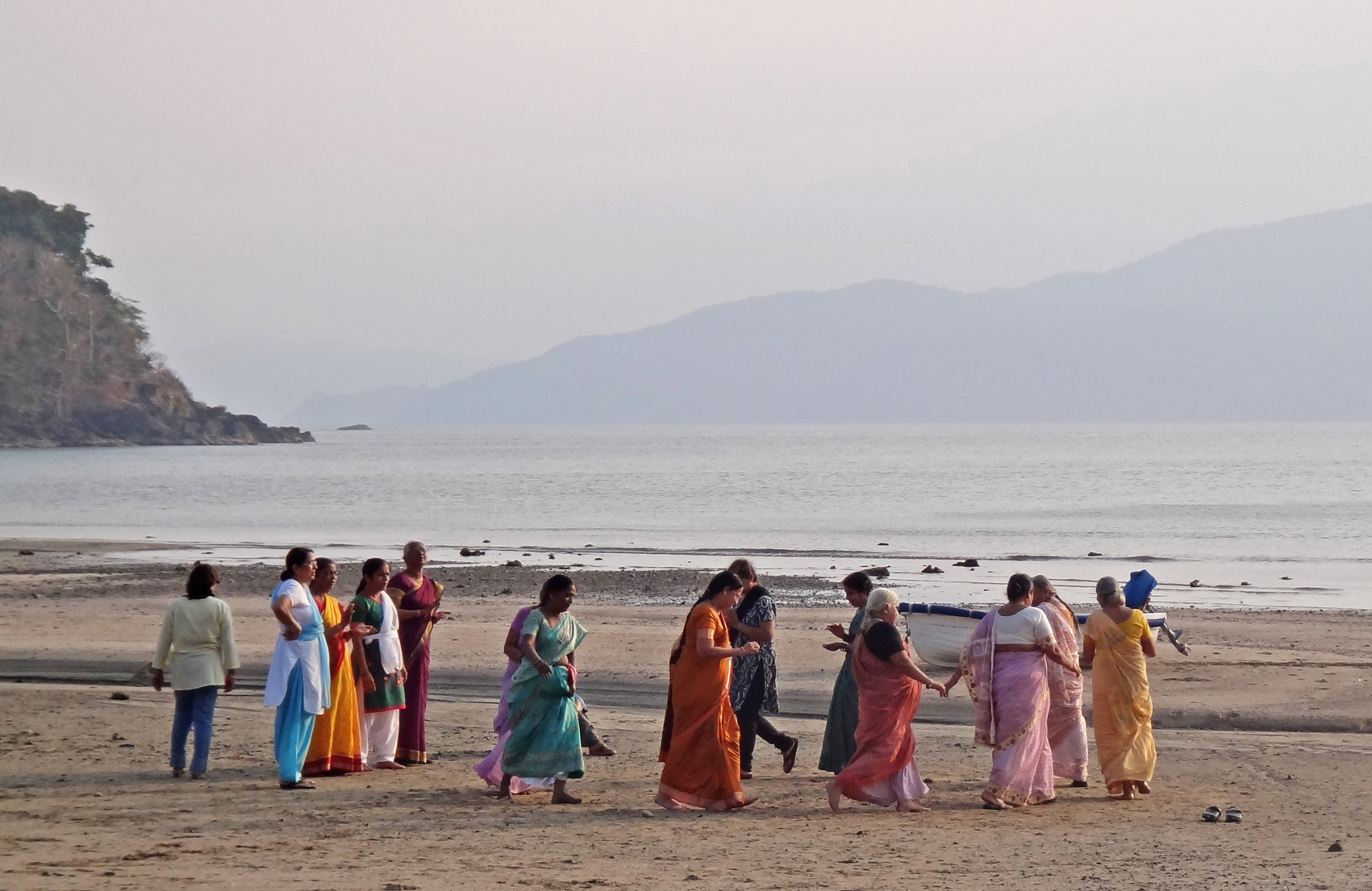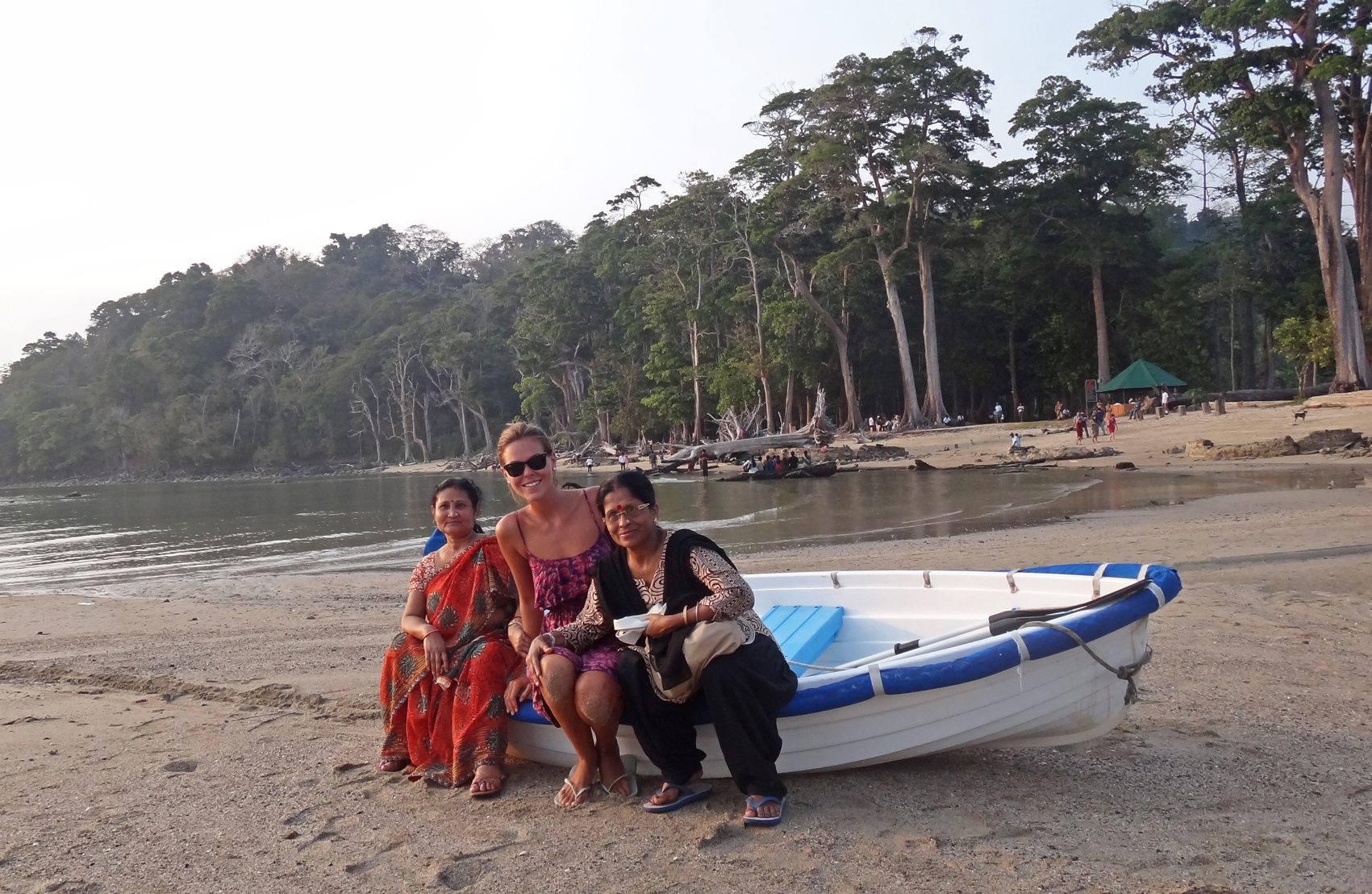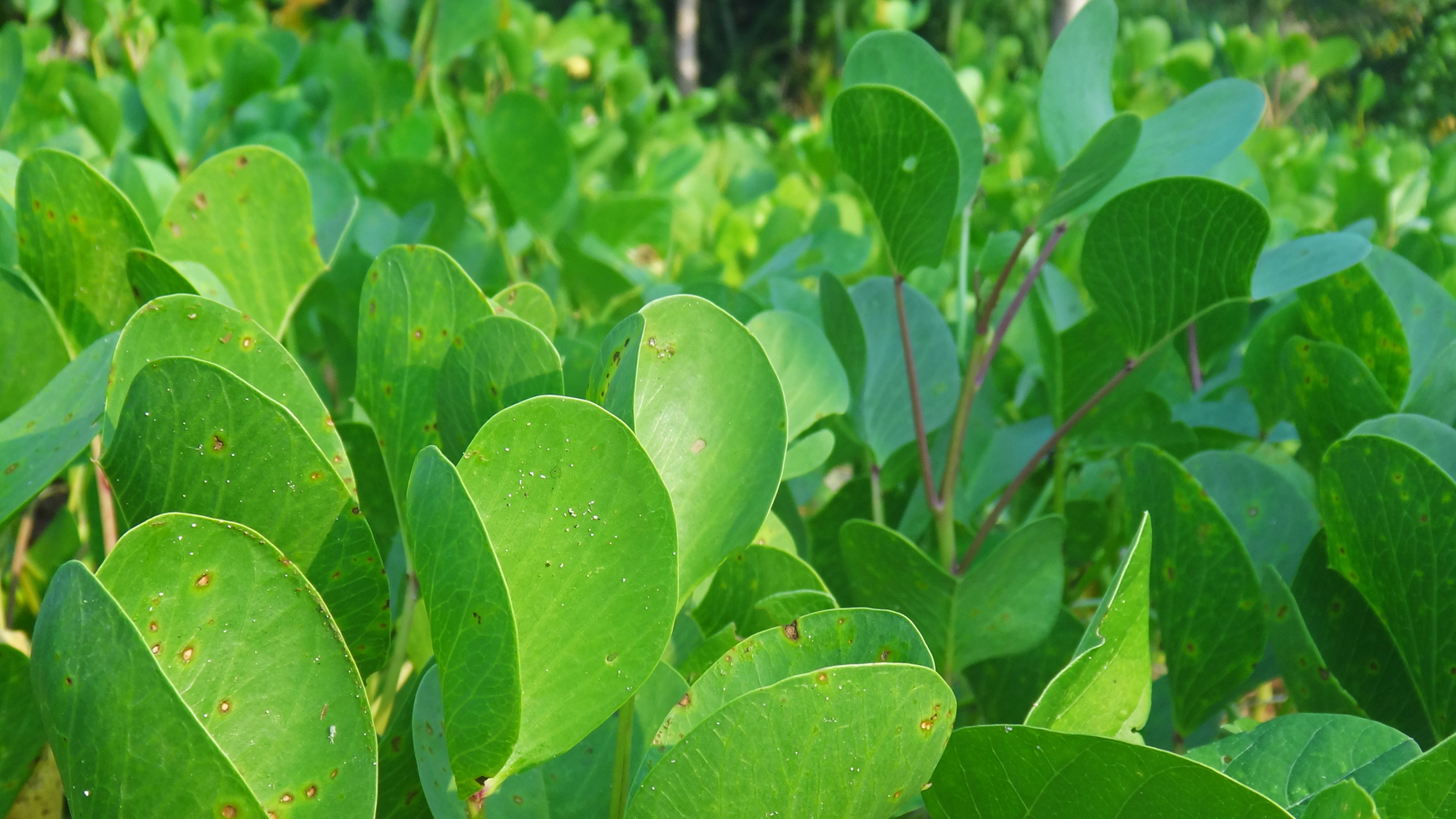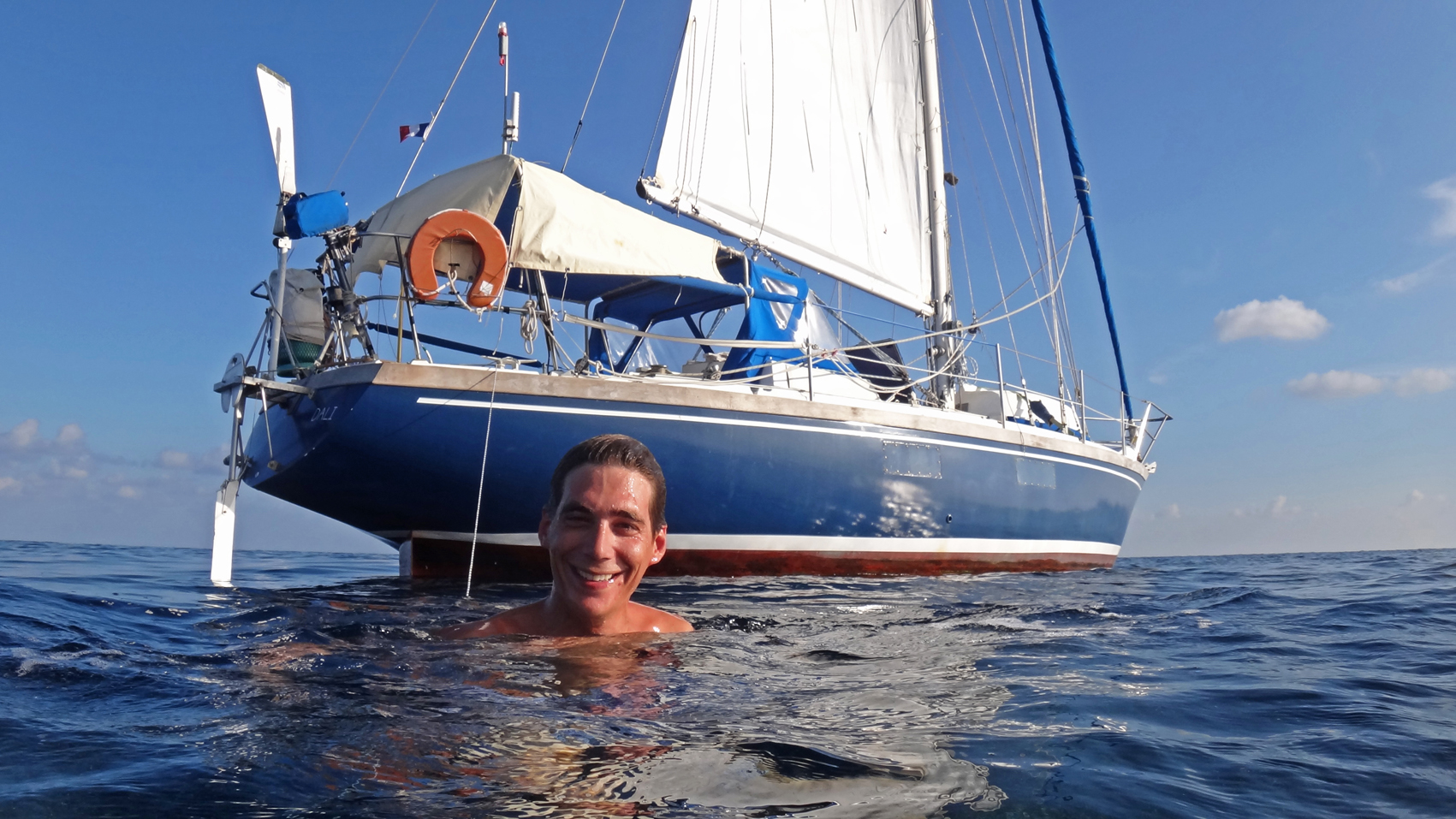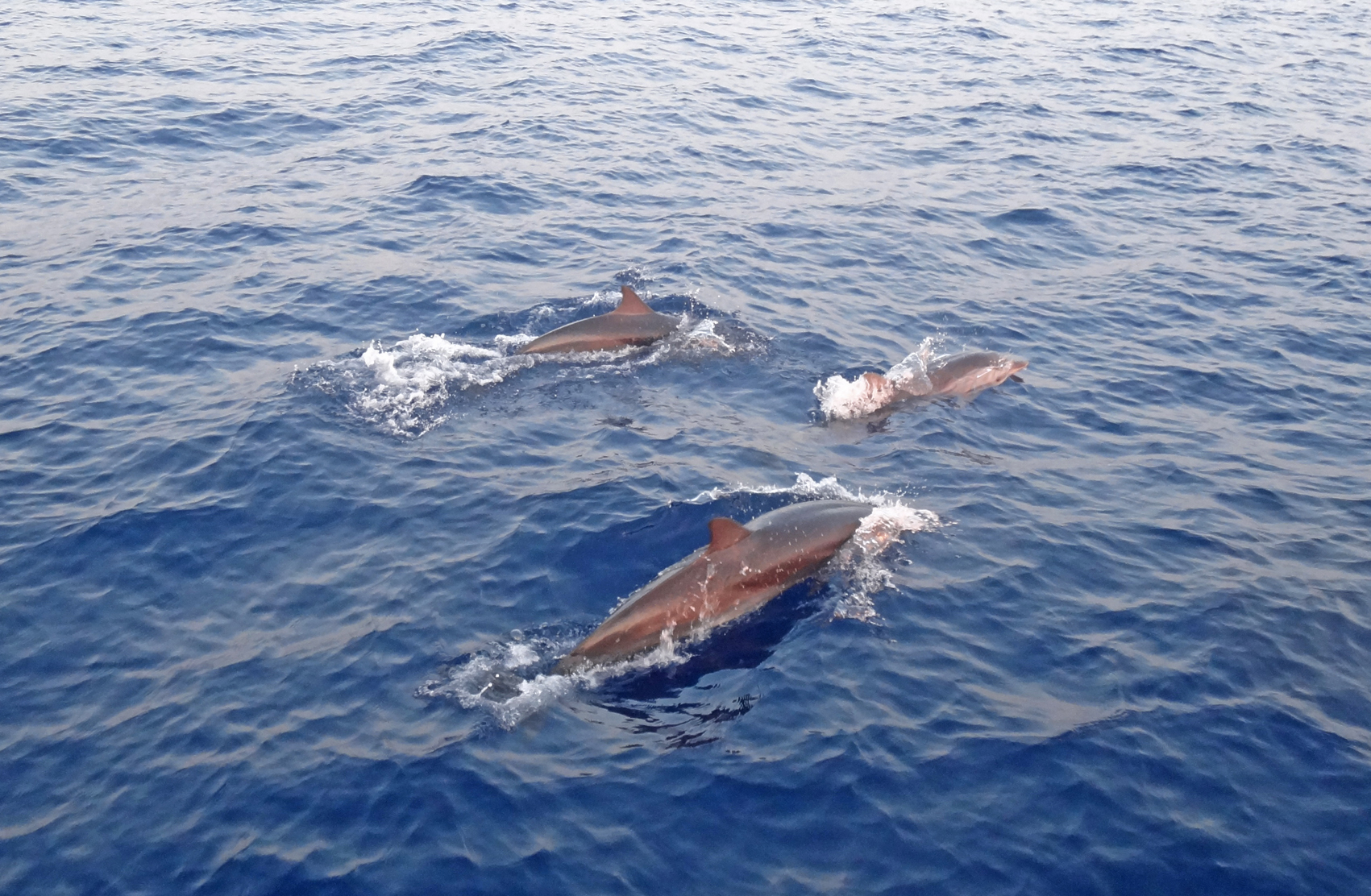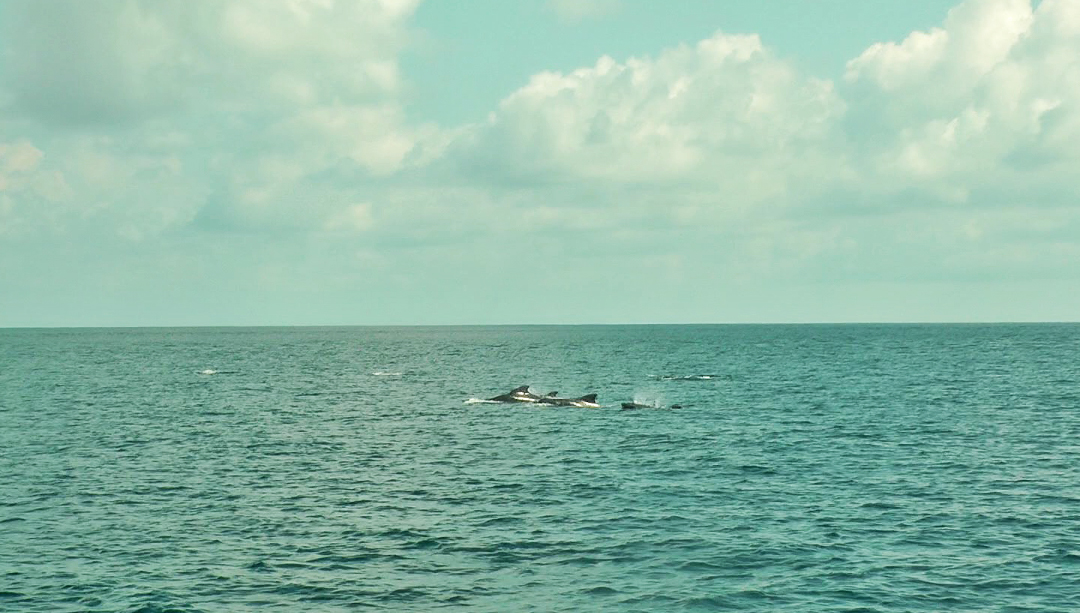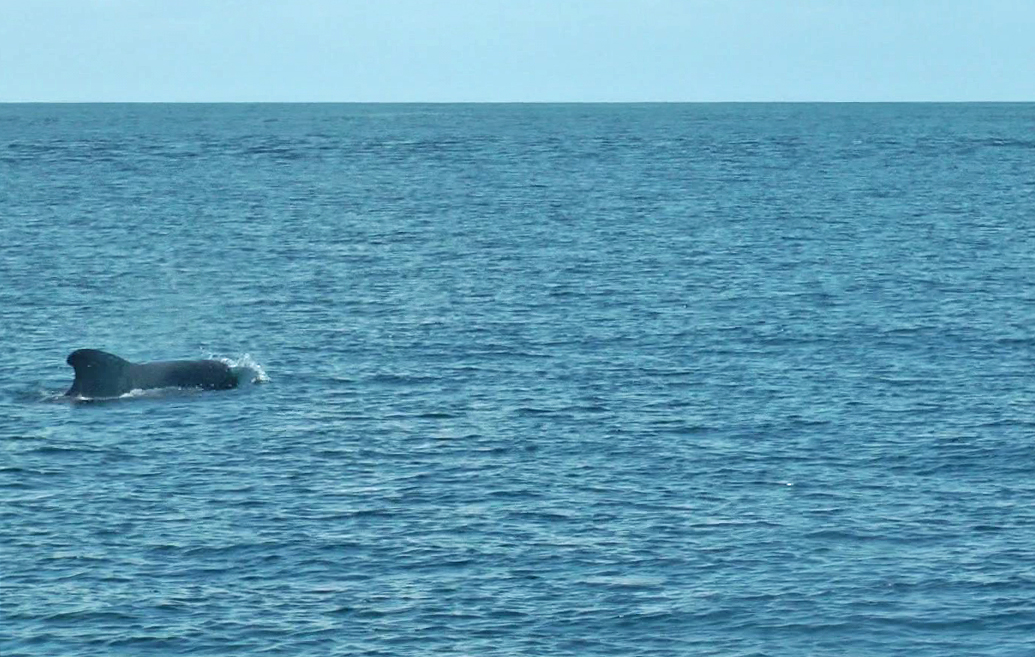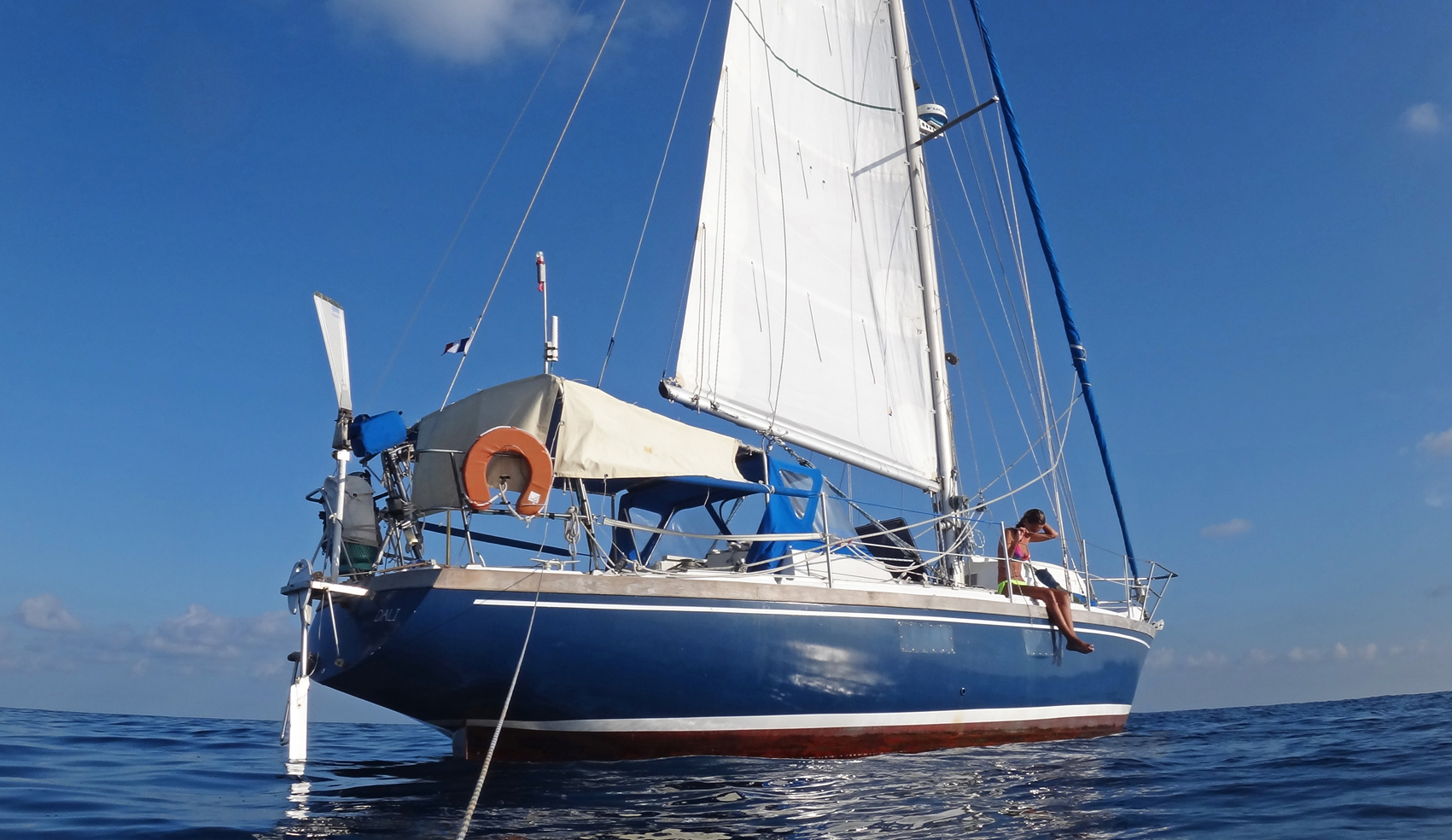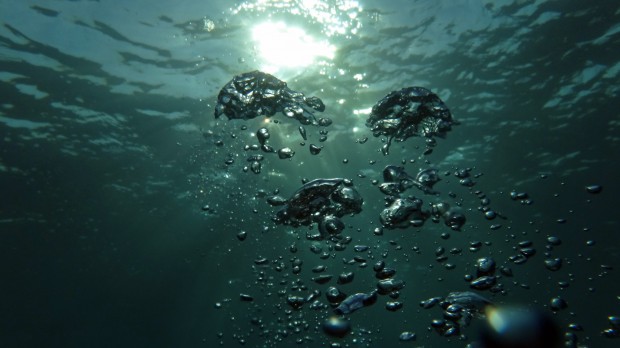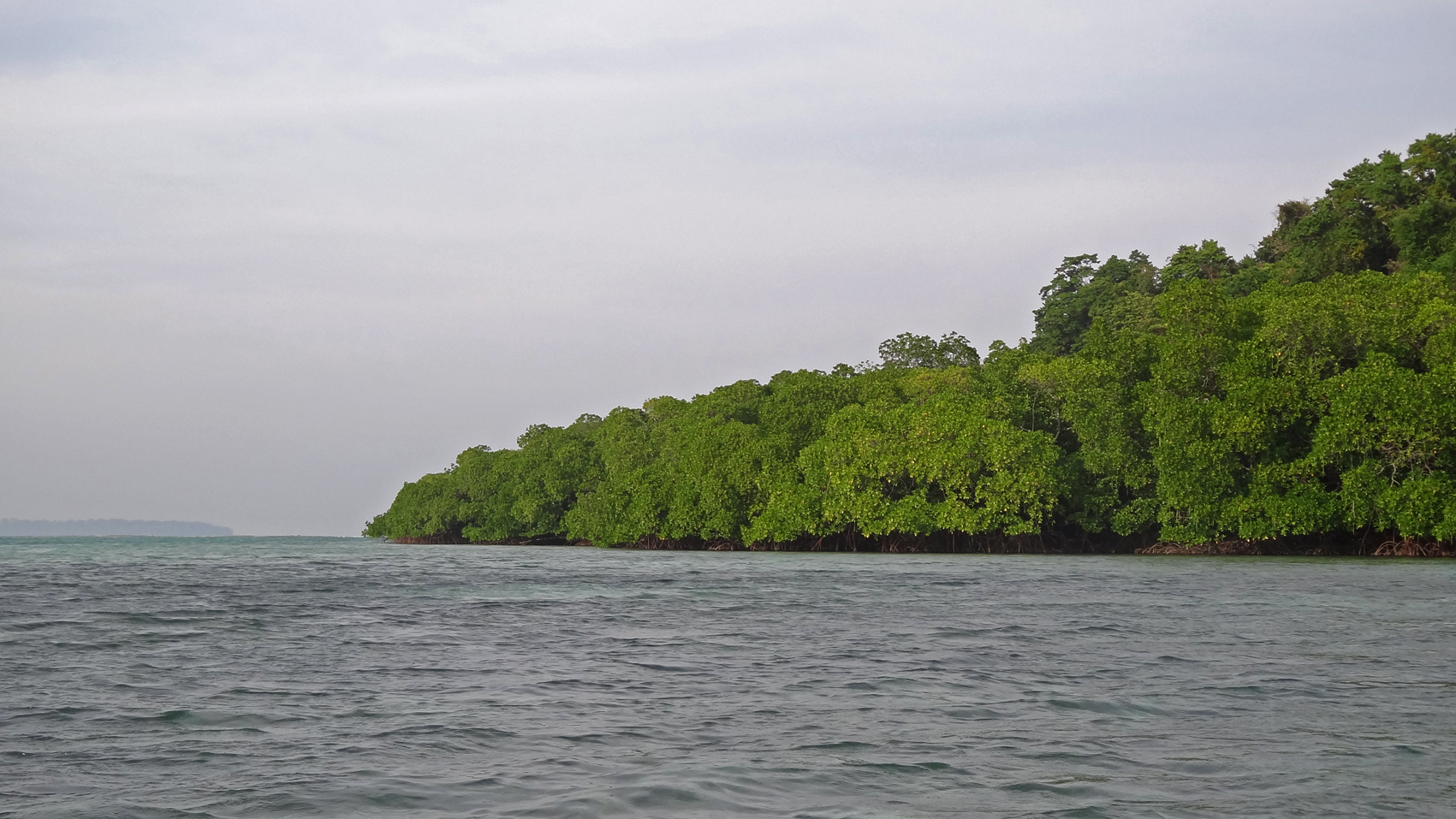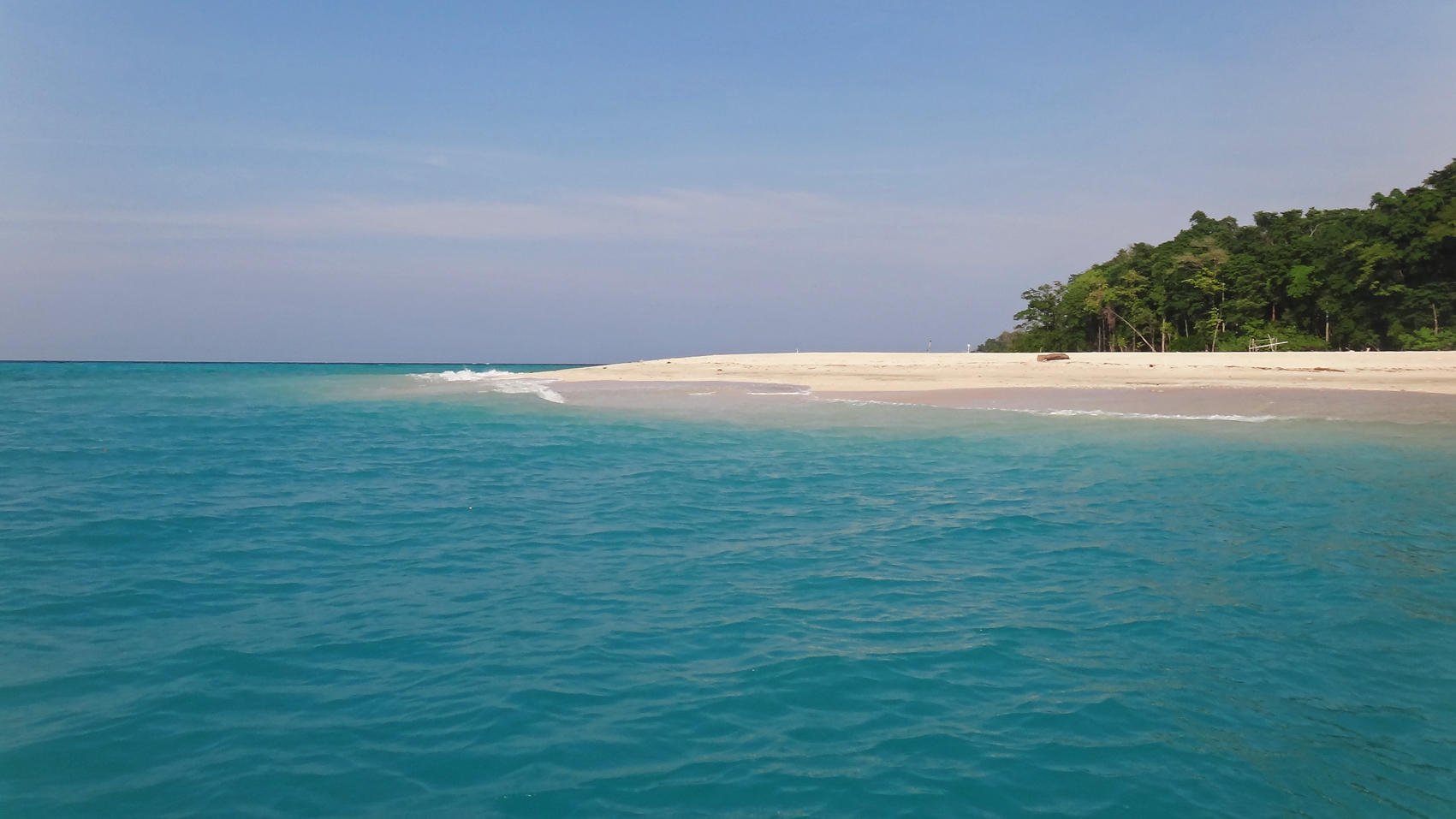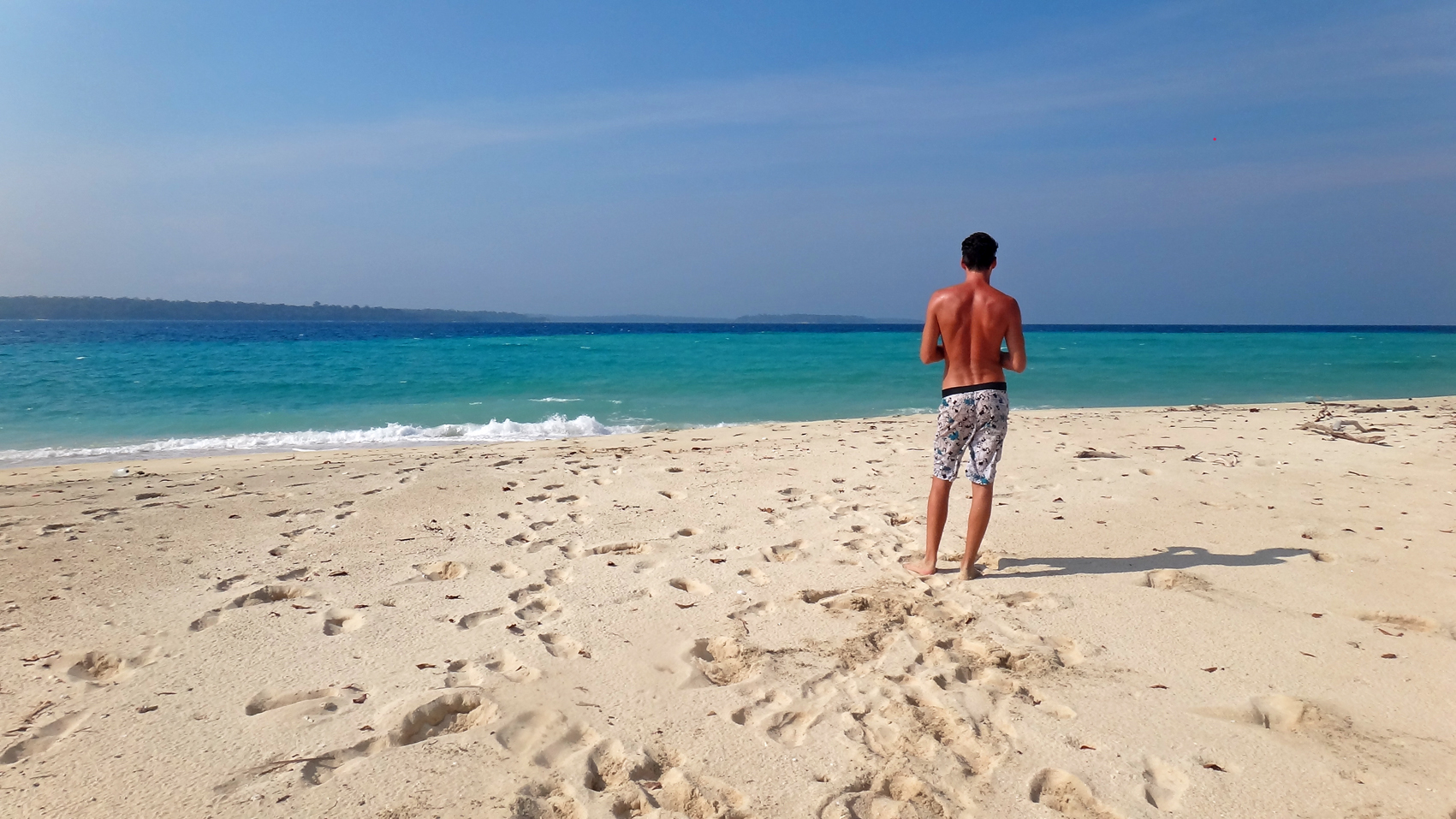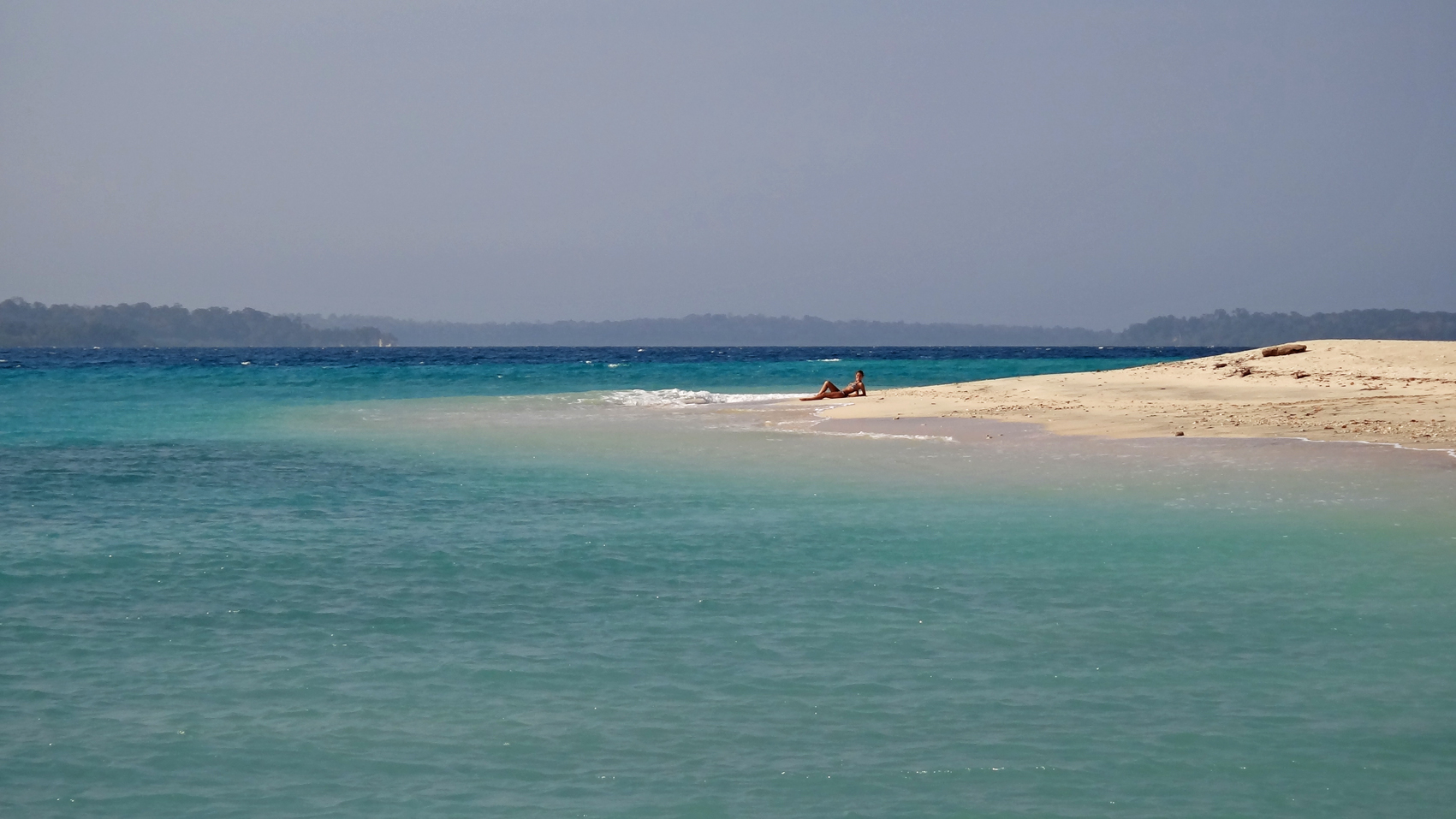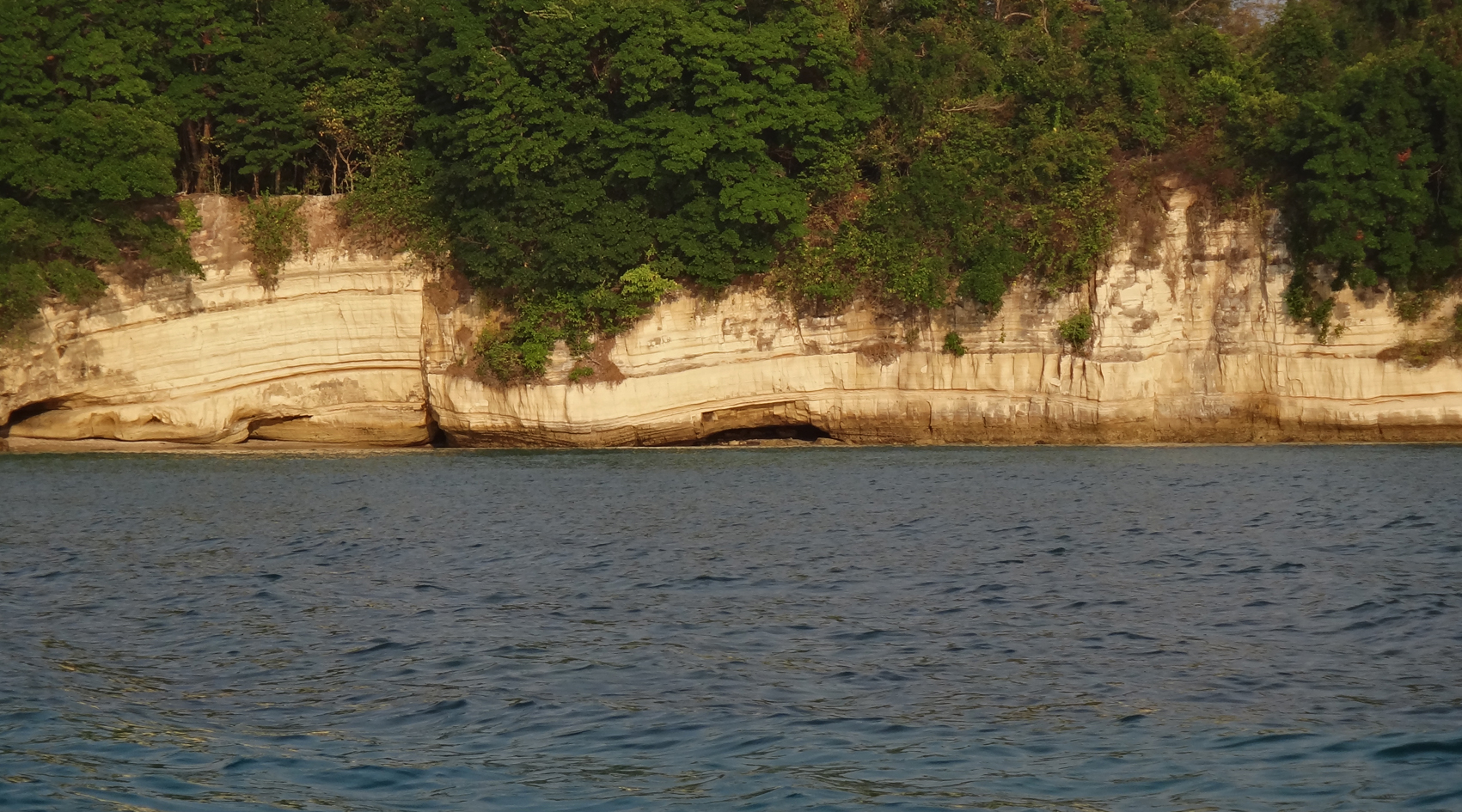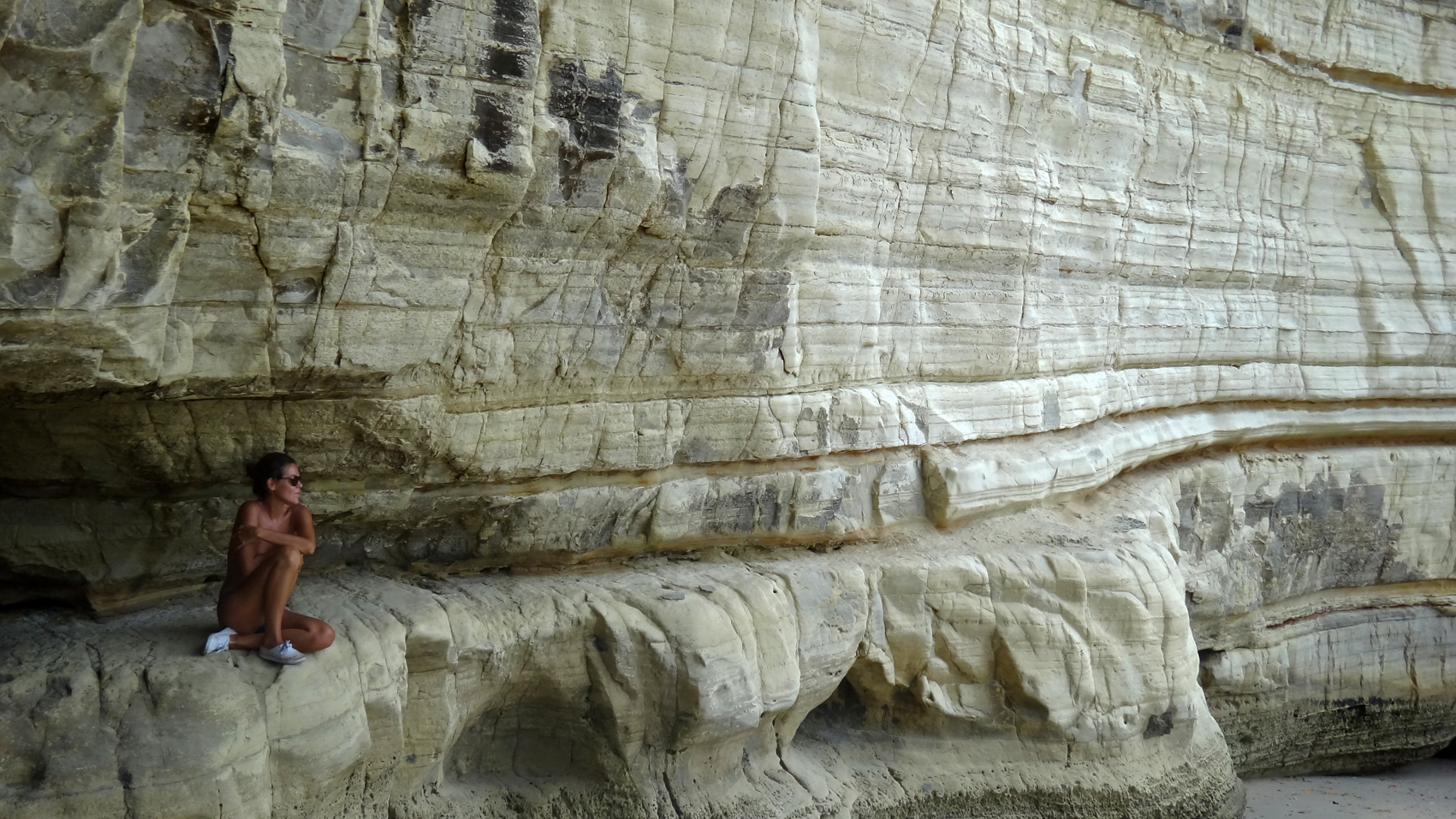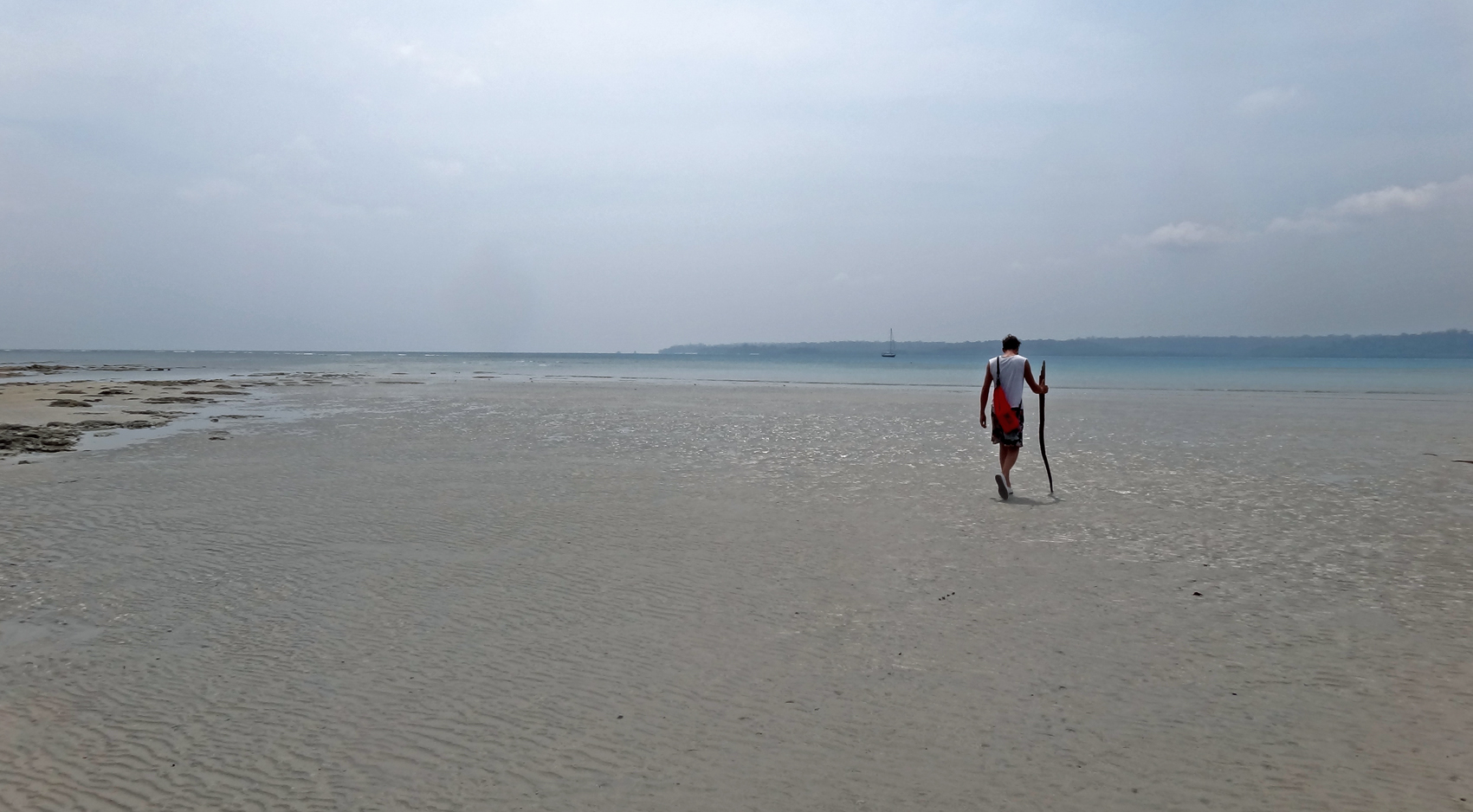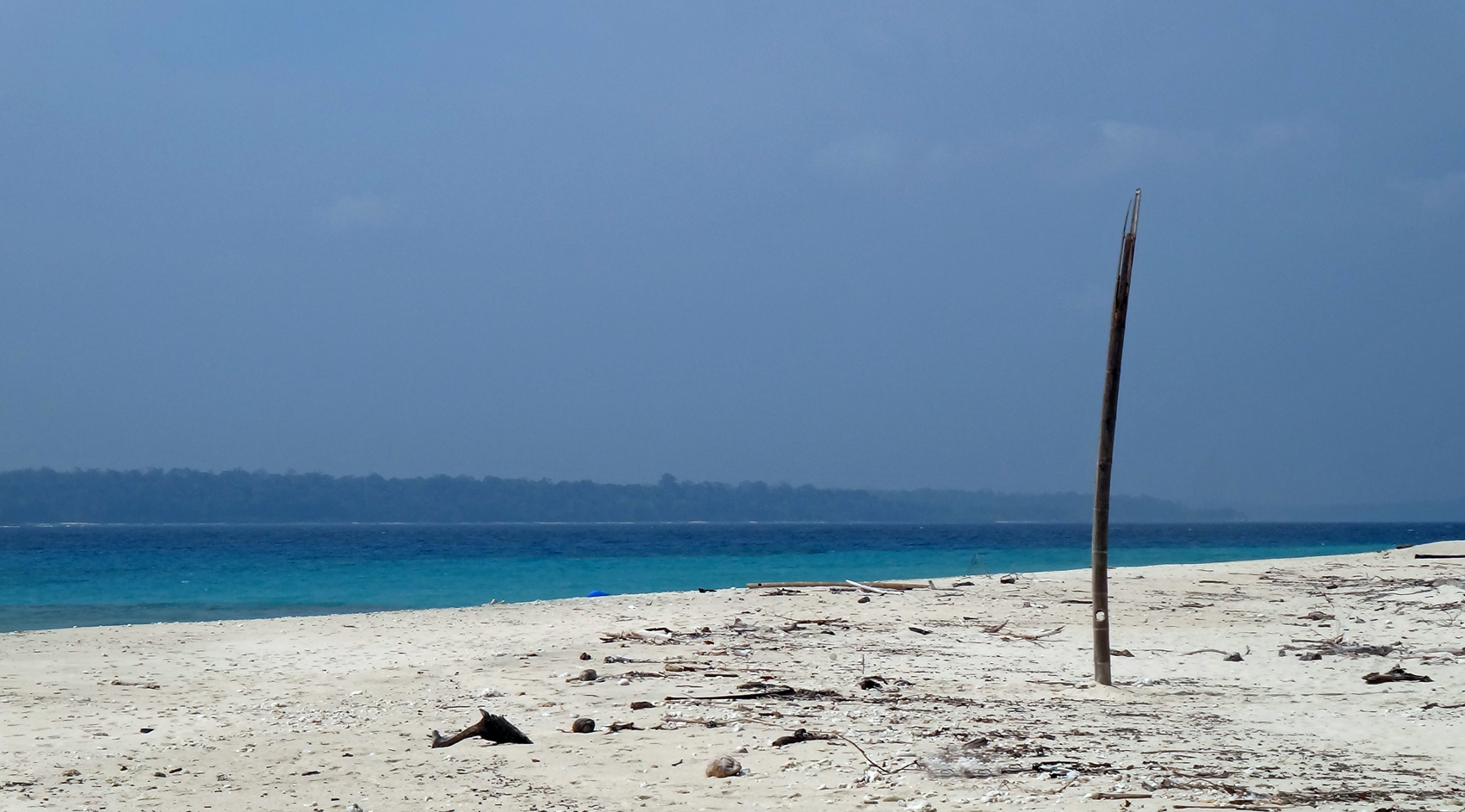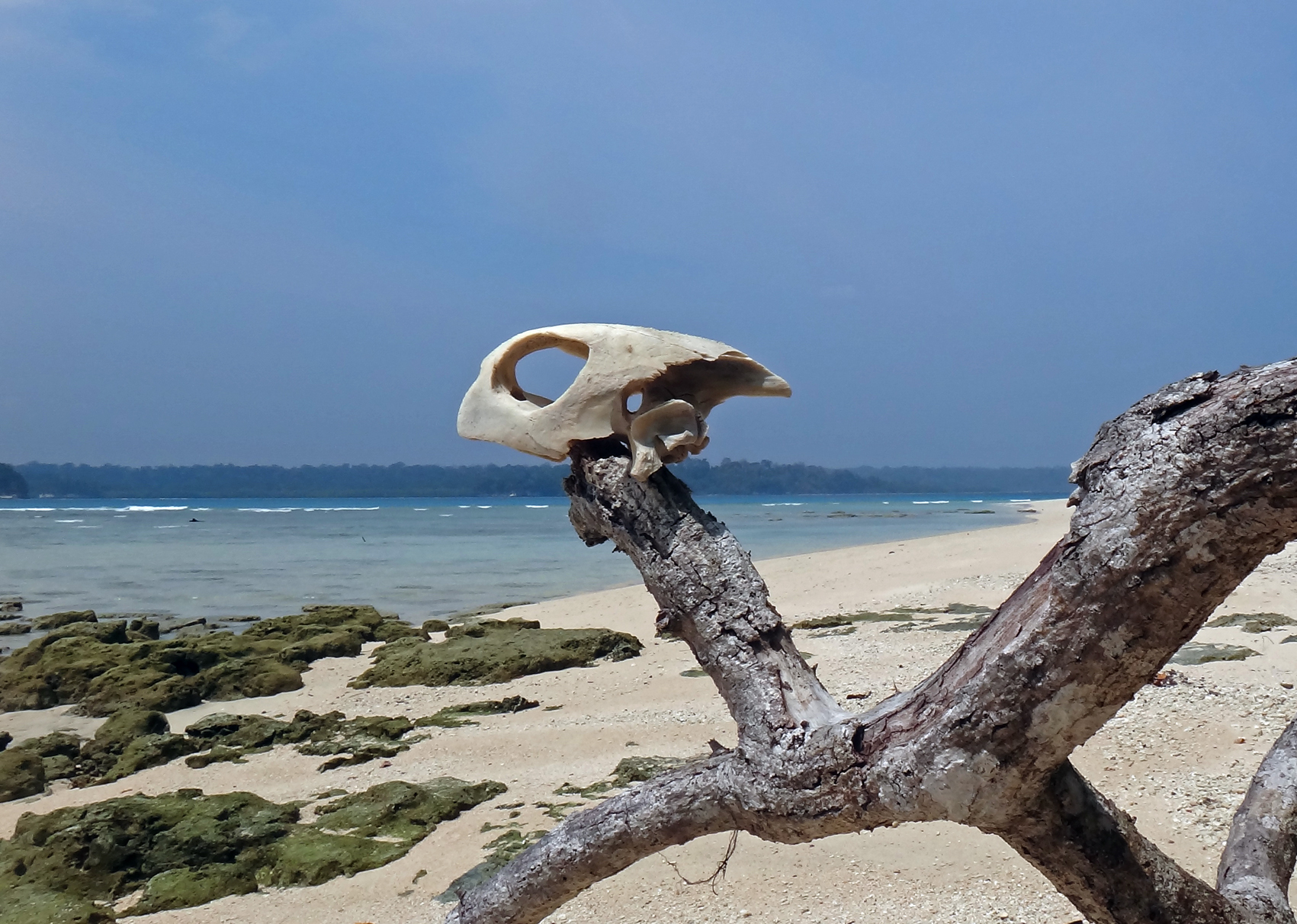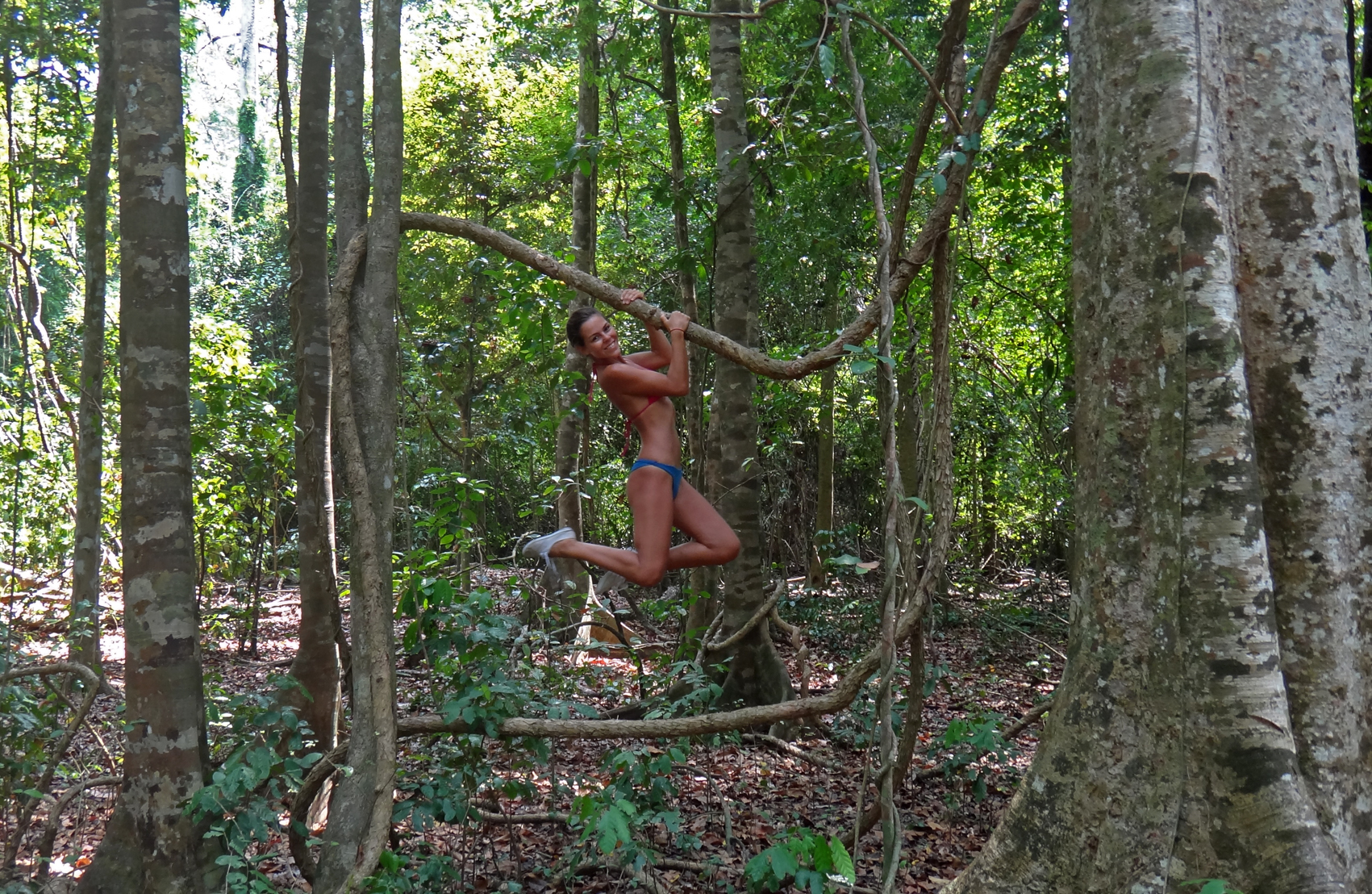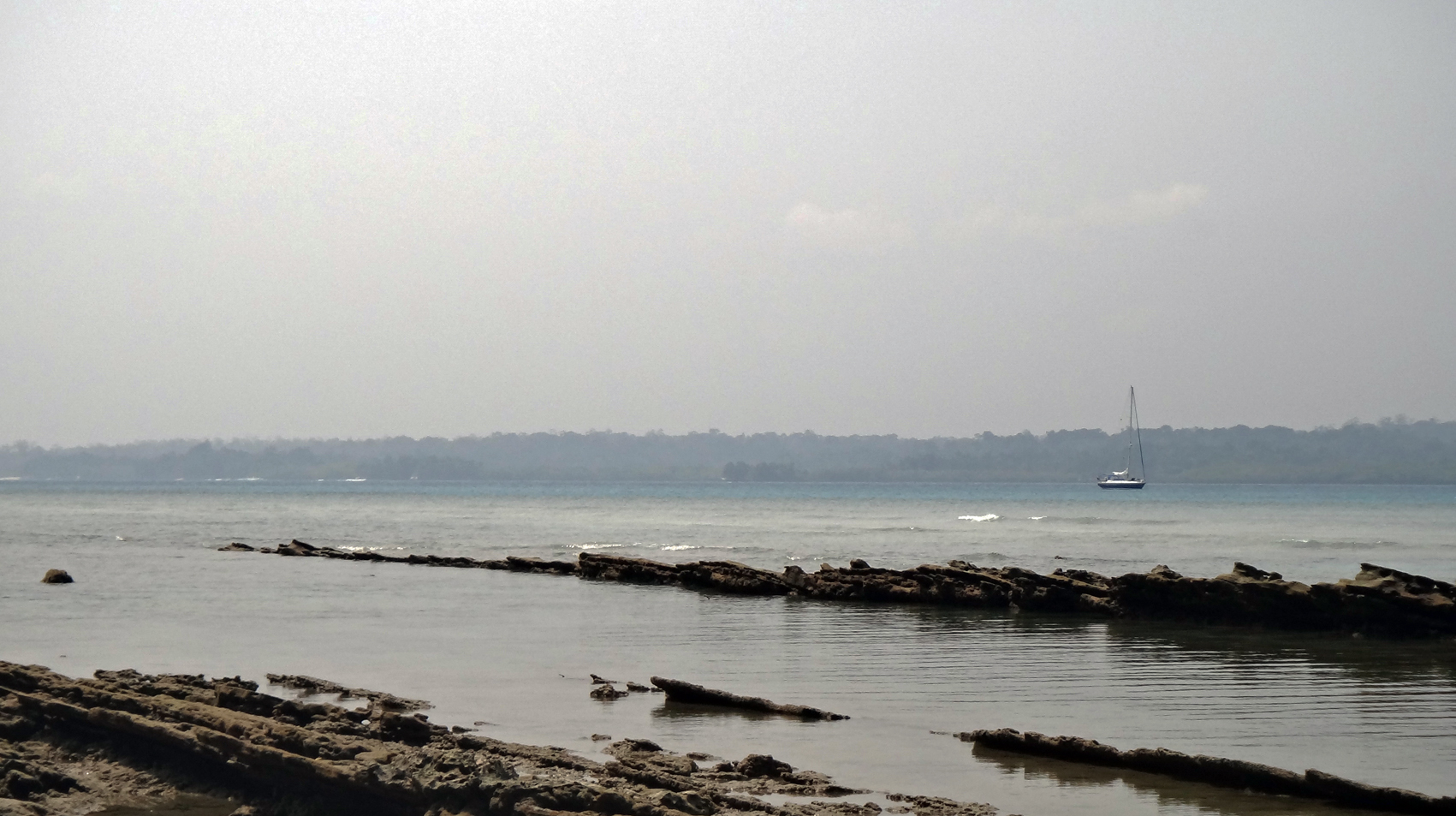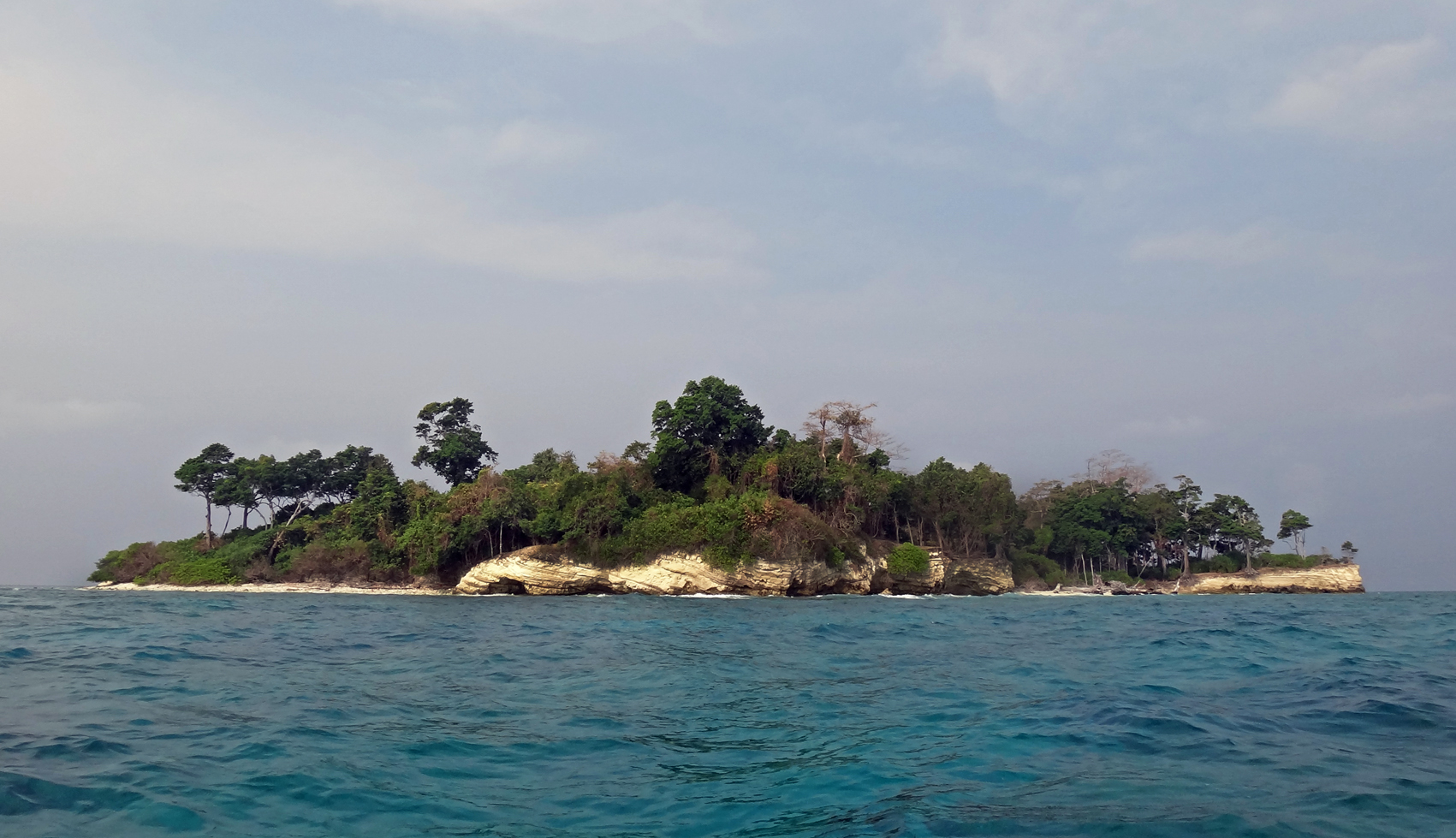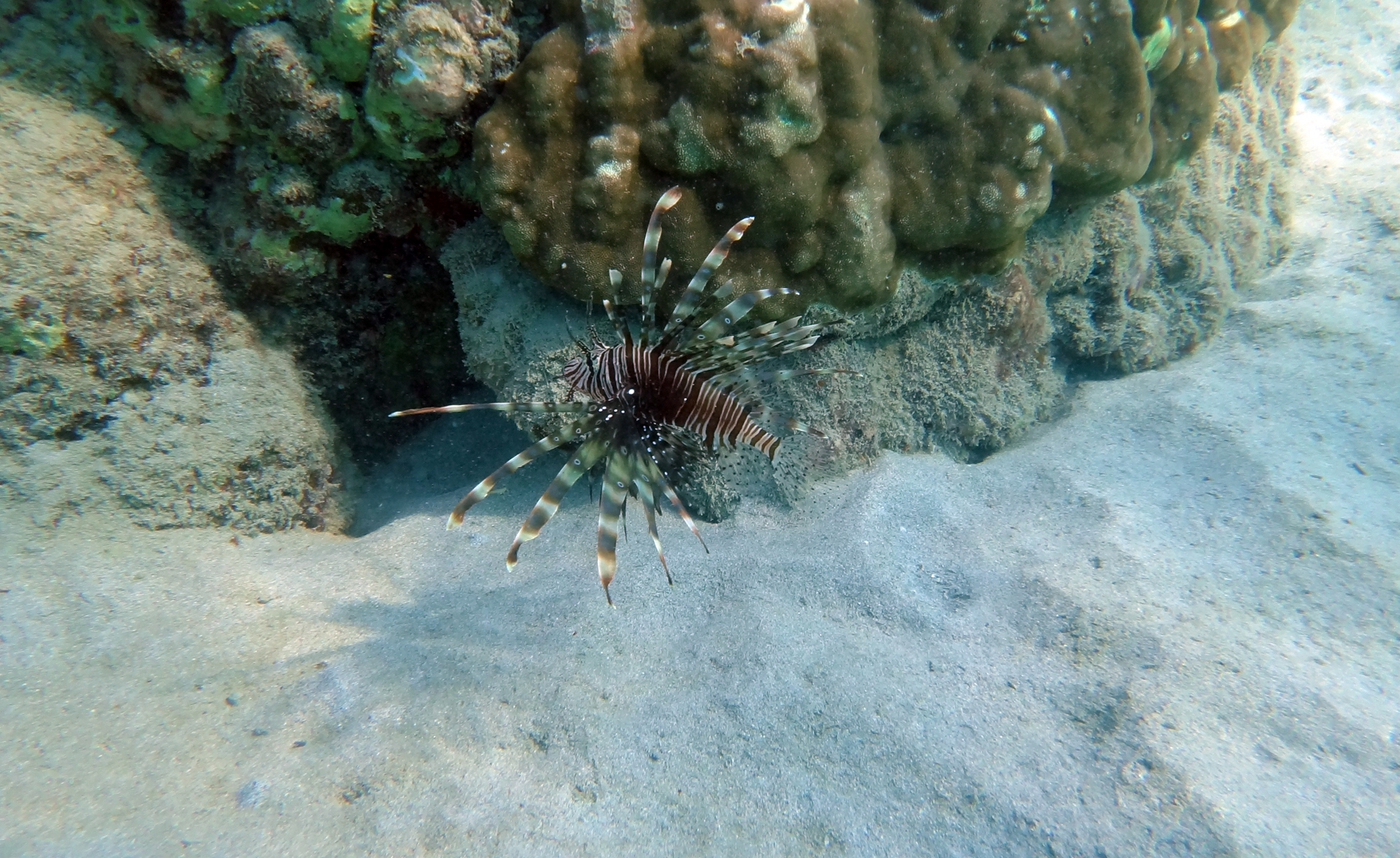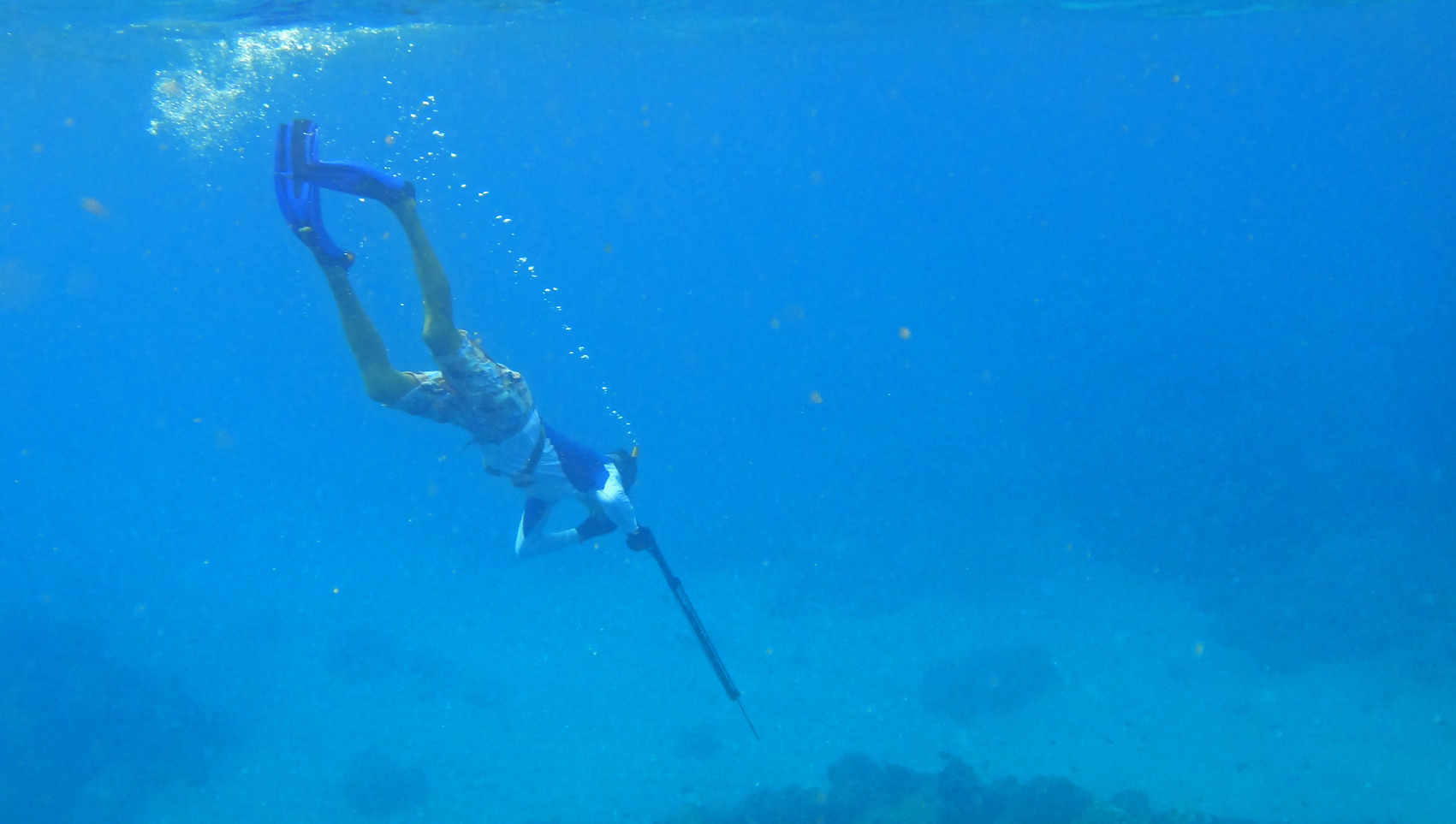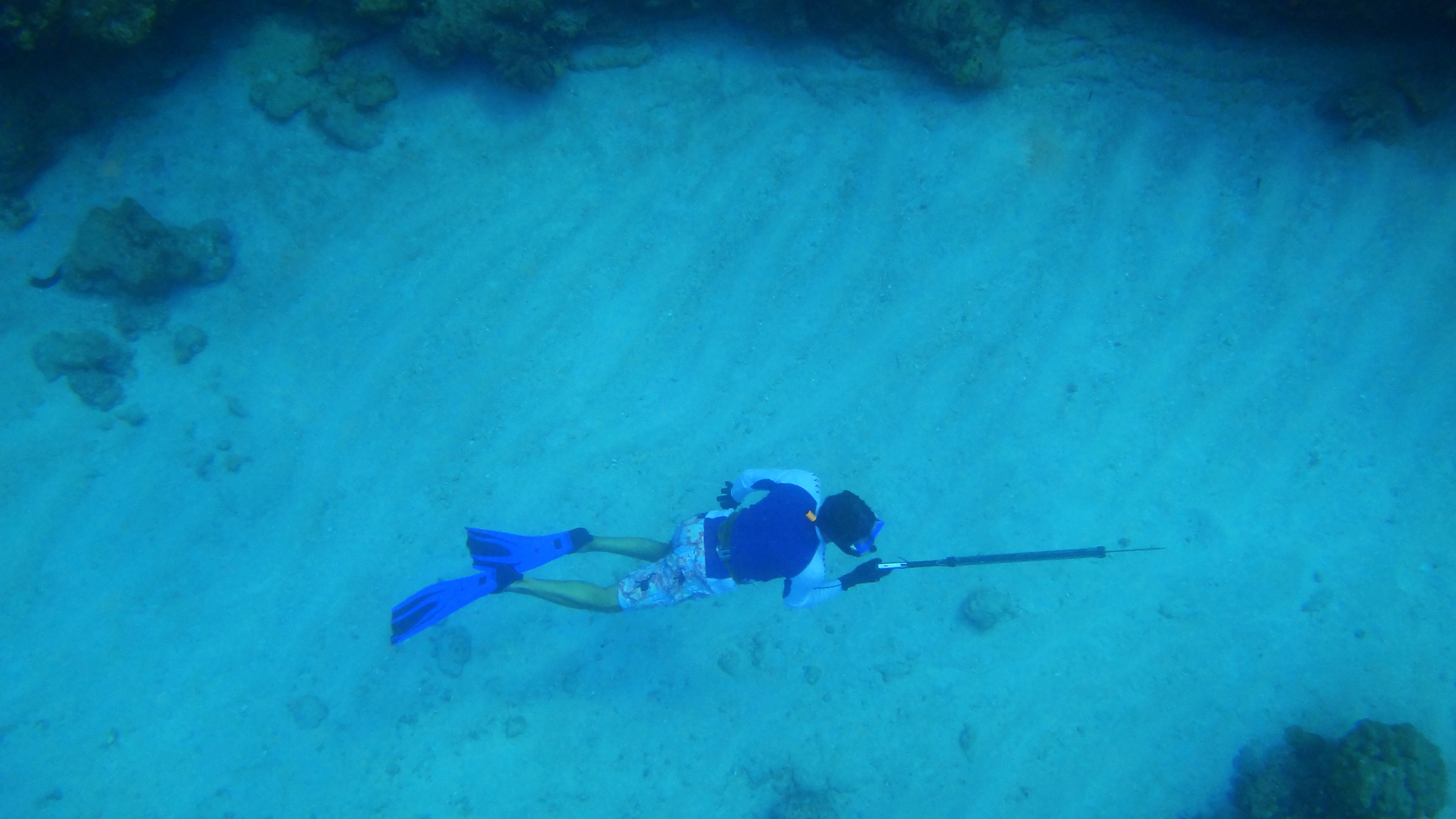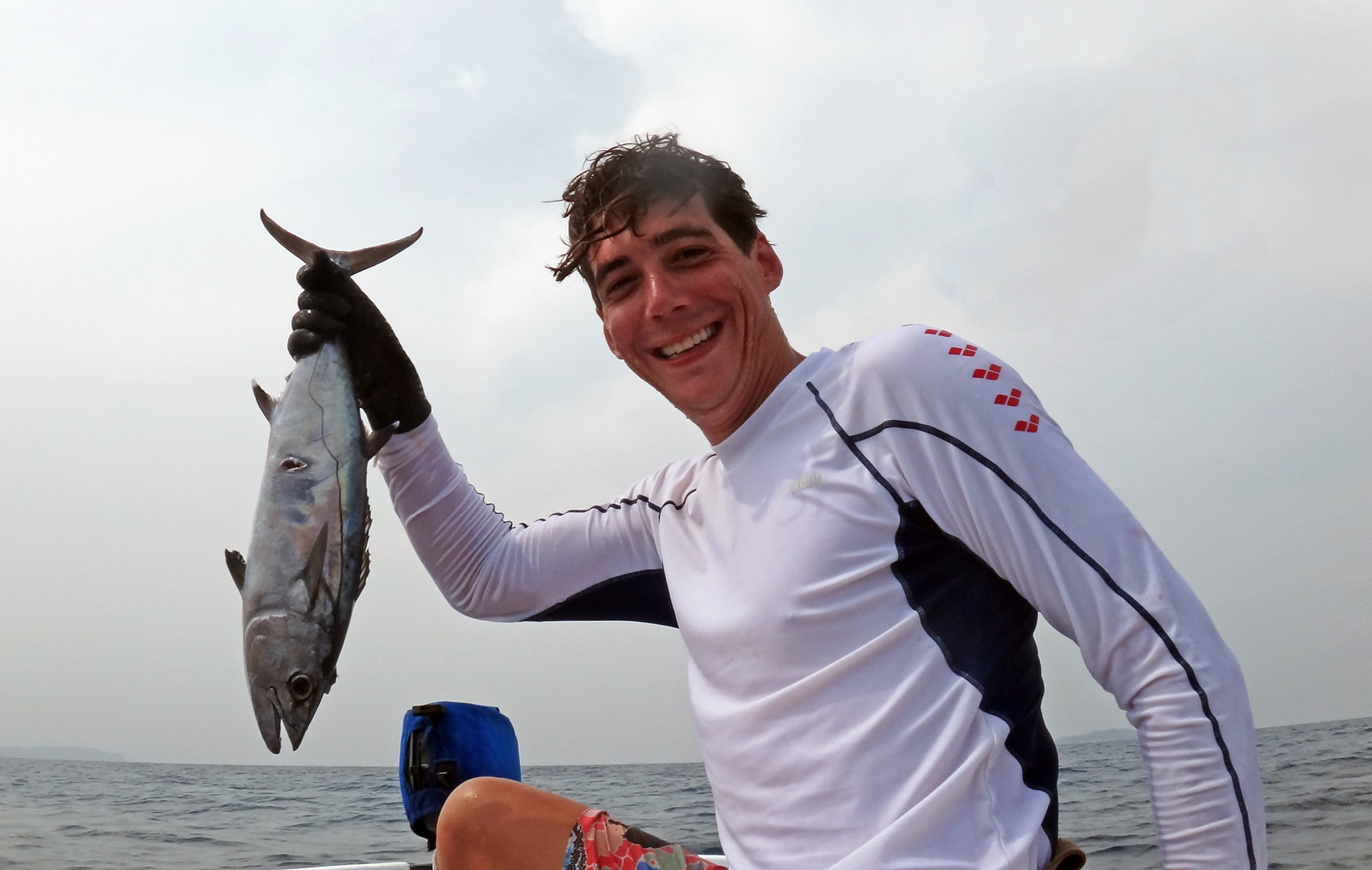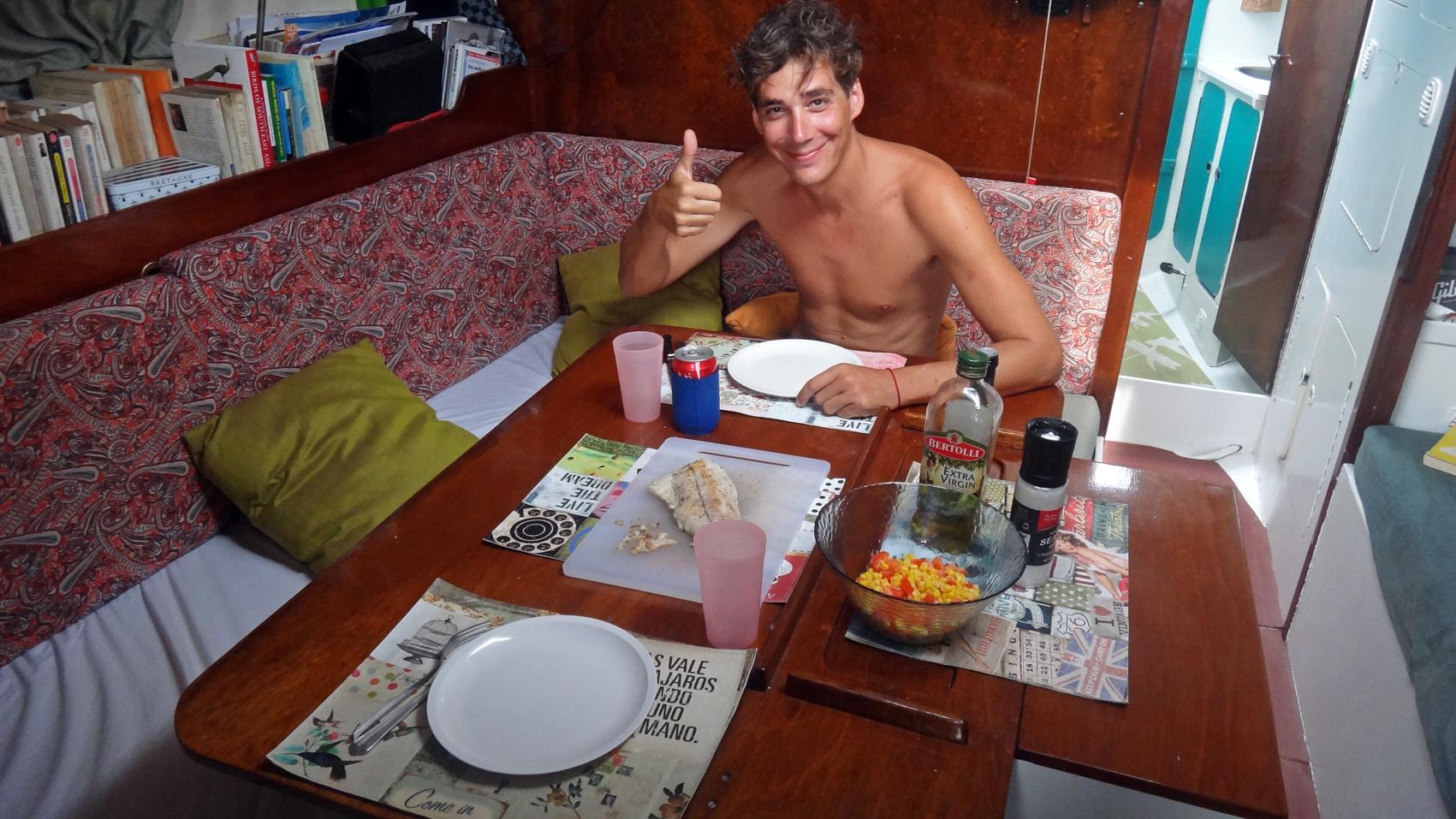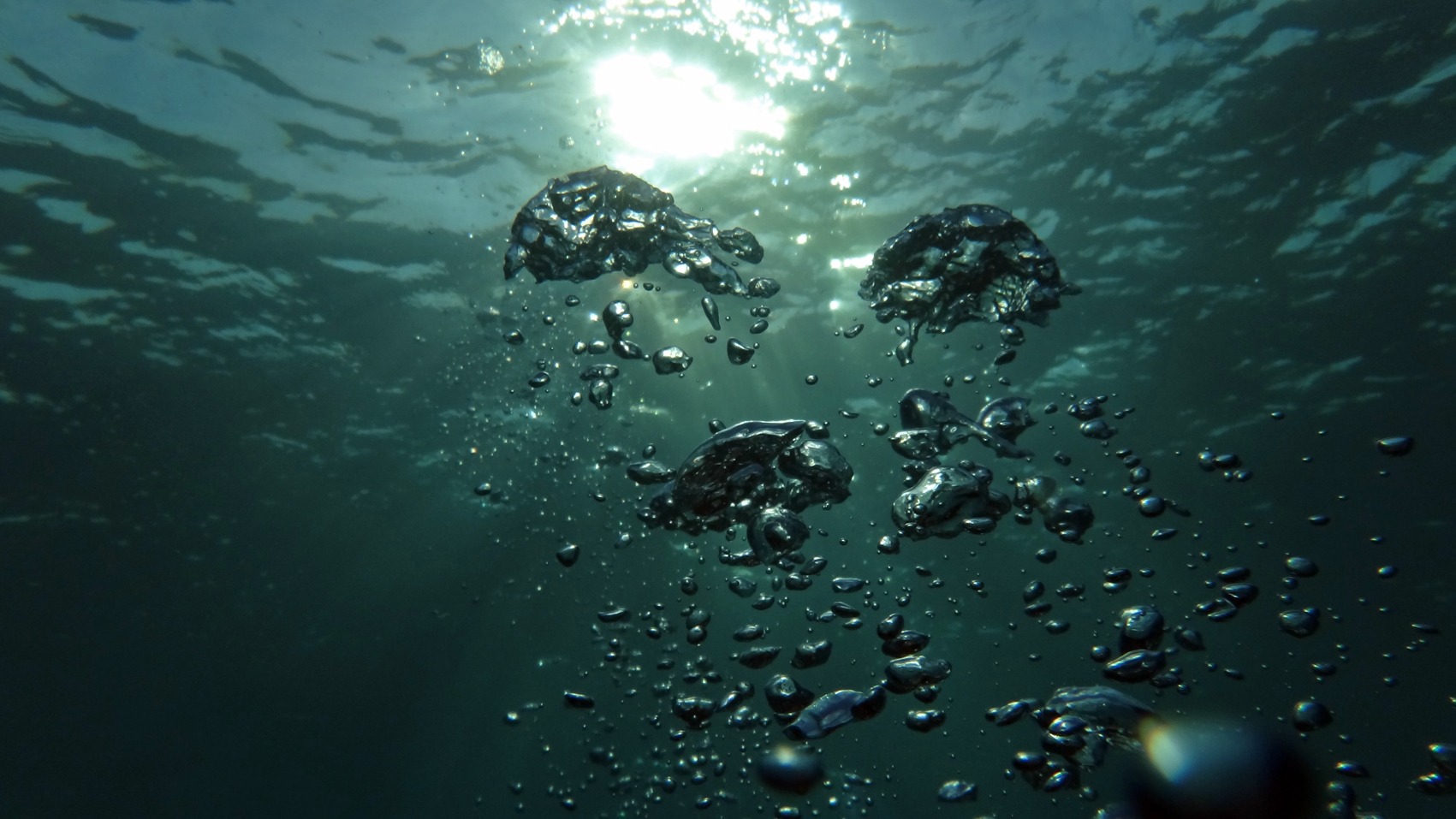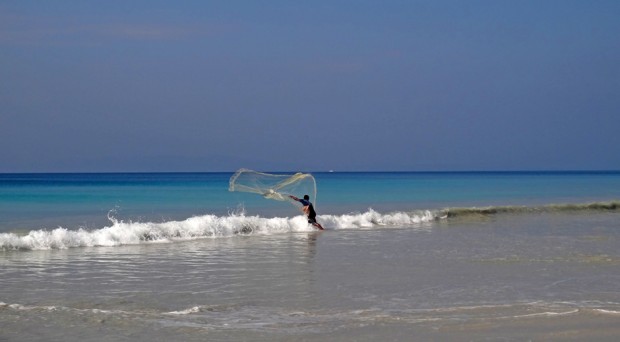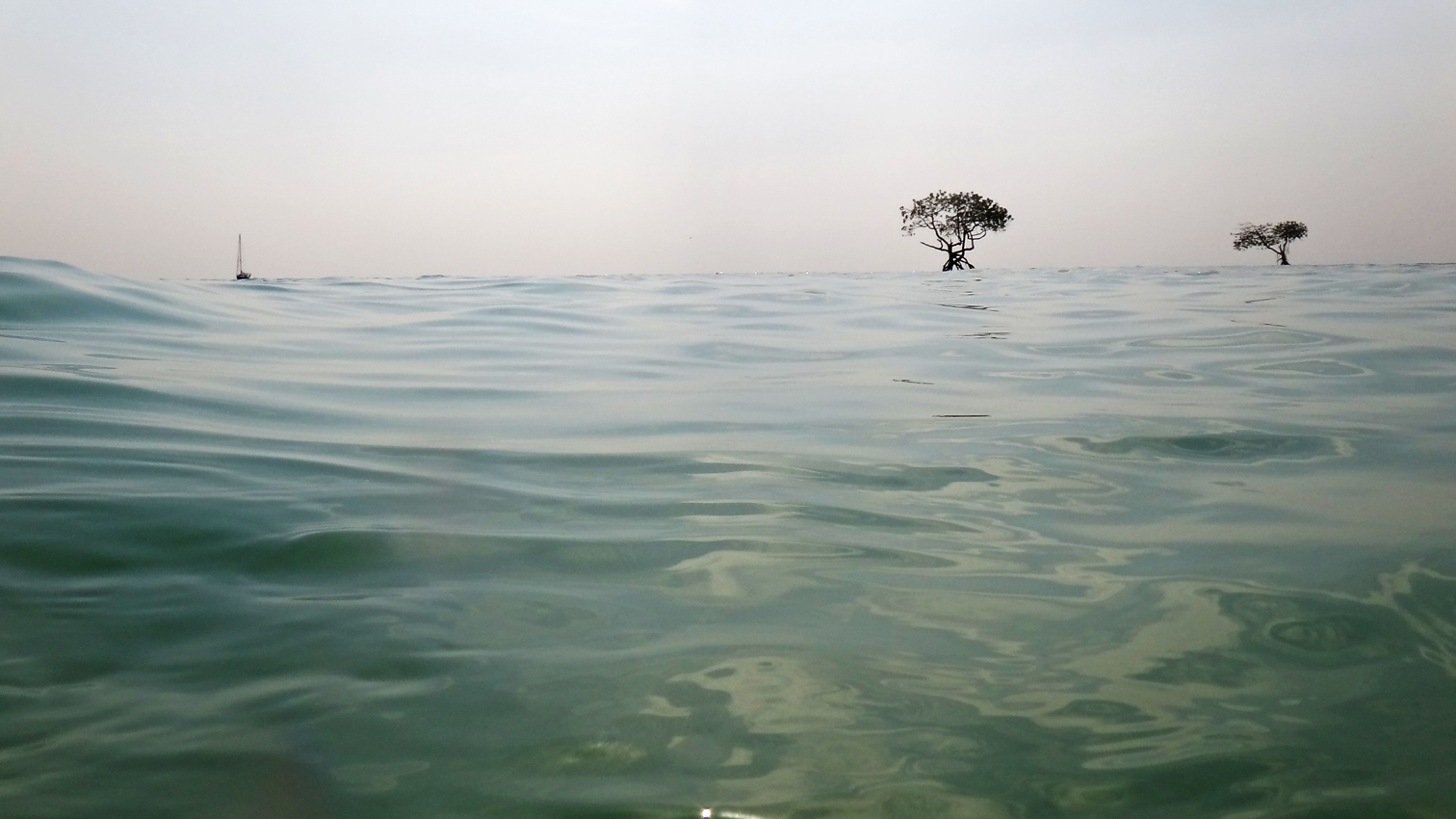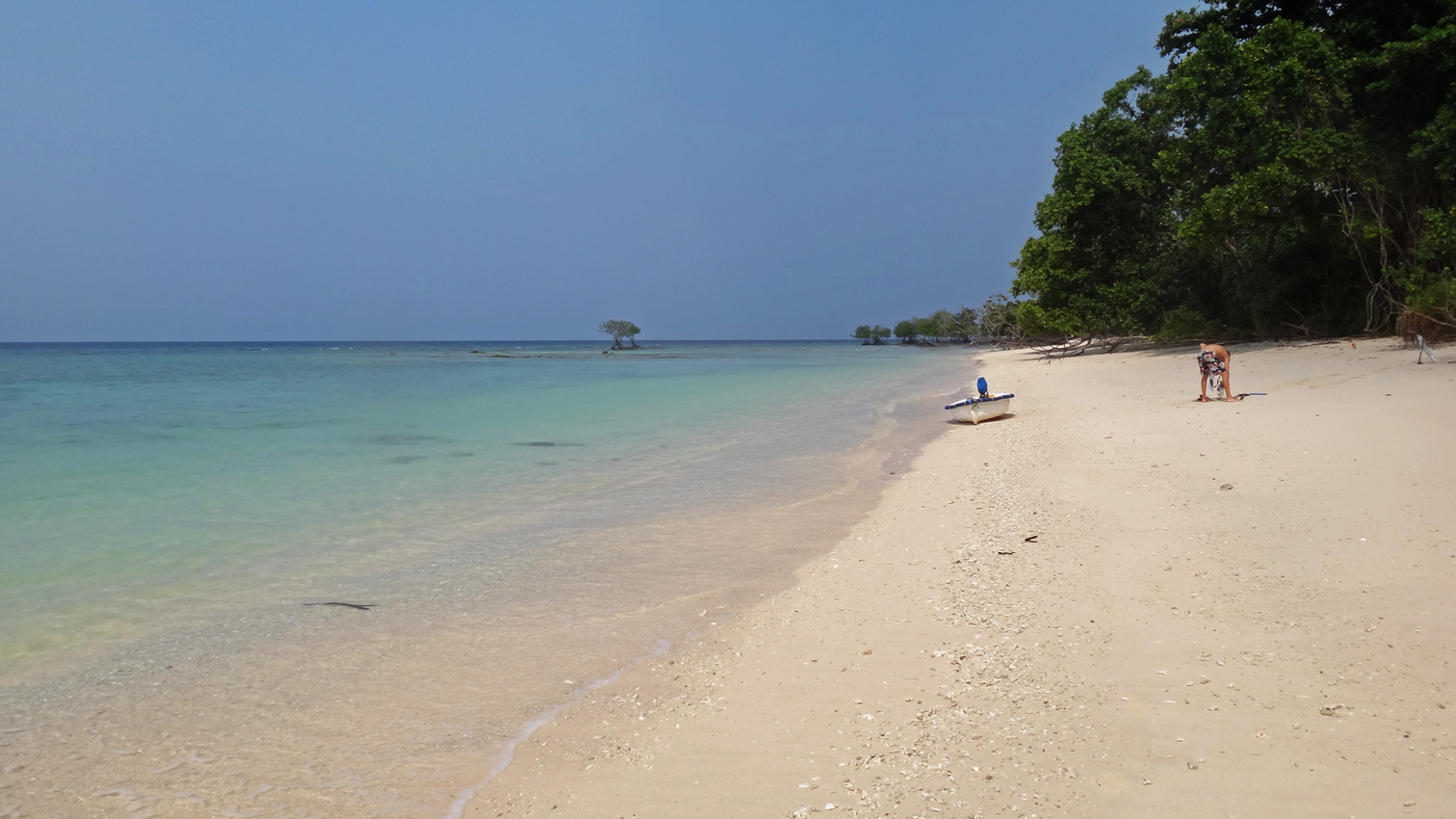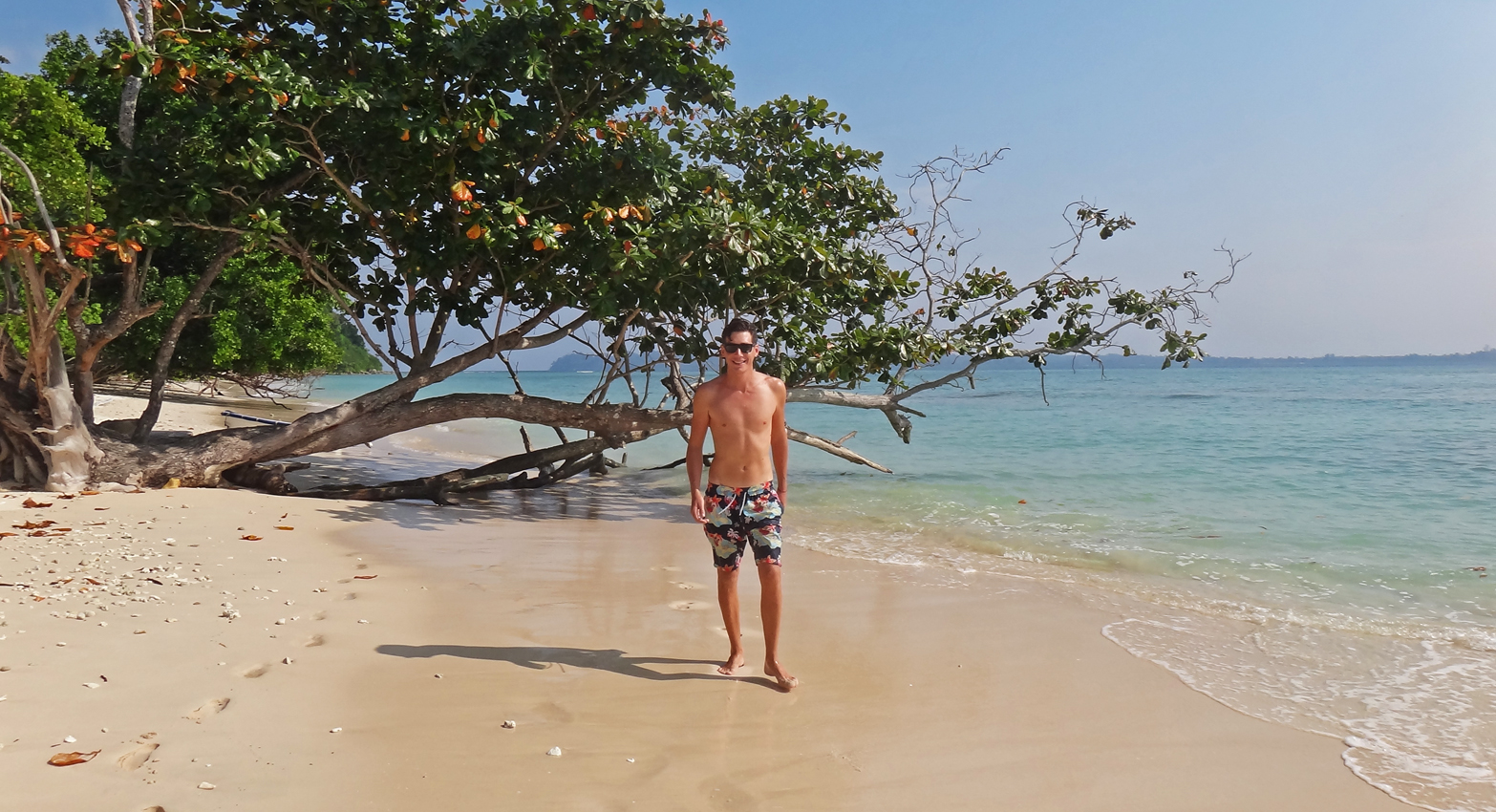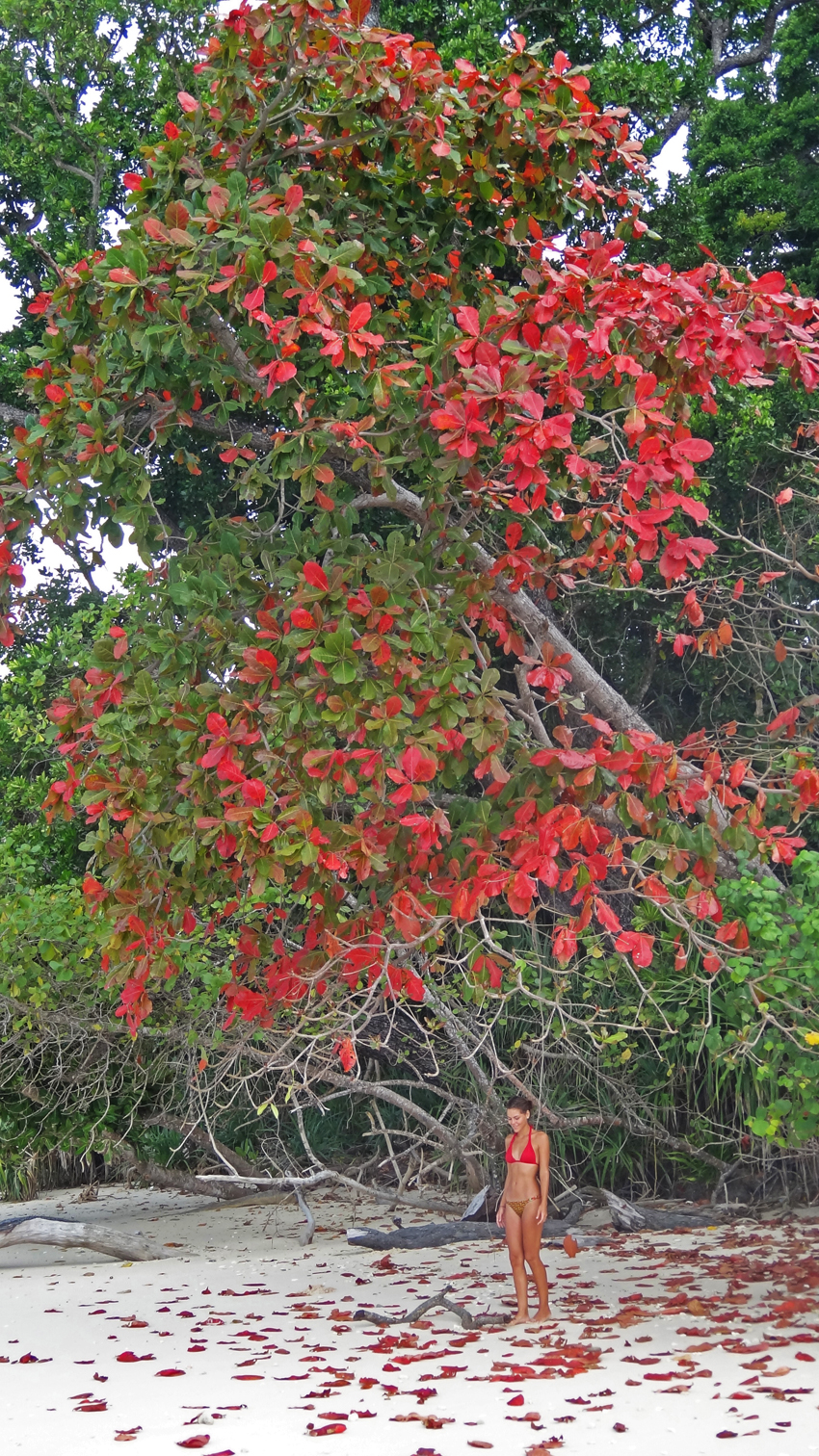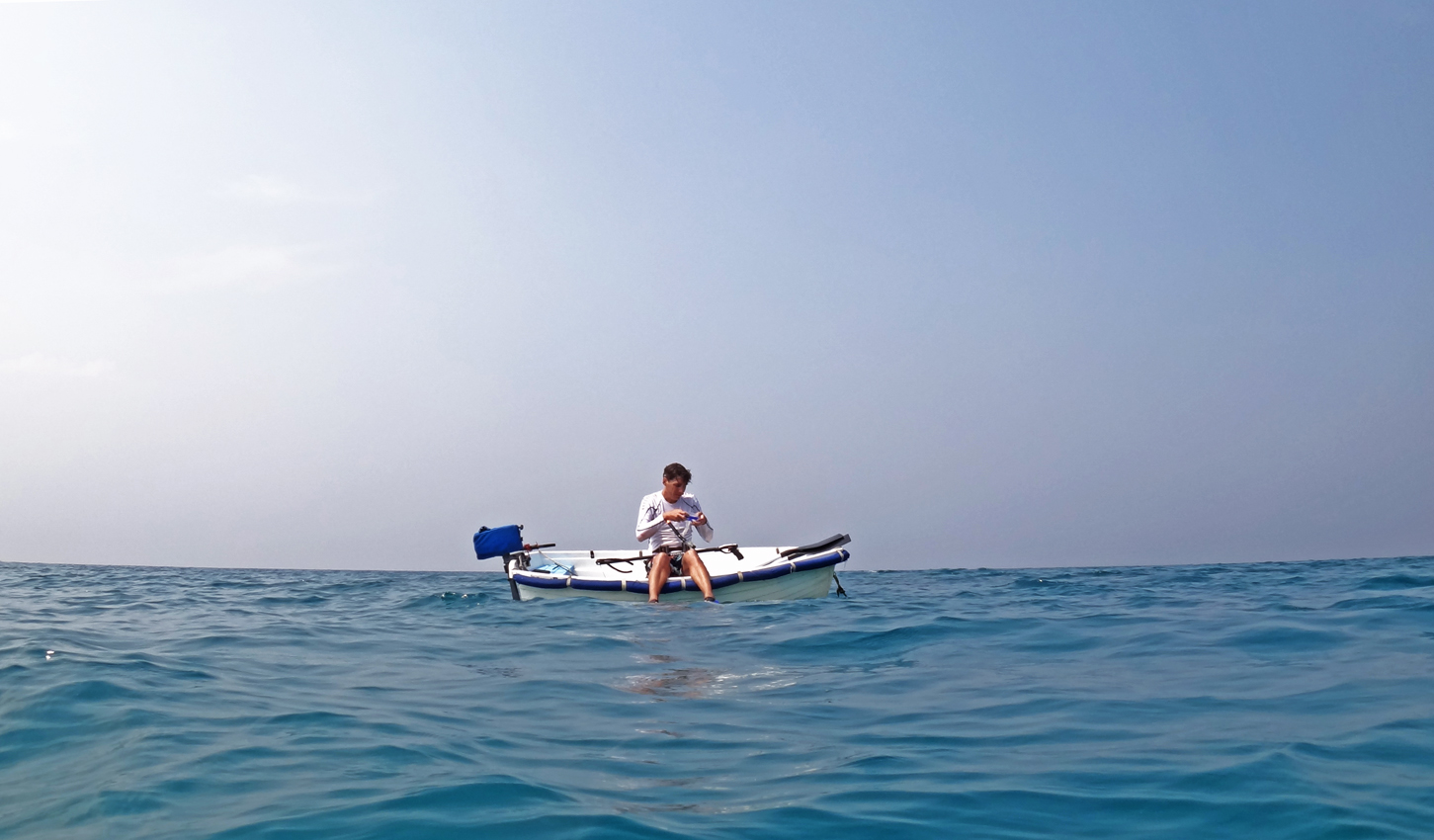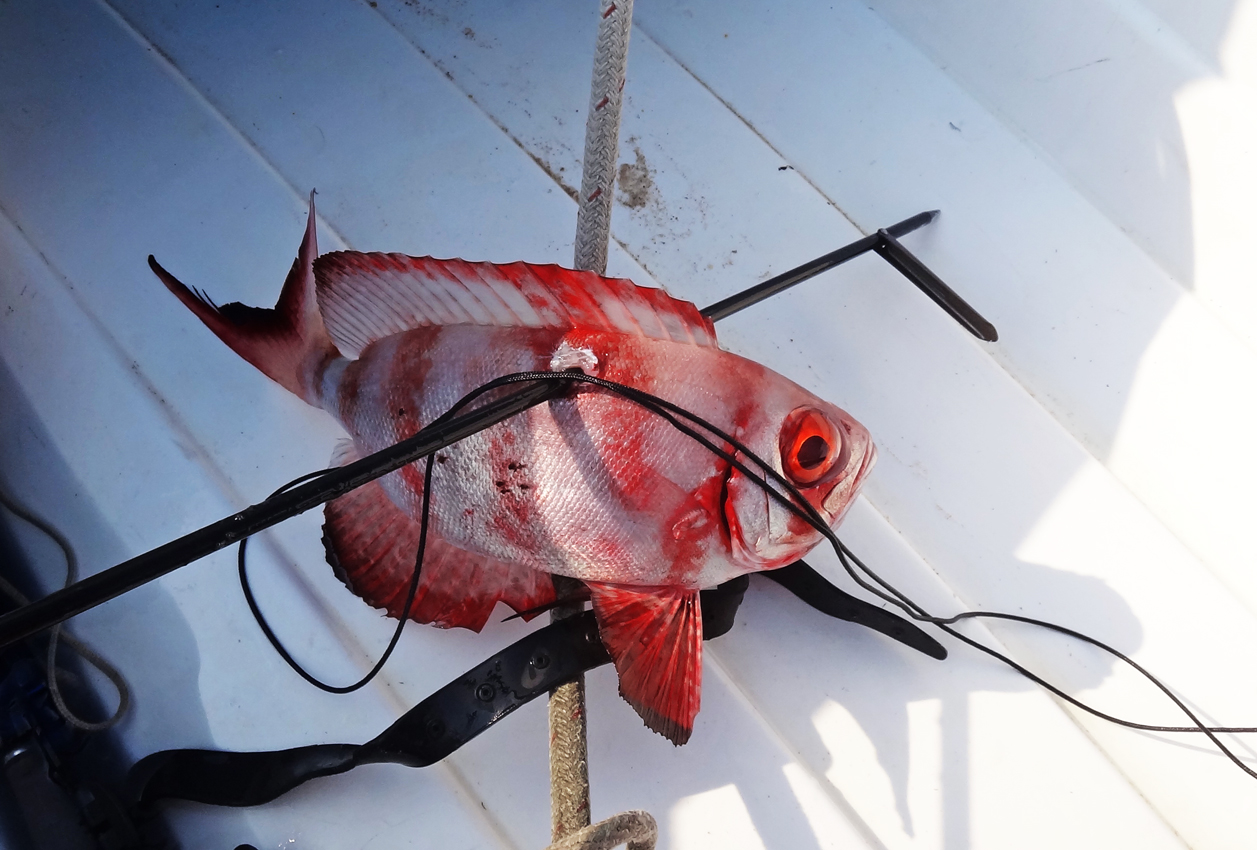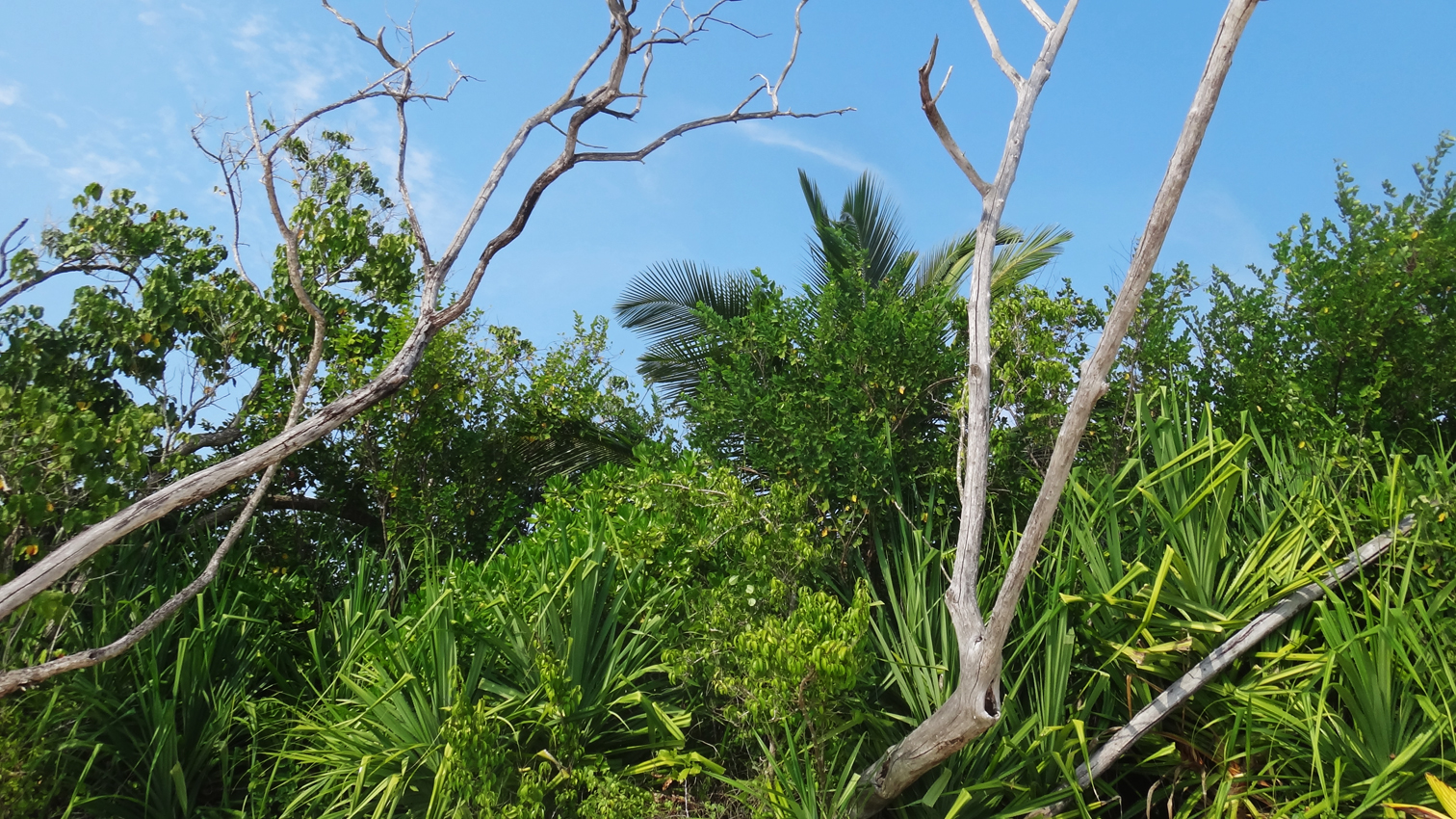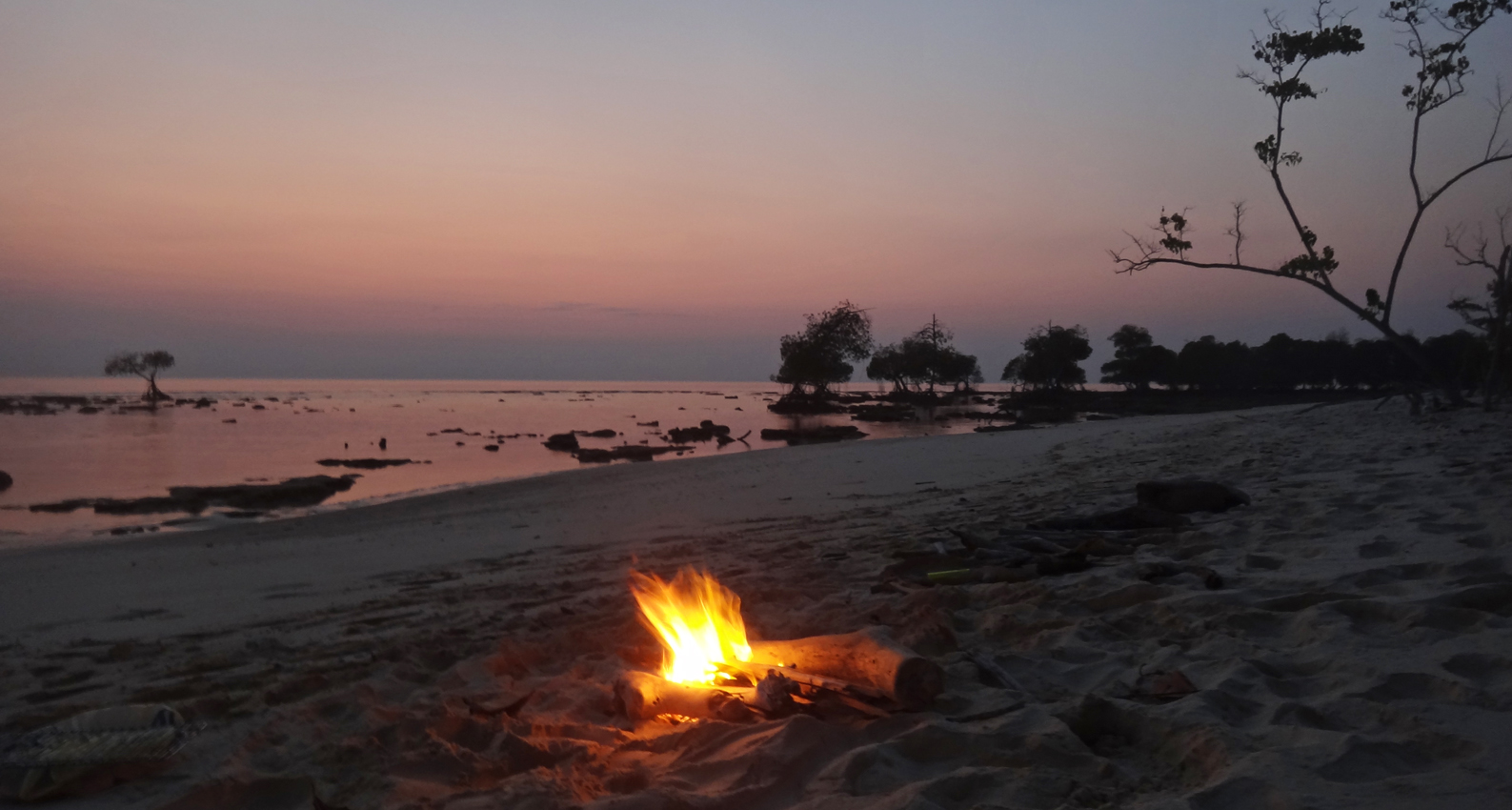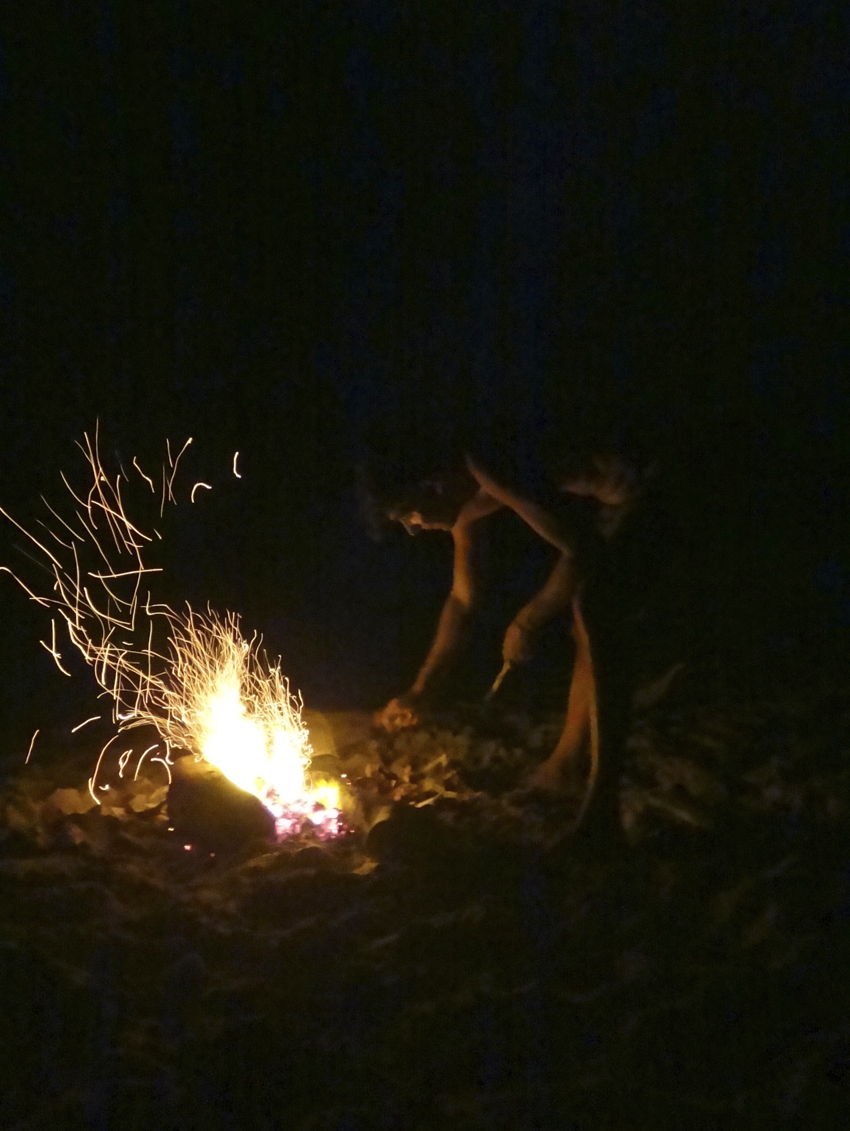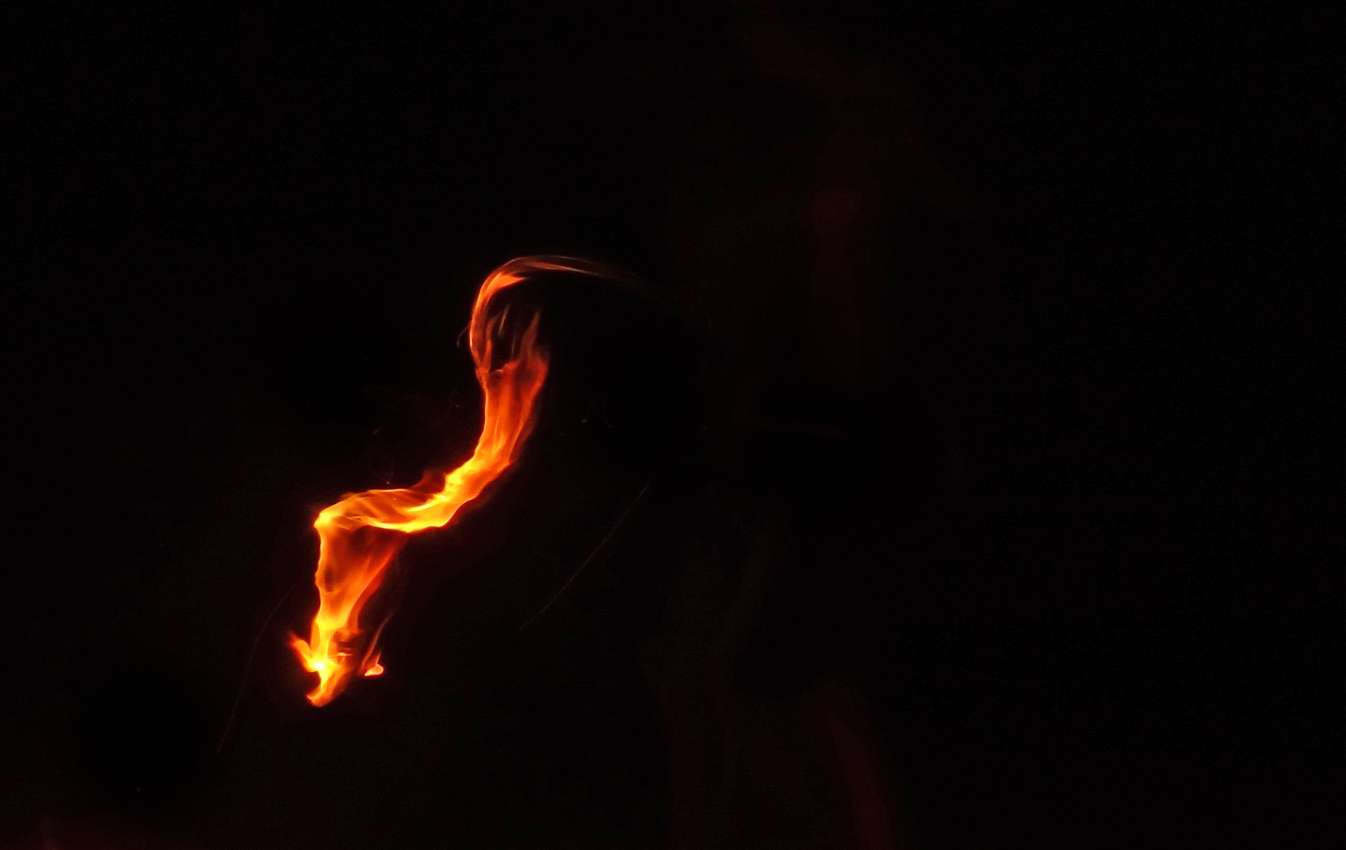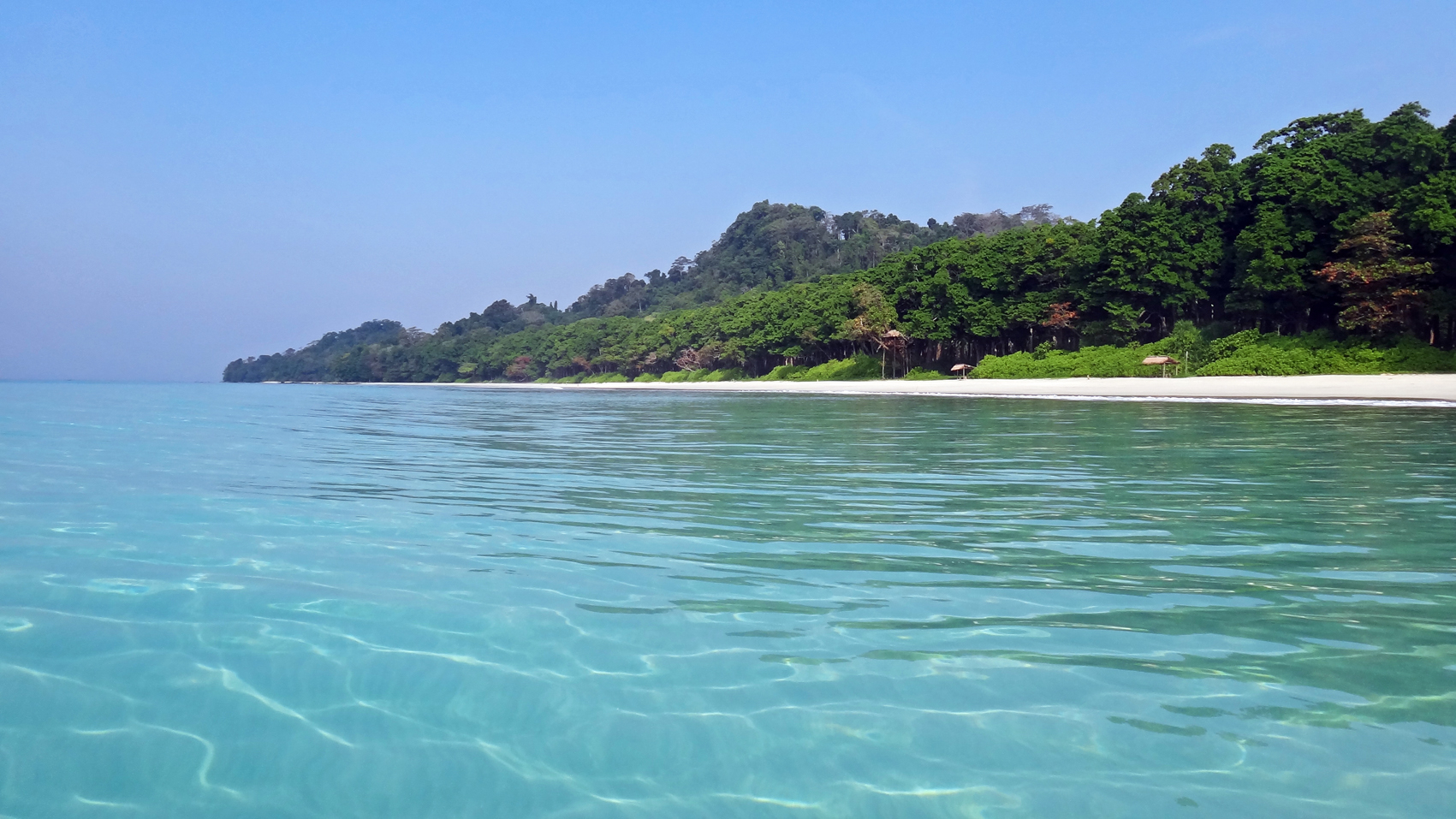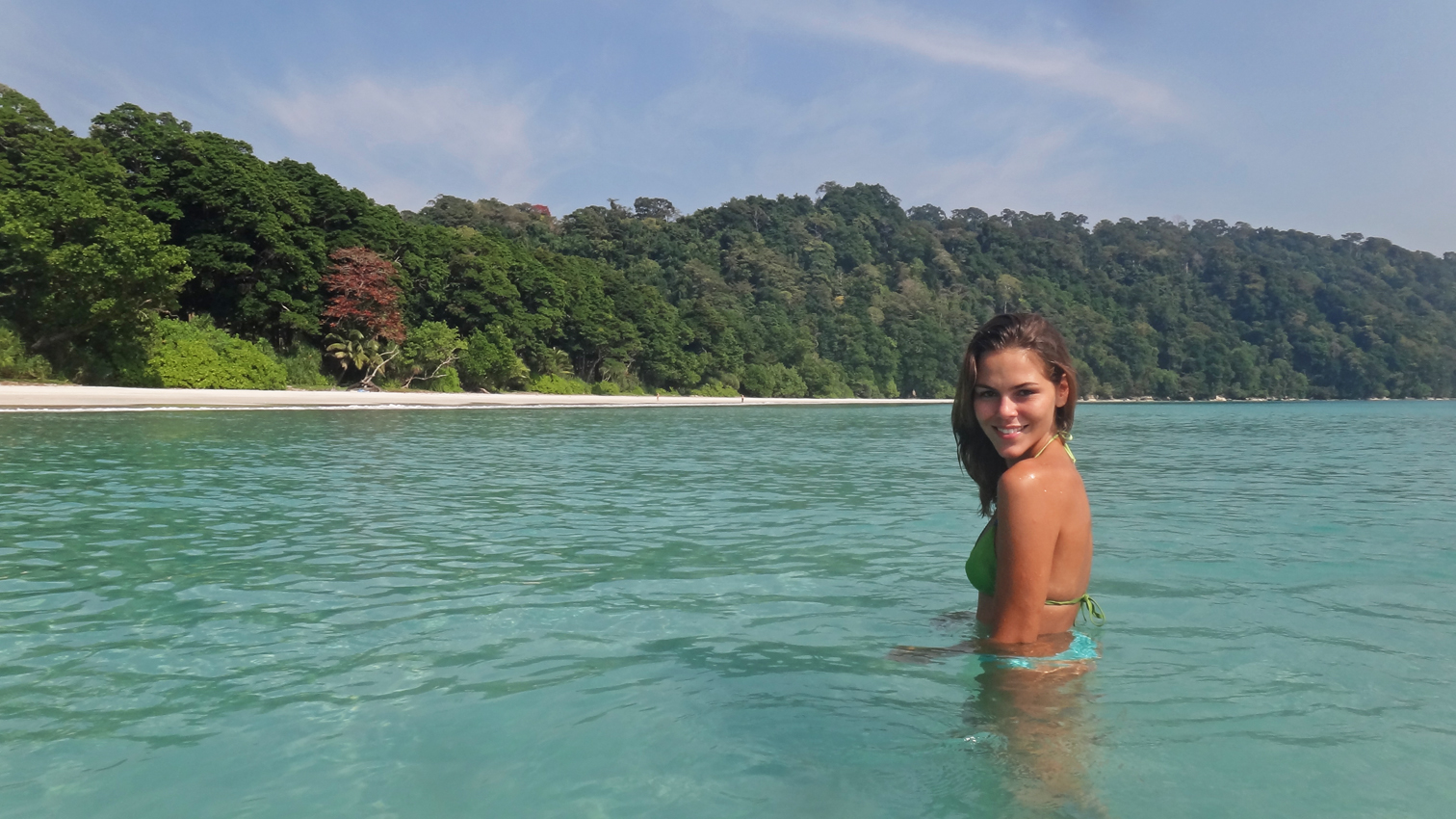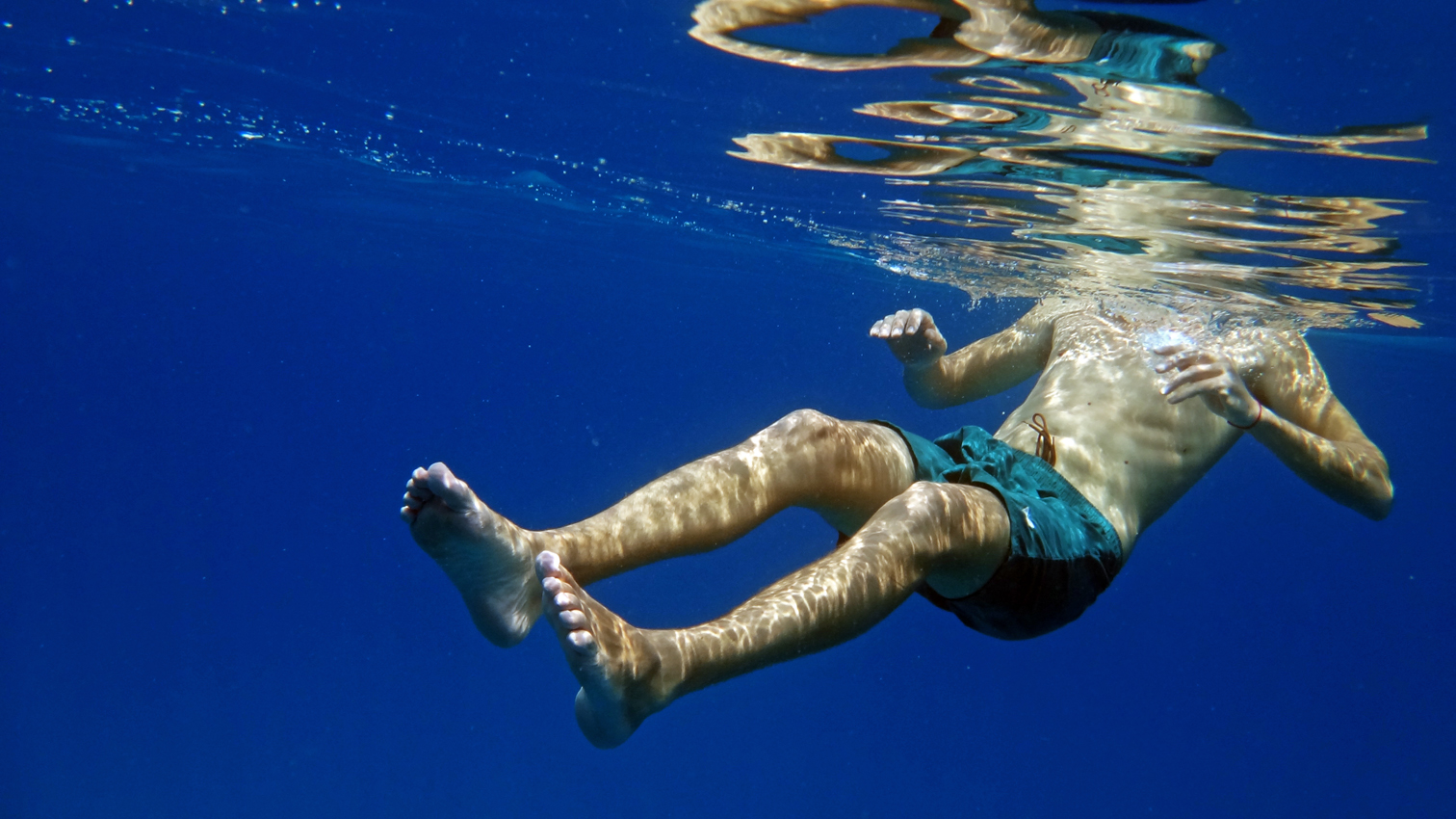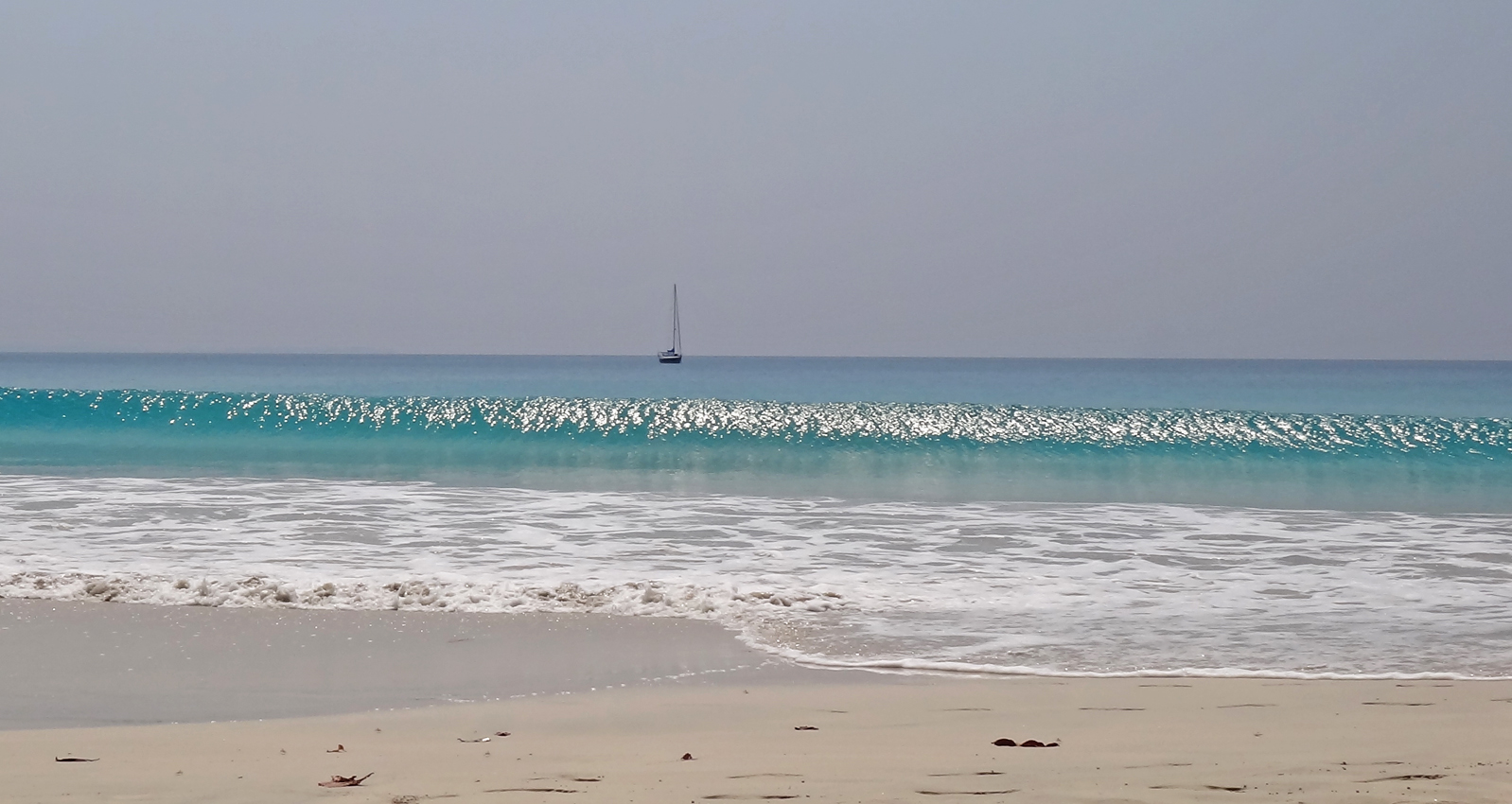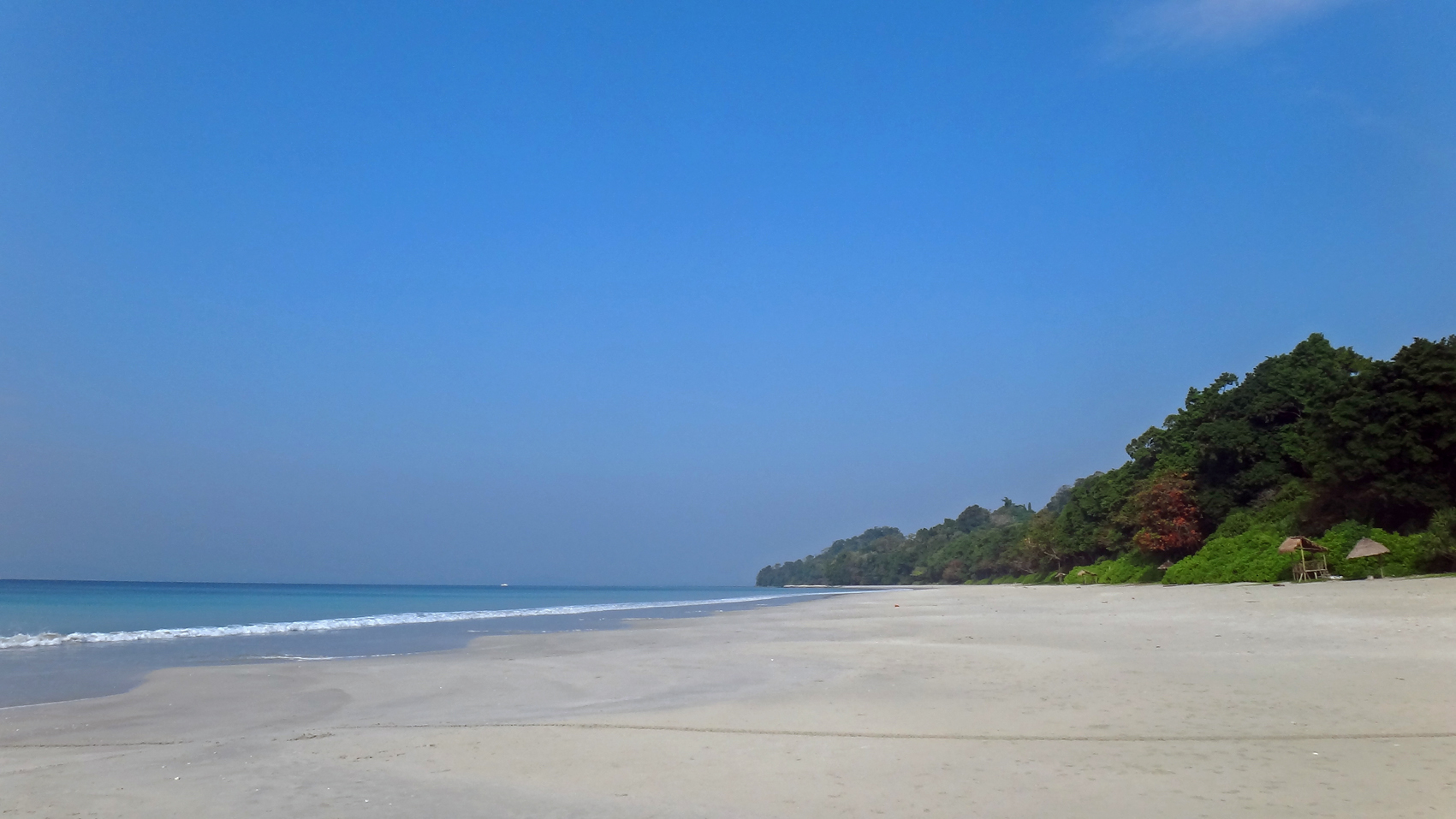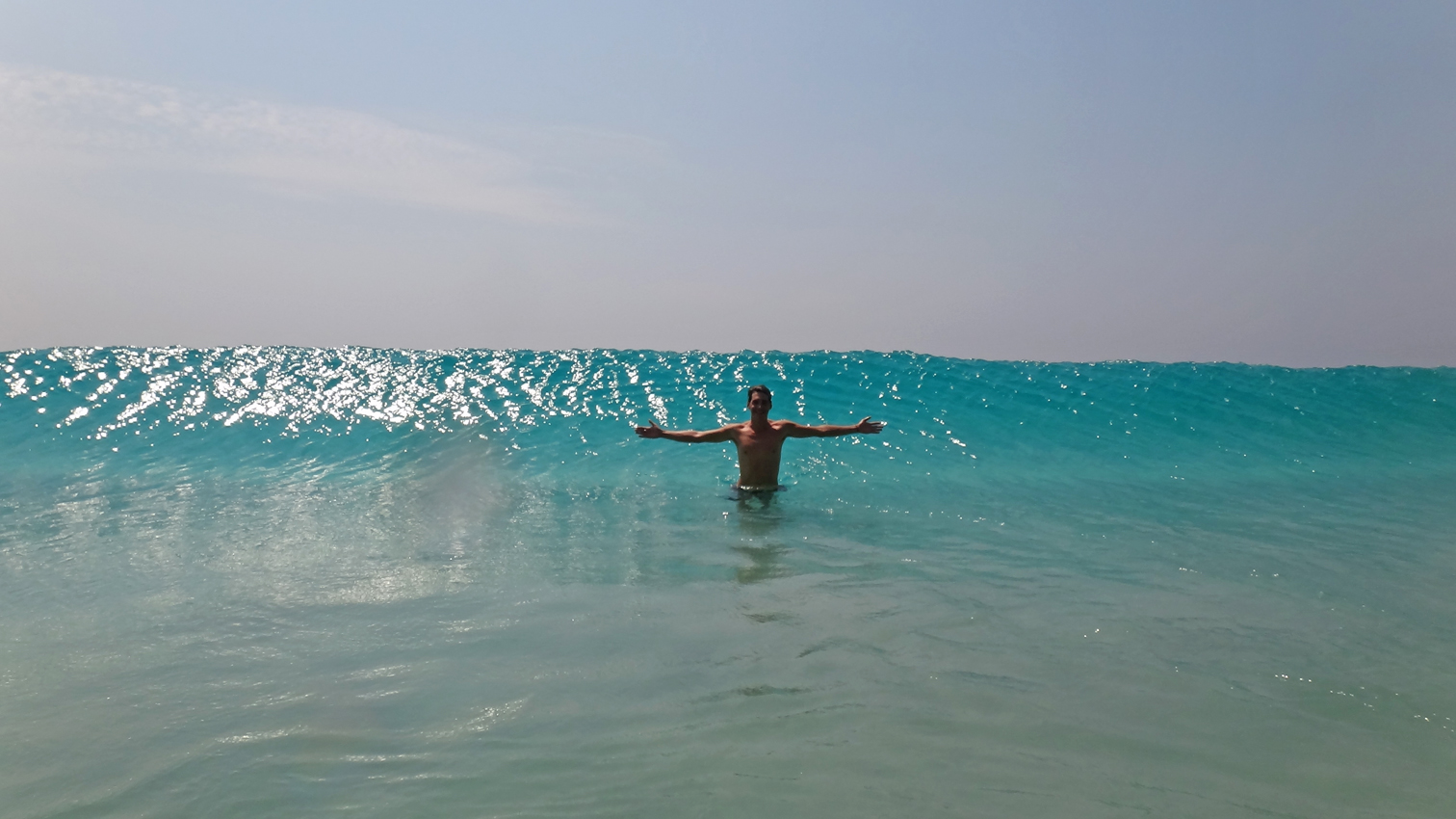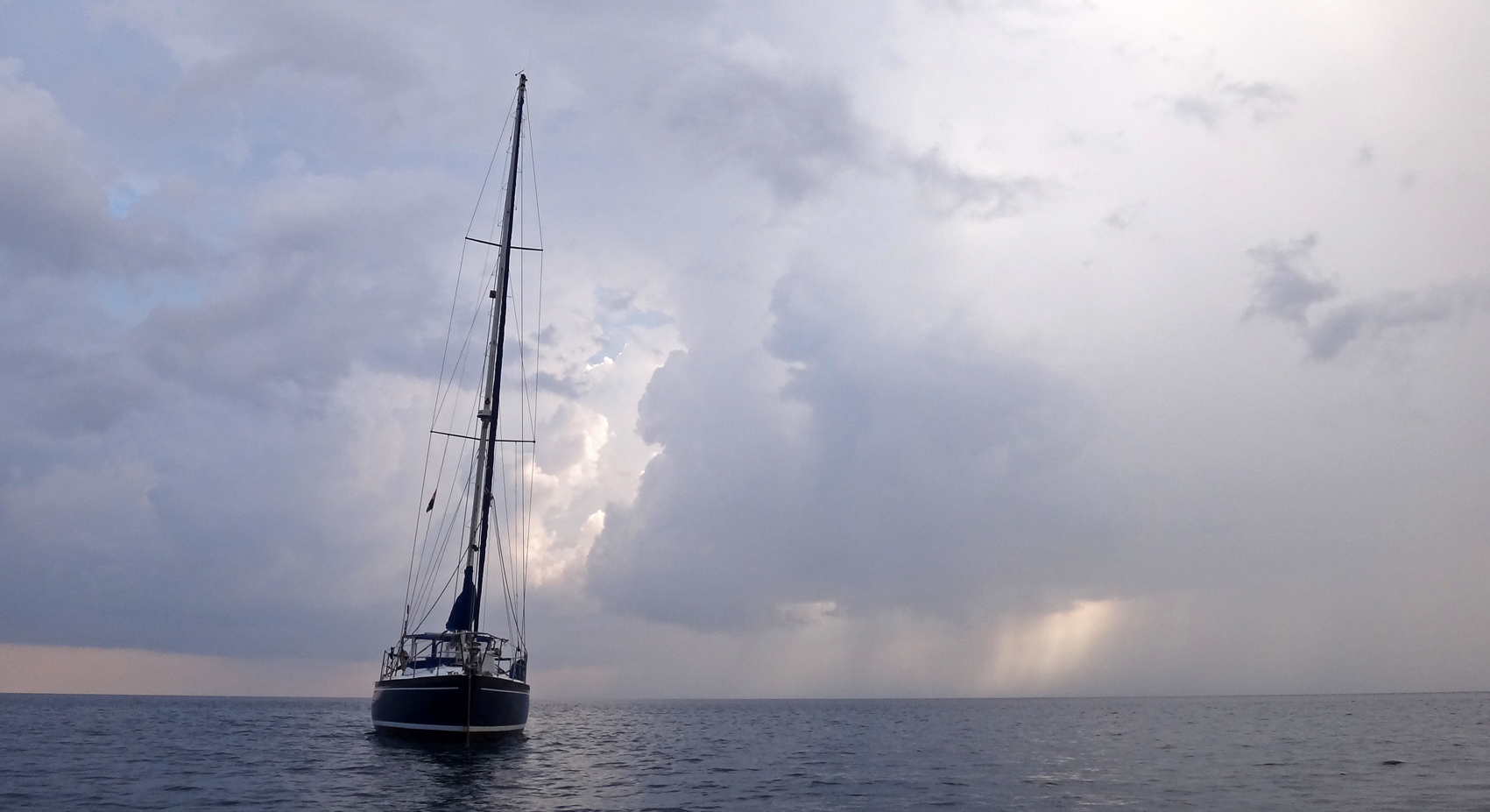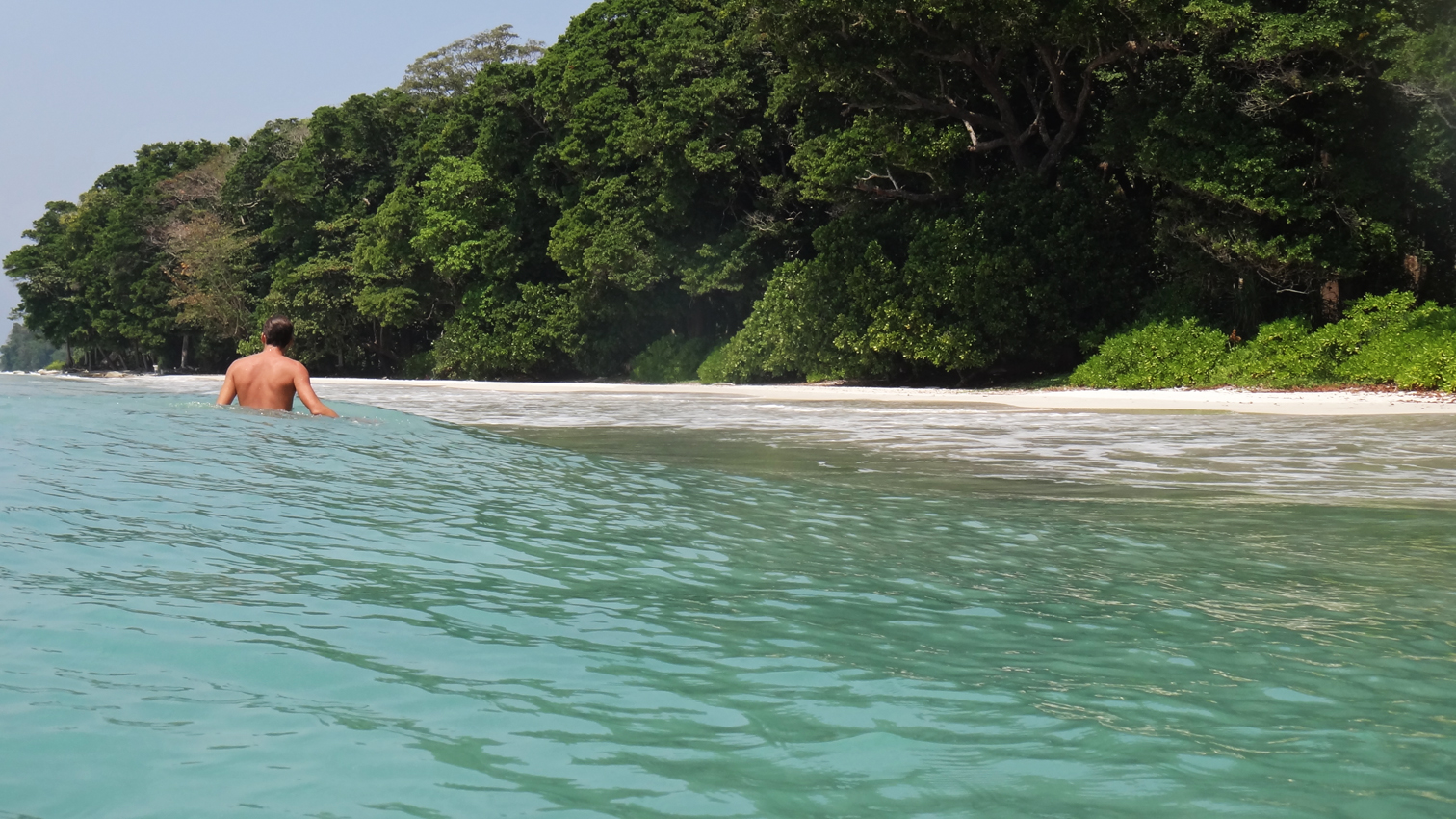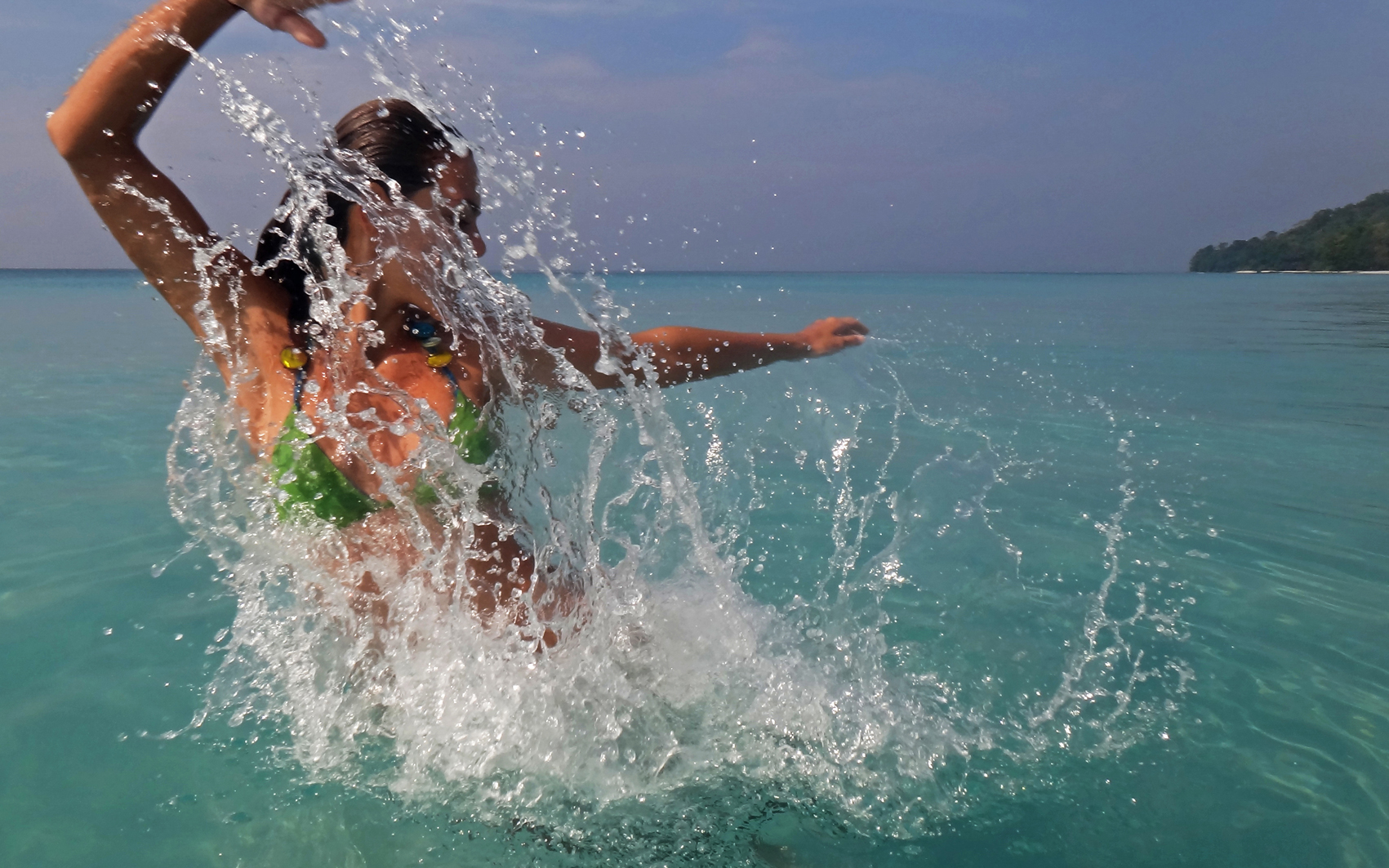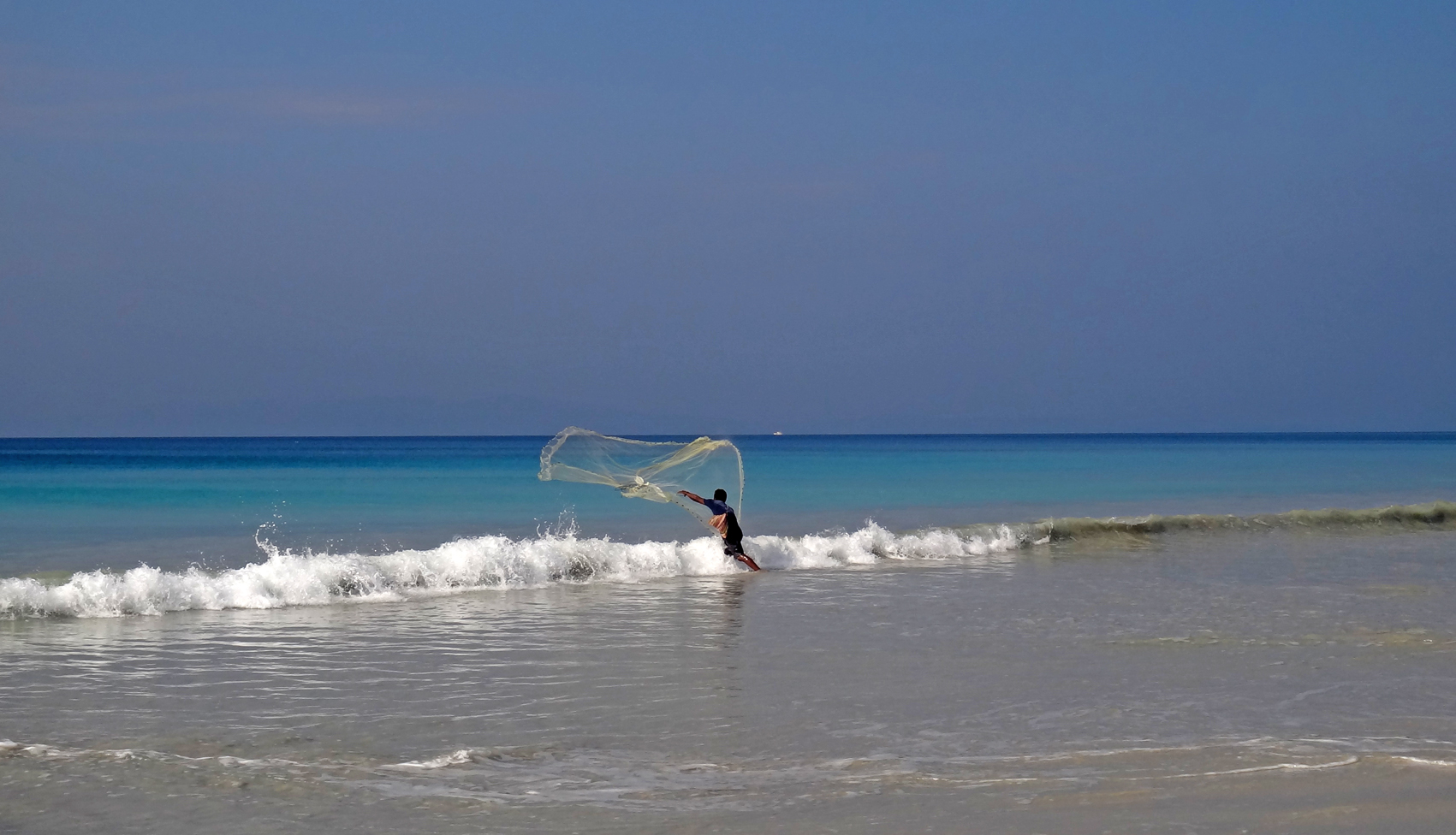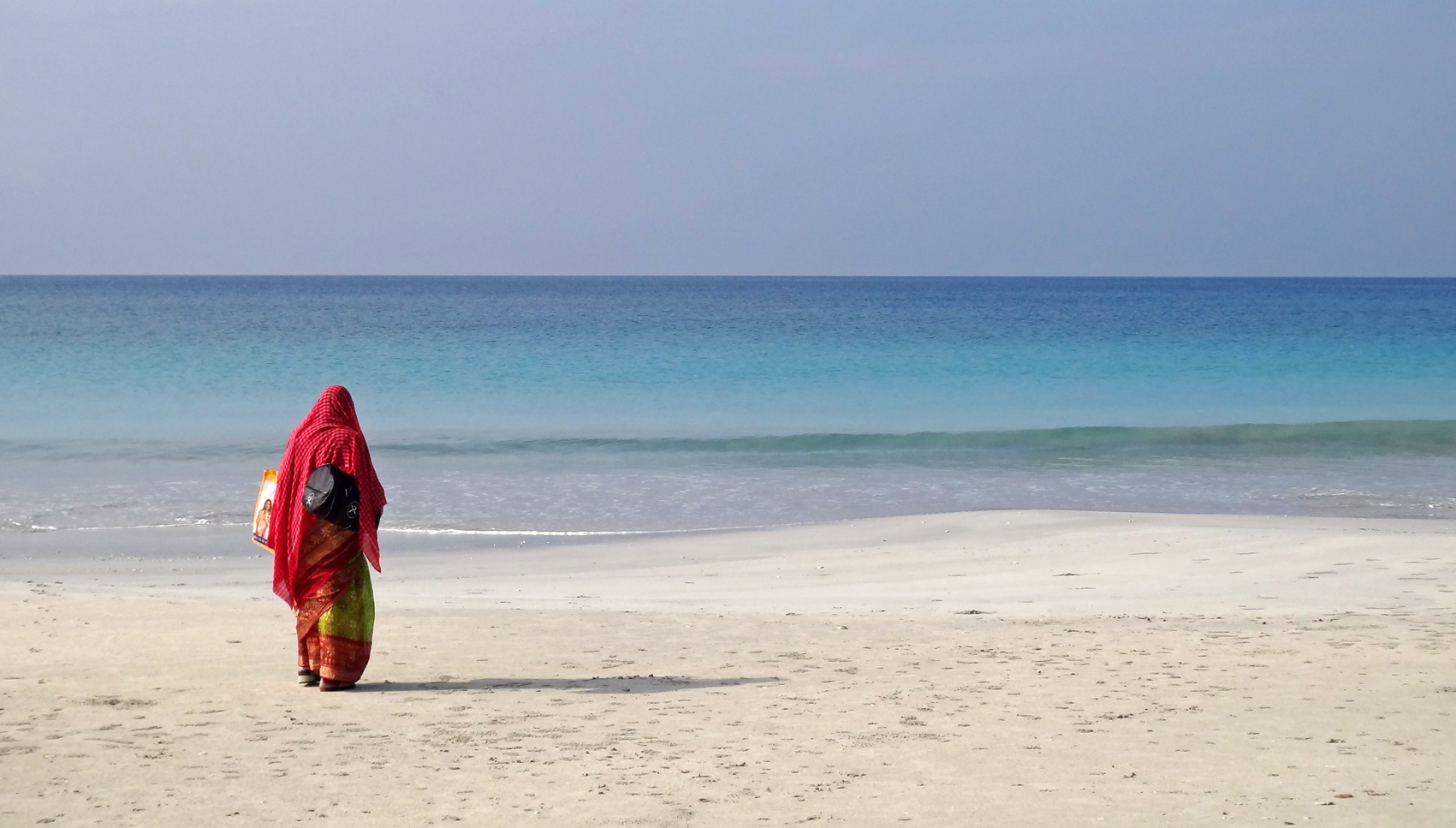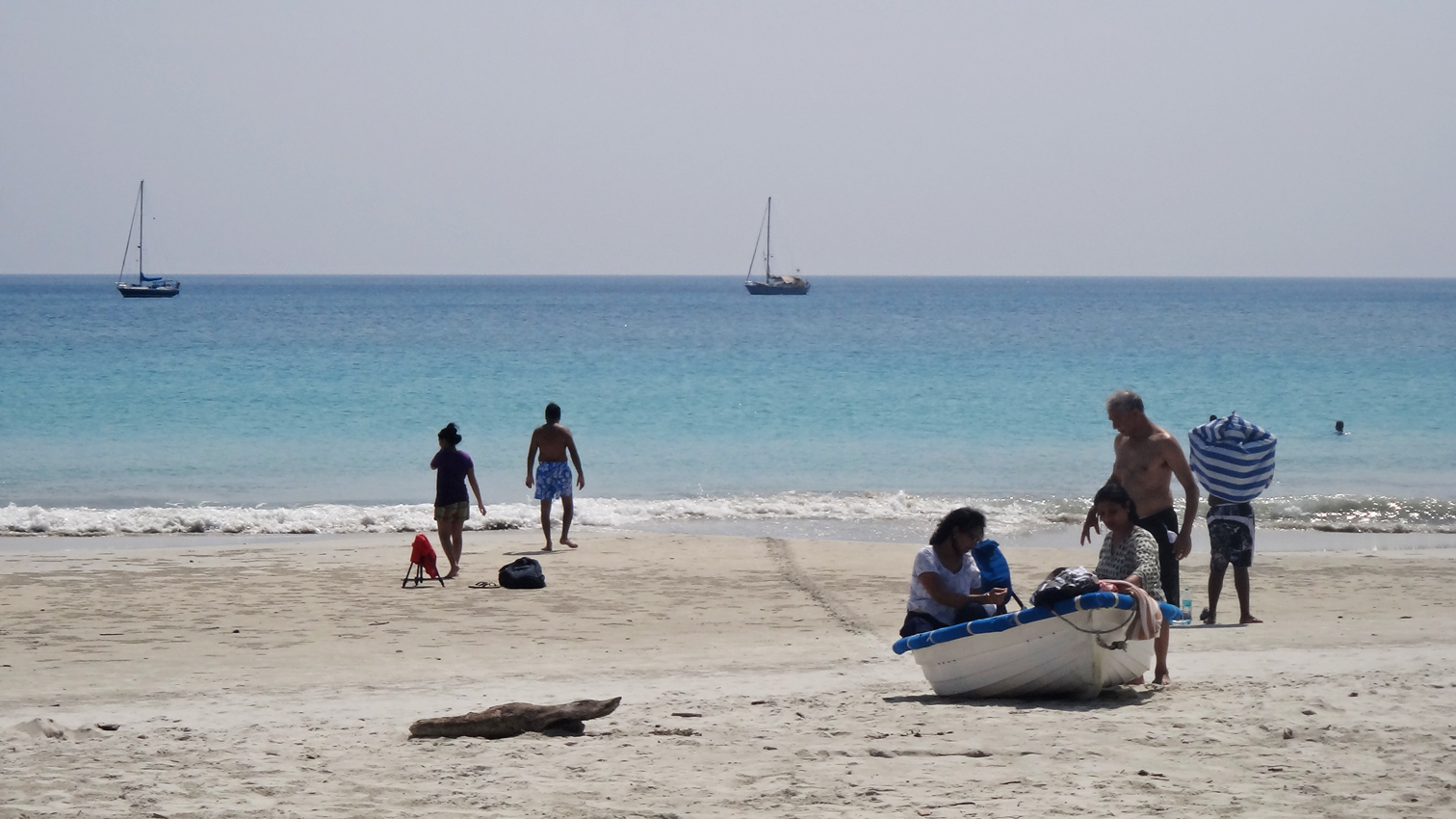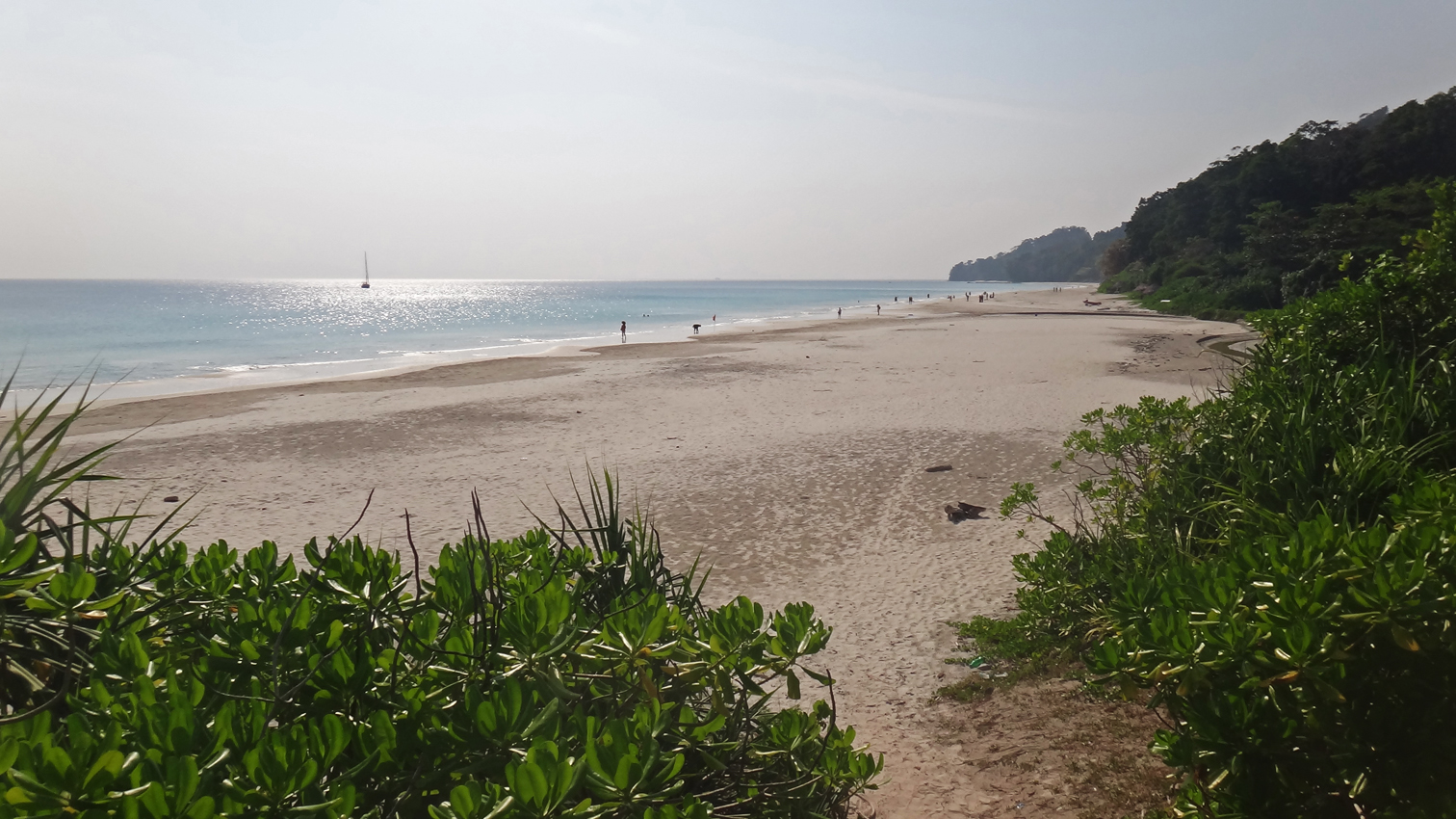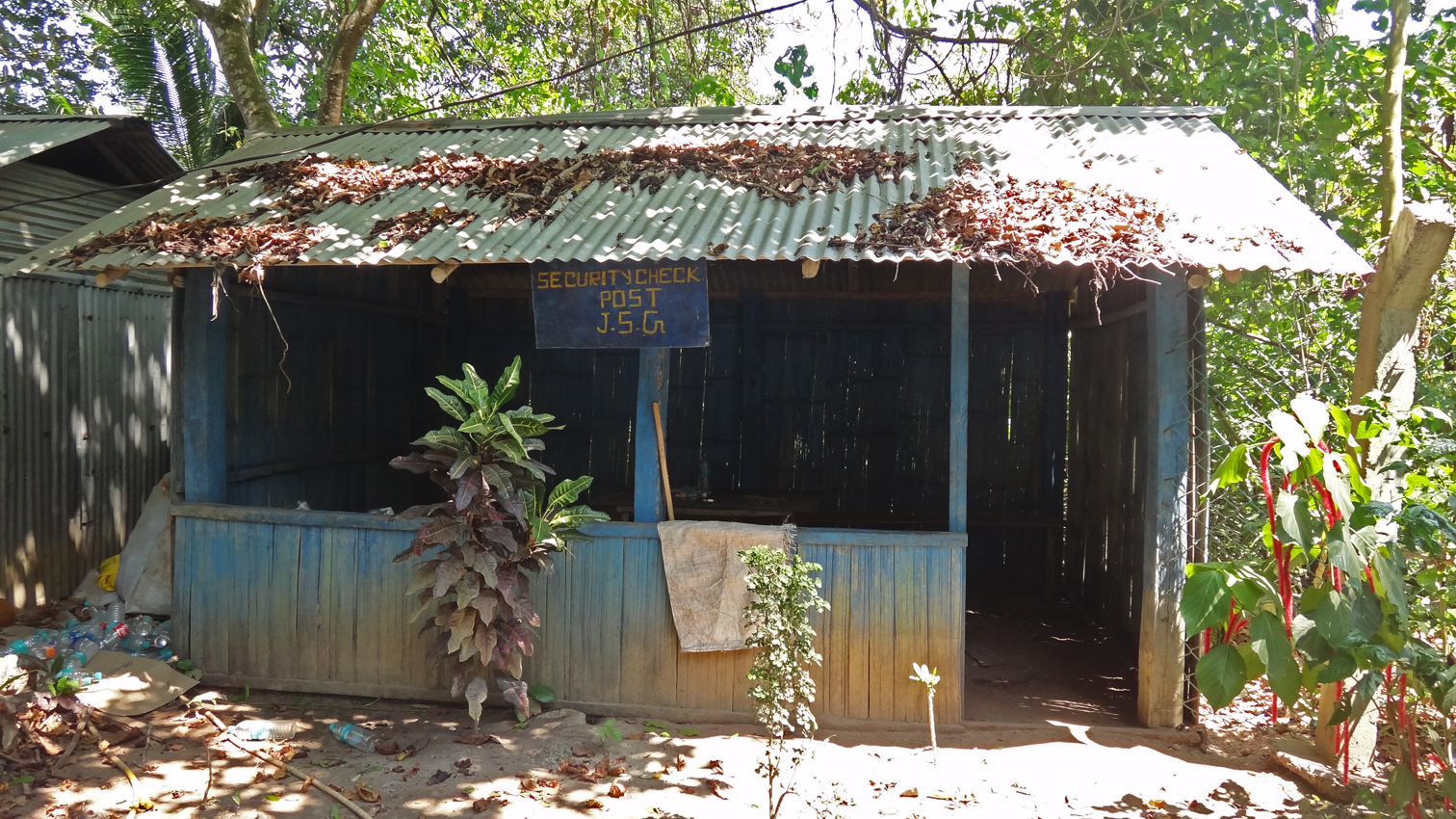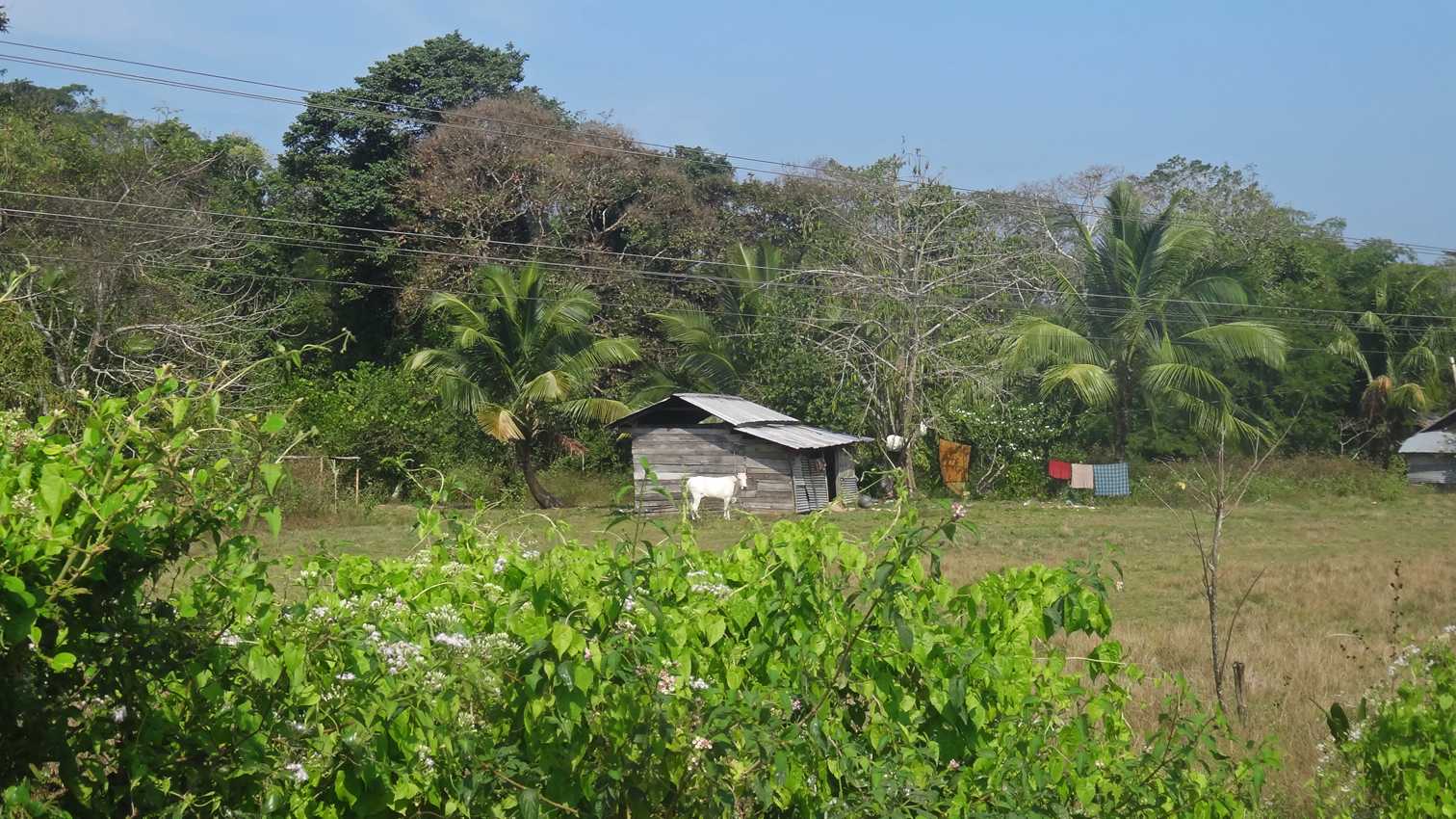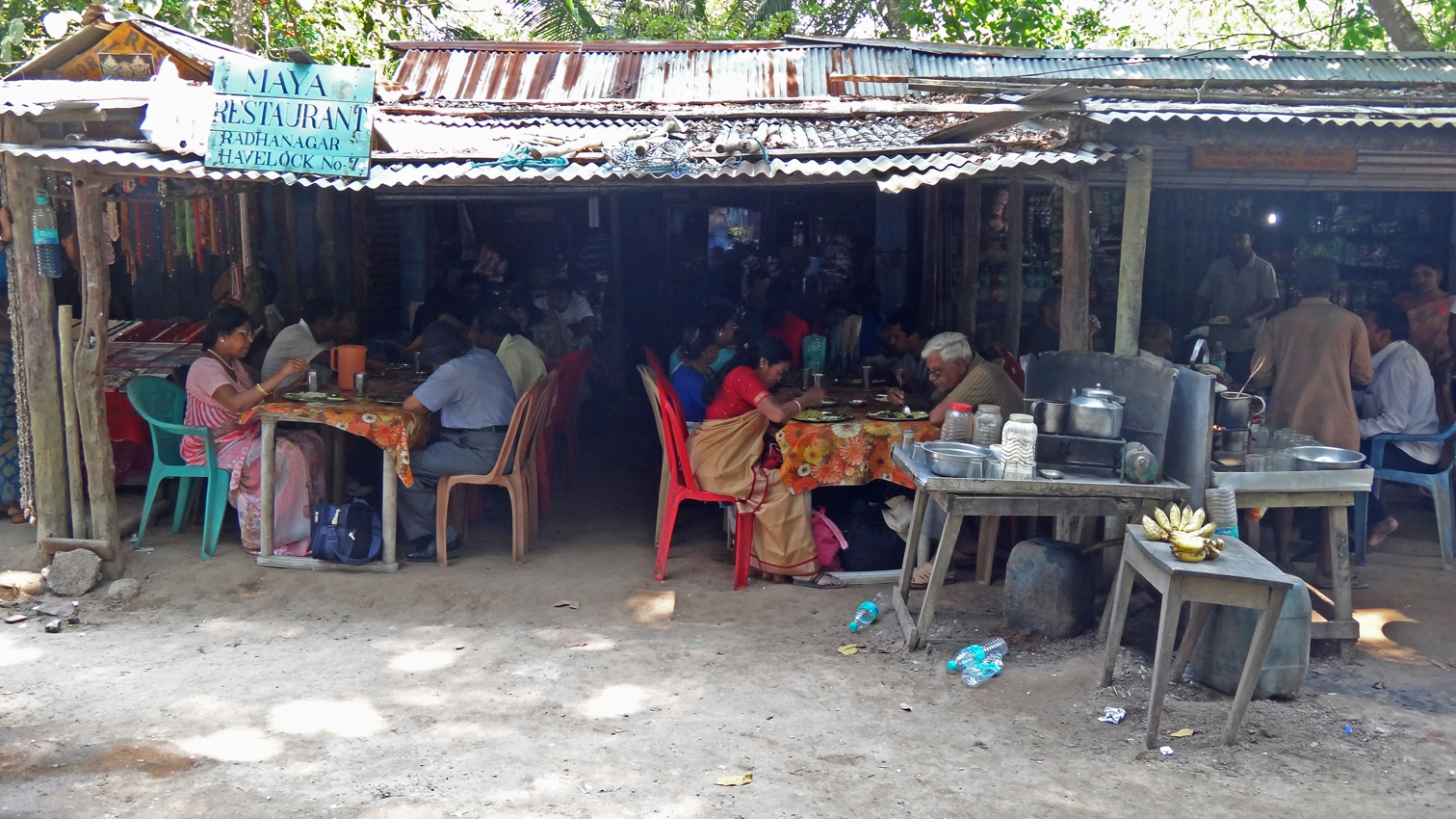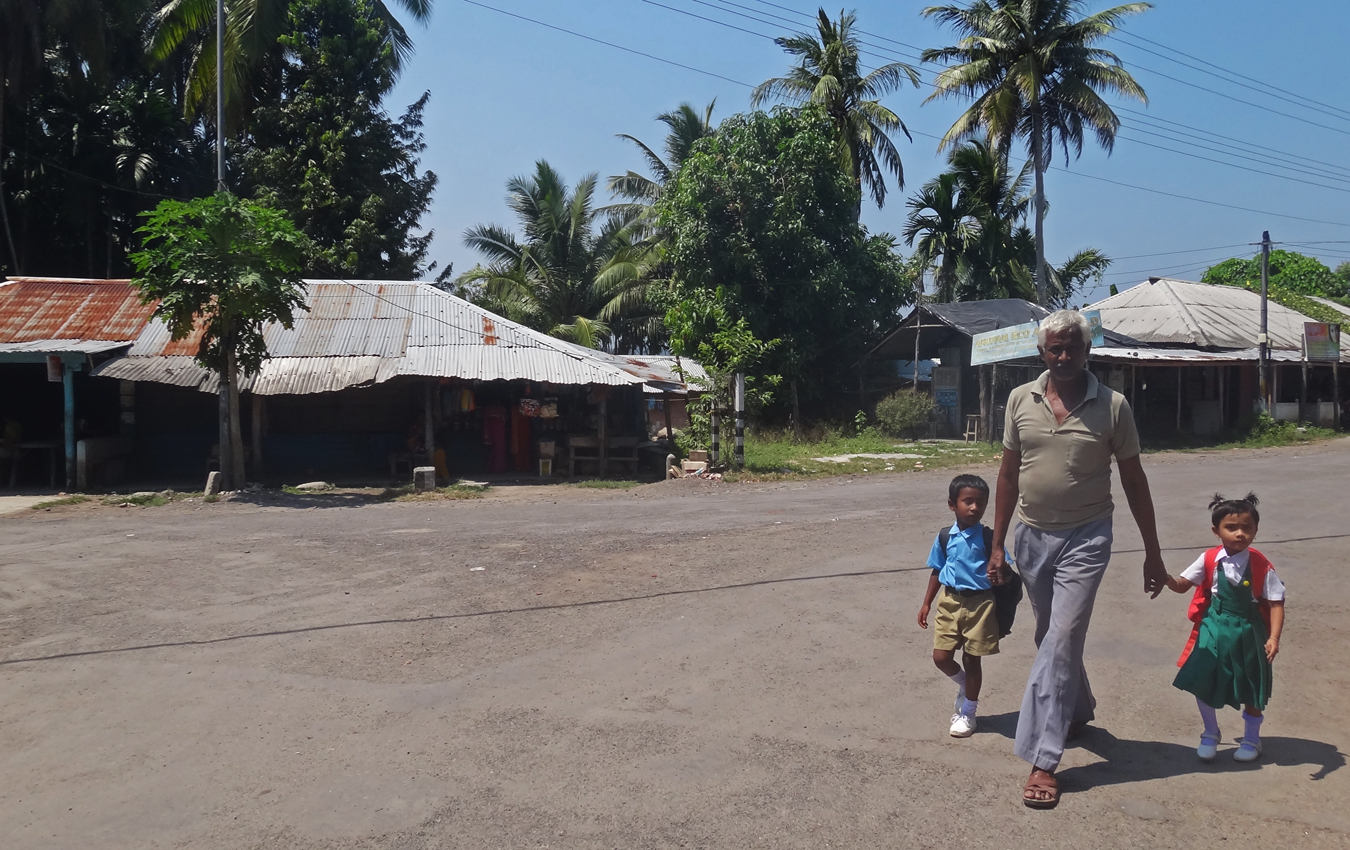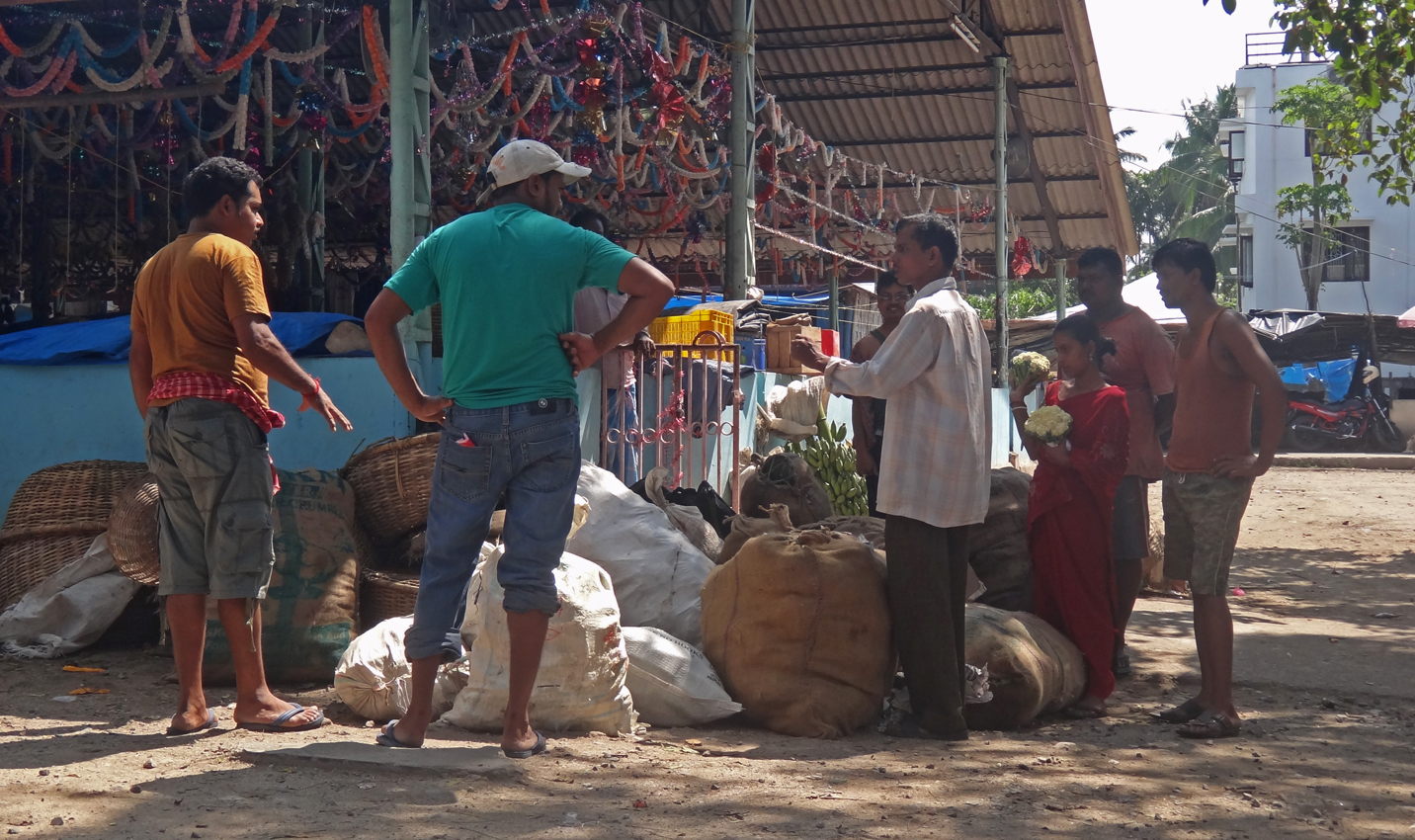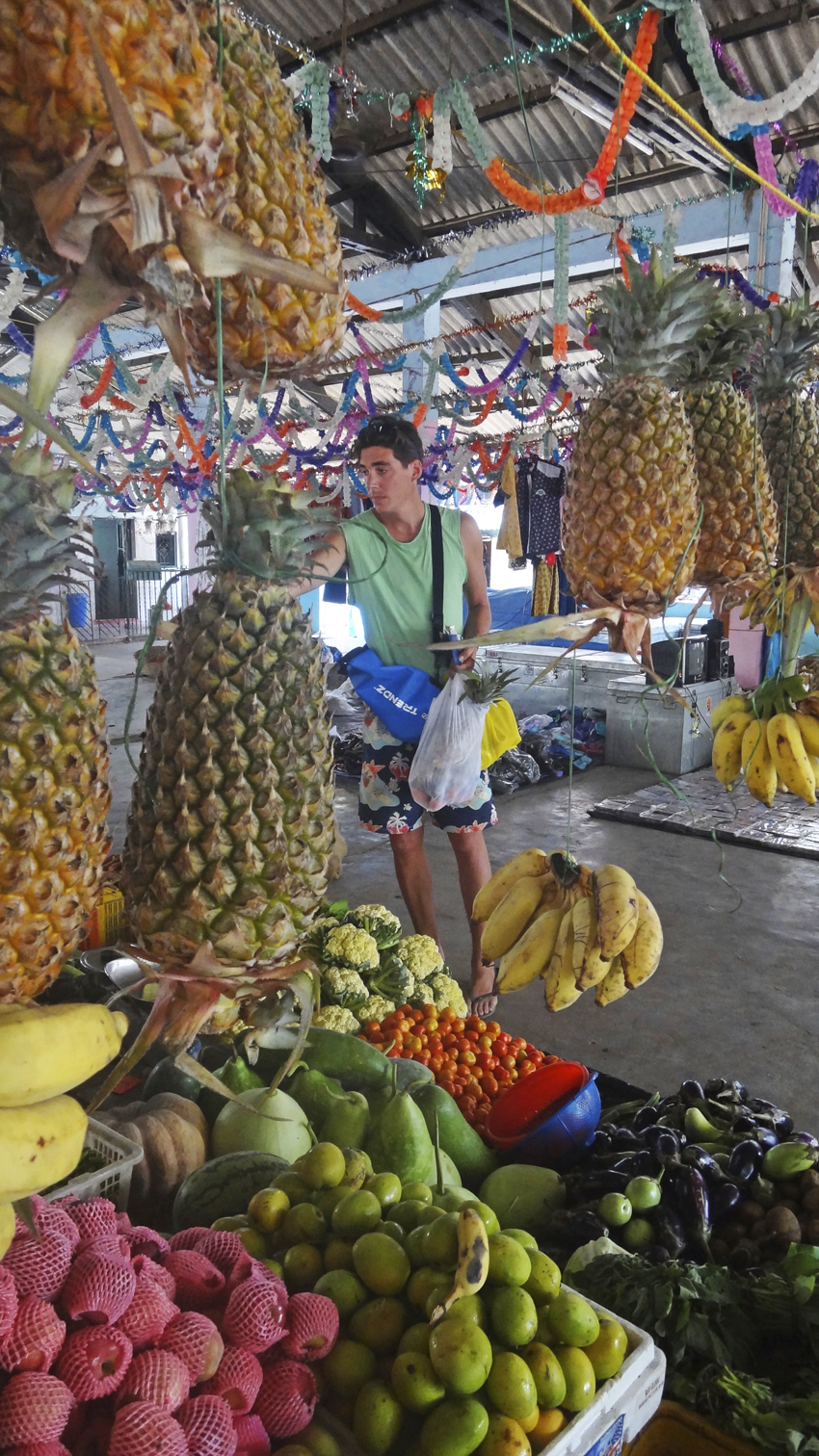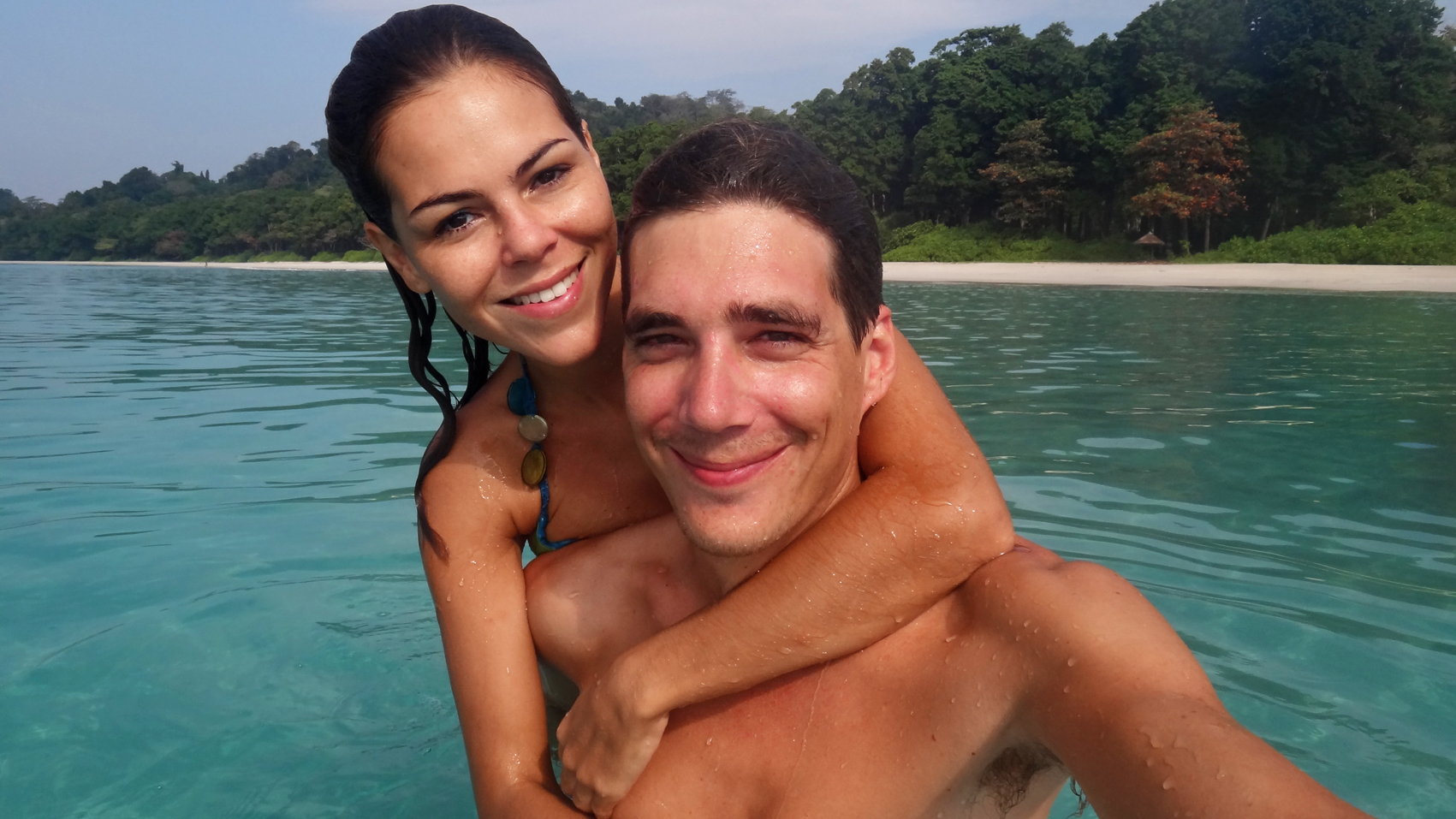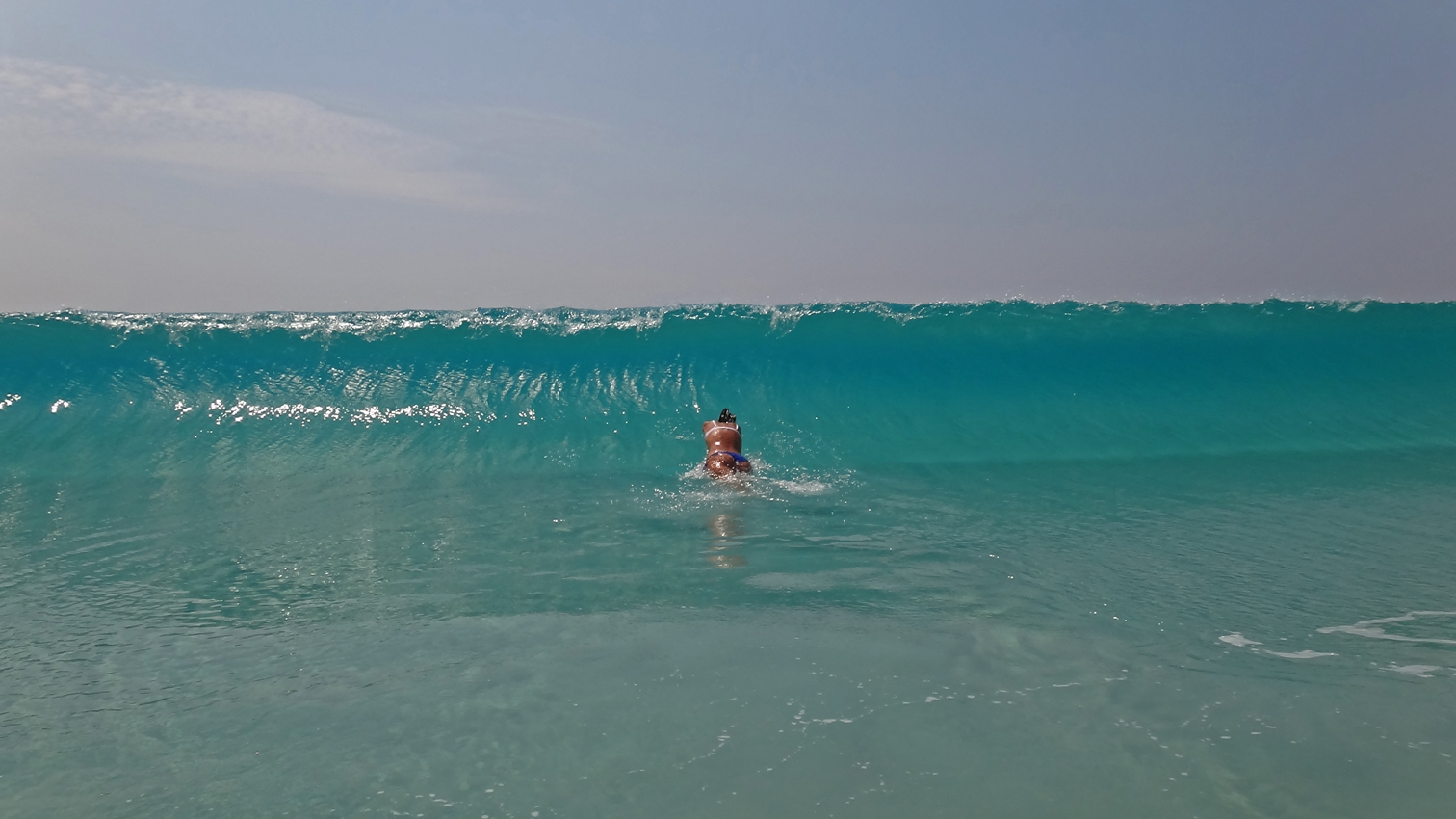SAILING AS A SPORT | Part 3 of 3: François Gabart
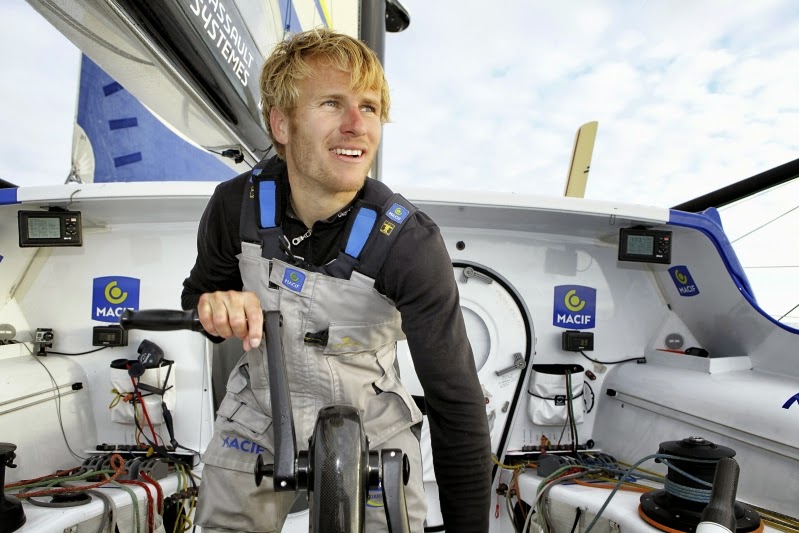
Photo: O.Blanchet
François Gabart did it again. He crossed the finish line of a singlehanded transatlantic sailing race in first position.
At 33 years of age he is a very young French sailor and like Mozart, Picasso or Messi, he is a true genius. Never had the world of singlehanded sailing seen such a talented sailor at such a young age.
As a kid François sailed around the Atlantic with his family for a year, that’s where he developed his passion for sailing. He won a lot of races on small boats as a youngster, while securing an engineering degree, but it’s singlehanded on big boats that François became a star at before he even reached 30 years of age: a rare thing in the world of sailing where experience is key.
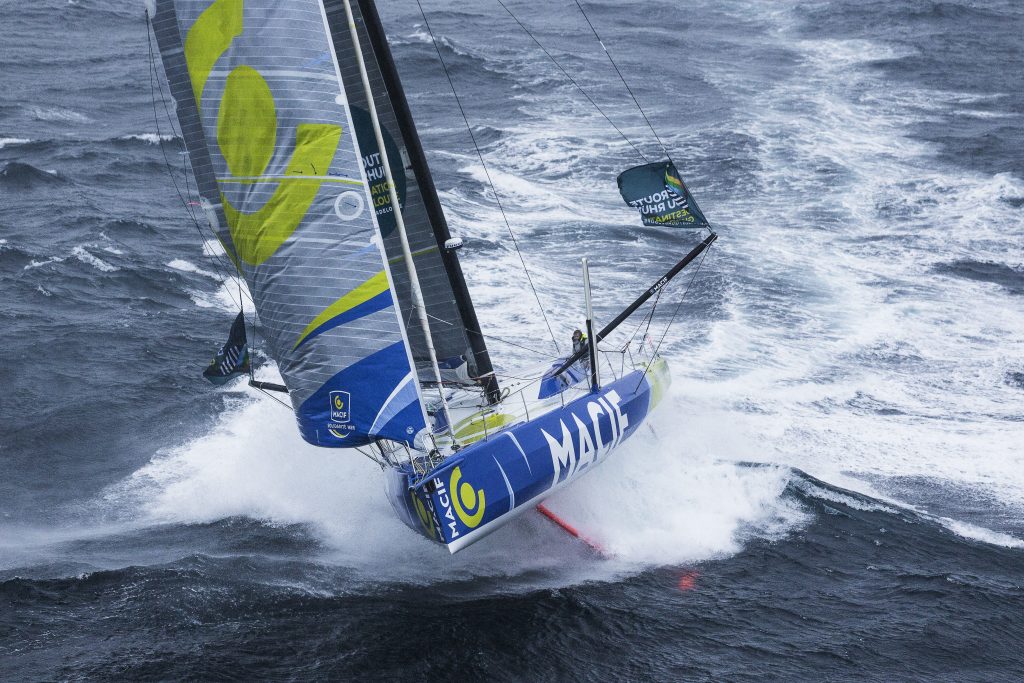
Photo: Jean Marie Liot
In 2011, at 27, he takes part to the Transat B to B, his first transatlantic race on his monohull Macif and wins it.
In 2013, he takes part to the Vendee Globe, considered the toughest singlehanded sailing race around the world on the same boat, and wins it on his first try, after an incredible duel against Armel Le Cleach, the runner up of the previous edition.
In 2014, nobody can beat him as he crosses the Atlantic victoriously during his first Route du Rhum, still on Macif.
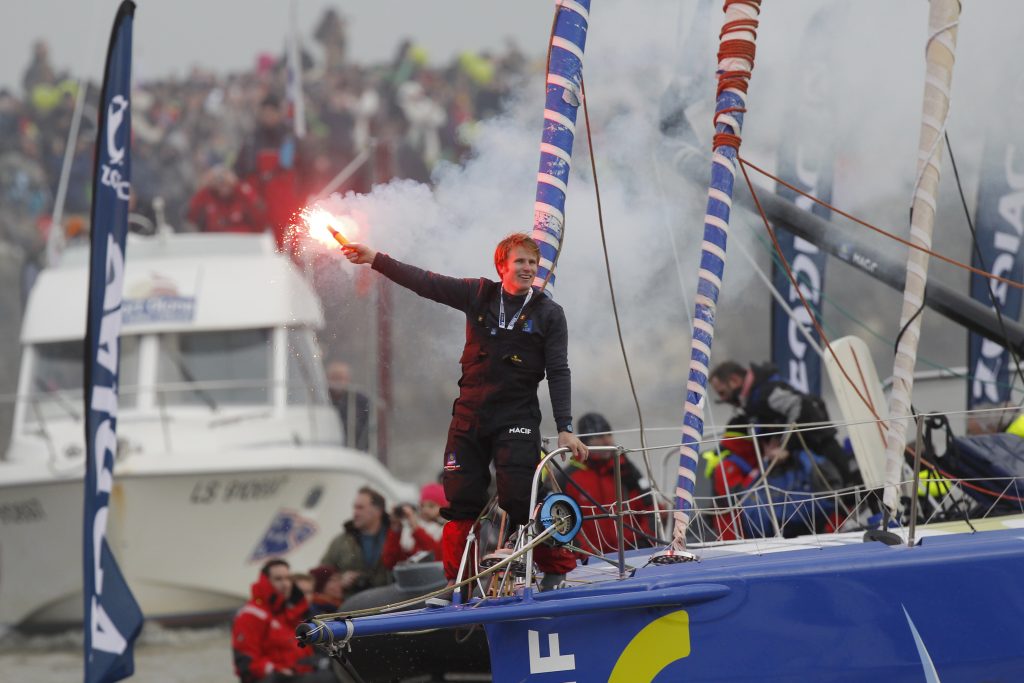
Photo: Stephane Mahe
The Vendee Globe and the Route du Rhum enjoy large media coverage in France and Gabart is now a prominent figure in the world of French sports. Because of his young age, blond hair, blue eyes and incredible achievements, the media nicknamed him “Le Petit Prince”. That’s cute and it makes a good magazine cover, but what the general public often doesn’t know is that François is an extremely hard working technician. He is very much involved in every stage of the design and building of his boats. He asks a lot of questions and writes everything down. He is the combination of a scientist and an athlete with the mental strength of a warrior.
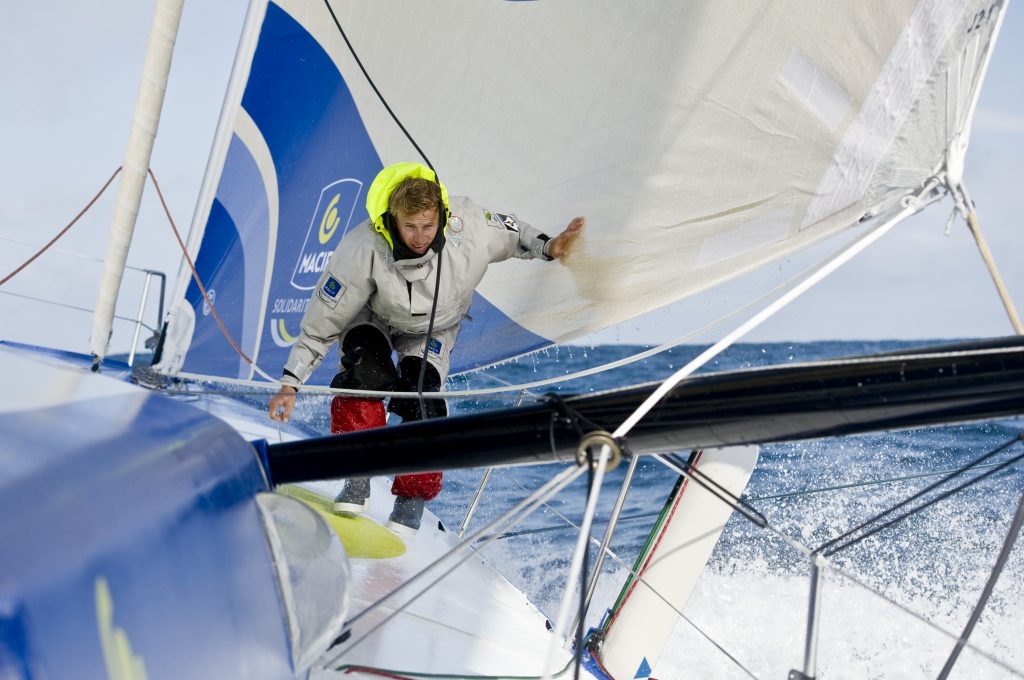
Photo: Vincent Curutchet
François Gabart has already won everything on his 60ft monohull. In 2013 he convinces his sponsor to build a giant: a 100ft trimaran (30m).
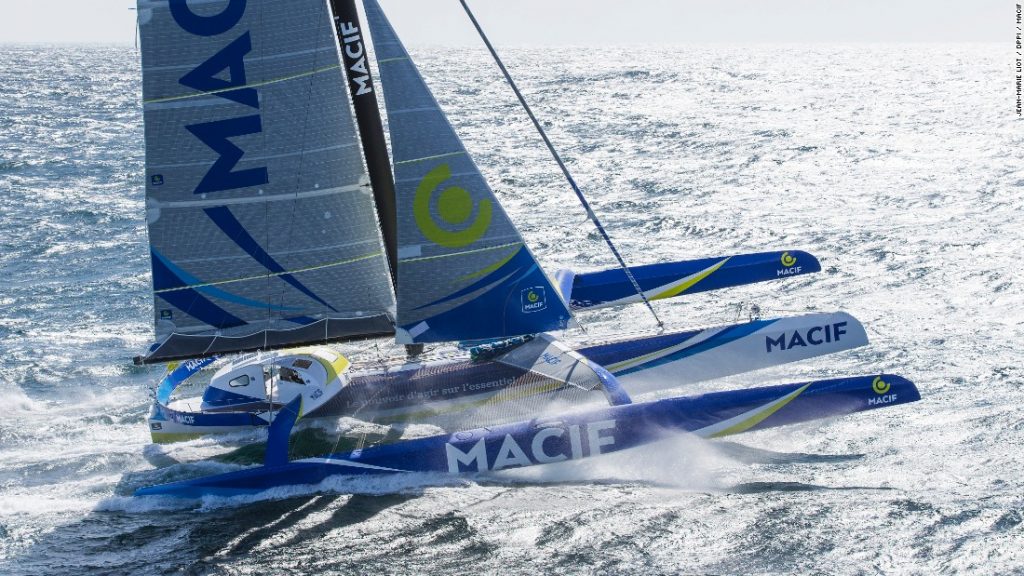
Photo: Vincent Curutchet
This completely different type of boat is a whole new ball game. Everything is bigger and requires even more physical energy. Rolling a sail in and unfurling another one out is equivalent to a hardcore one hour gym session, and has to be done up to 10 times a day. The handling of these giants also comes with a new dramatic factor: the stress level is much higher that on monohulls, as these multihulls reach hallucinating speeds of 40knots (80km/h) and can easily tip over.
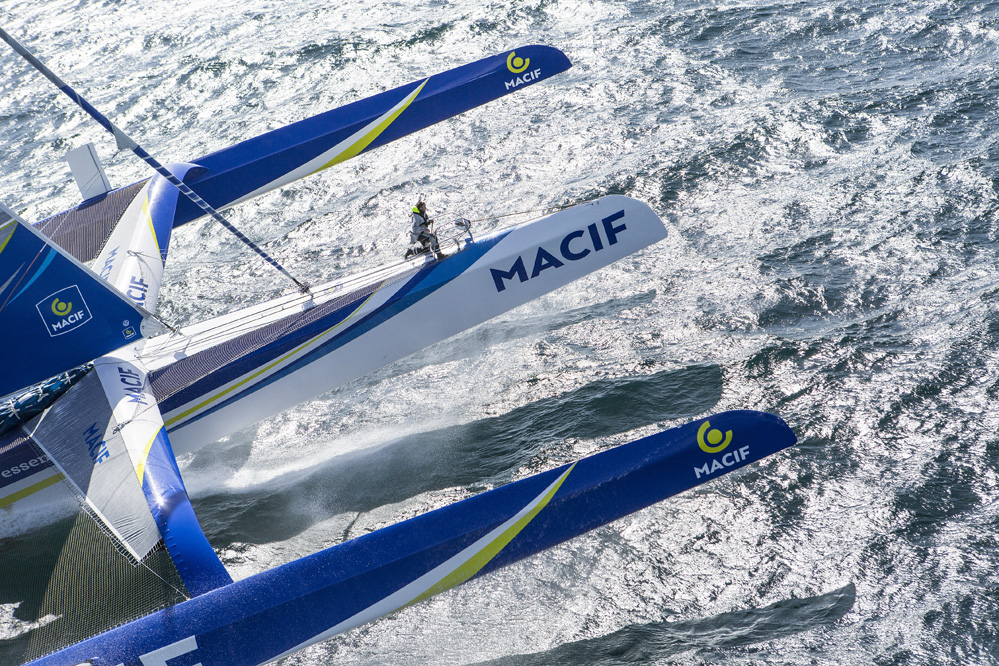
Photo: Vincent Curutchet
But François enjoys a challenge and after another incredible duel, this time against Thomas Coville a 48-year-old expert at sailing these multihull giants, he crossed the finish line of The Transat Bakerly in first position last Wednesday. On his first try. Mind-blowing.
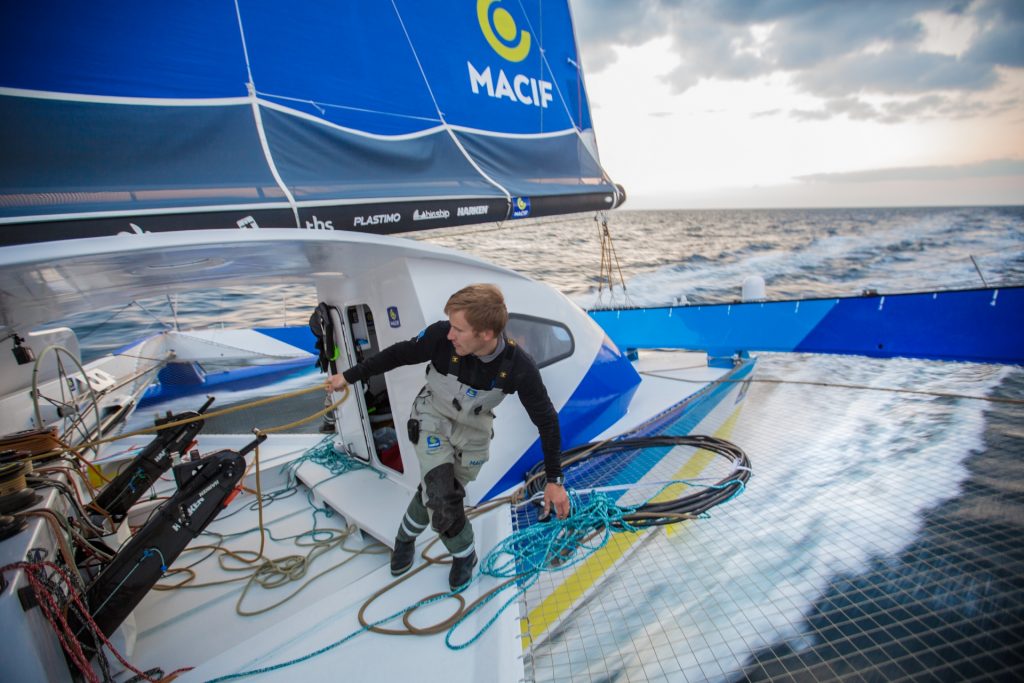
Photo: Y. Riou

